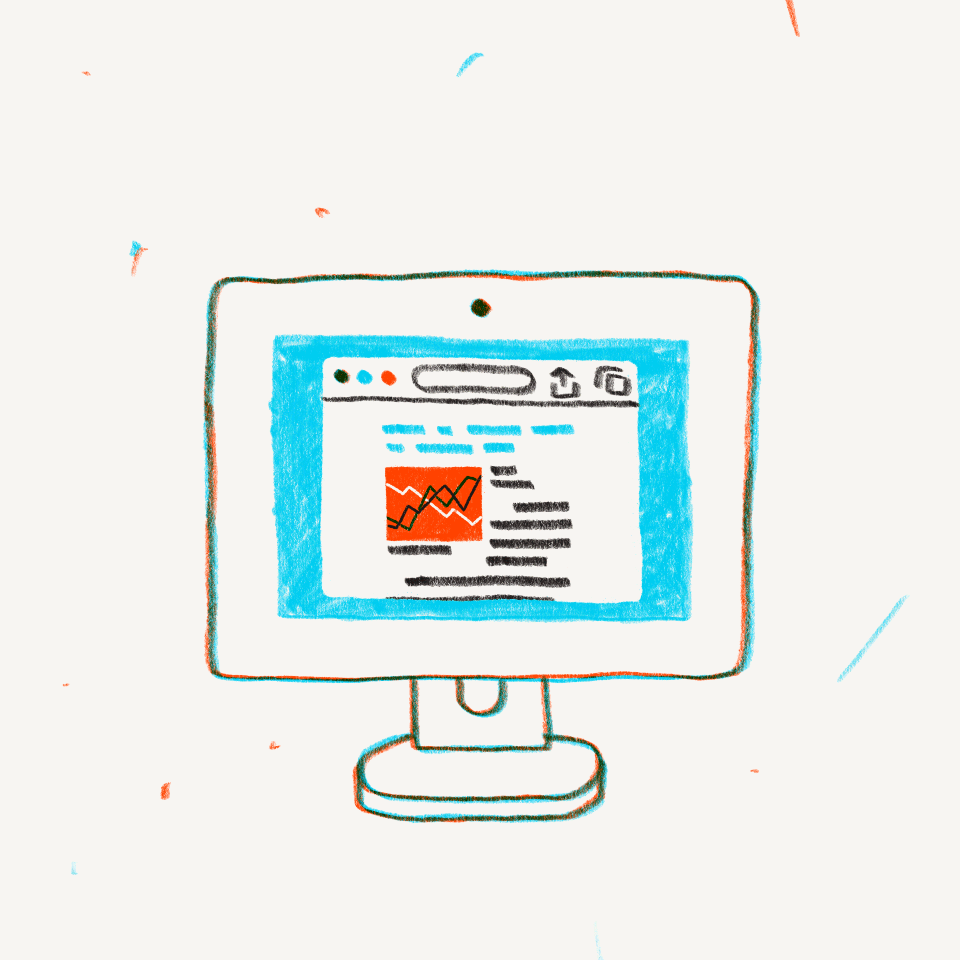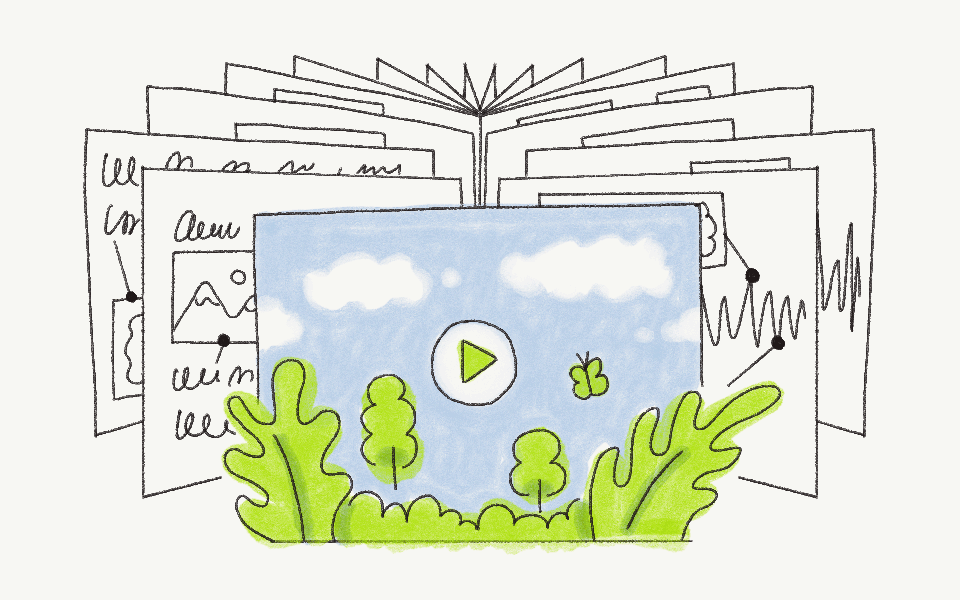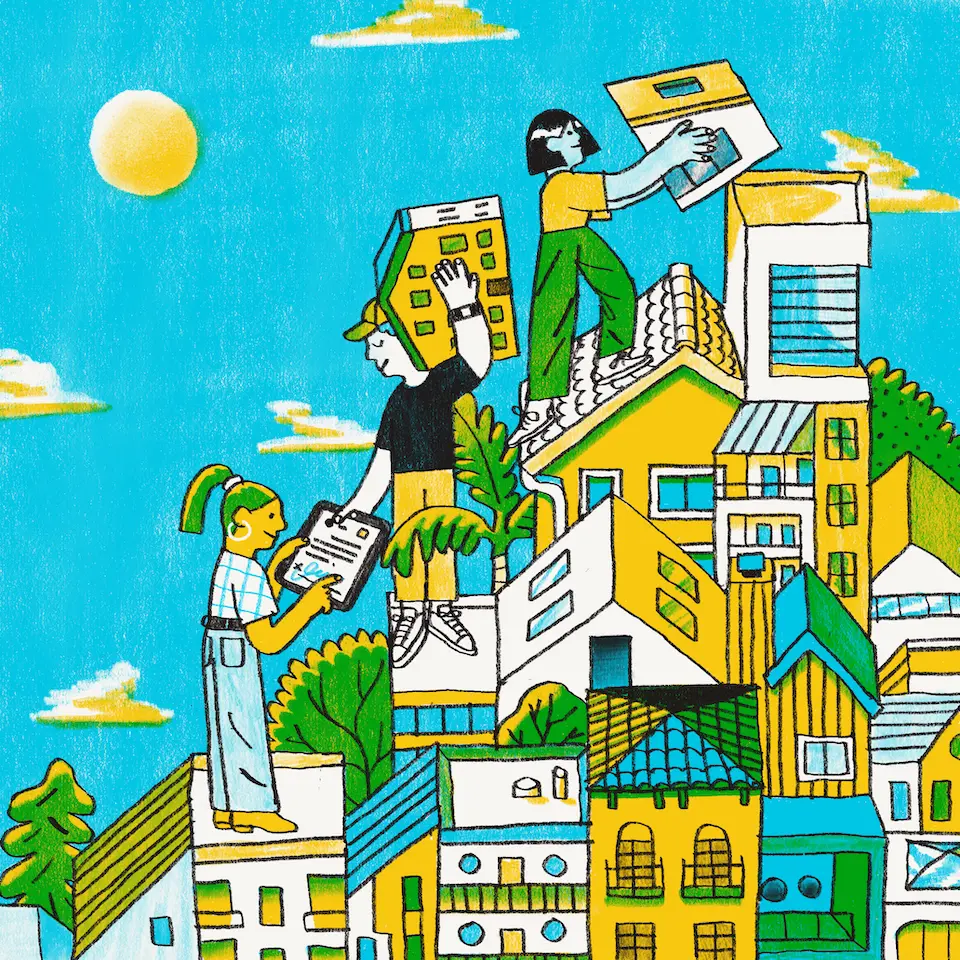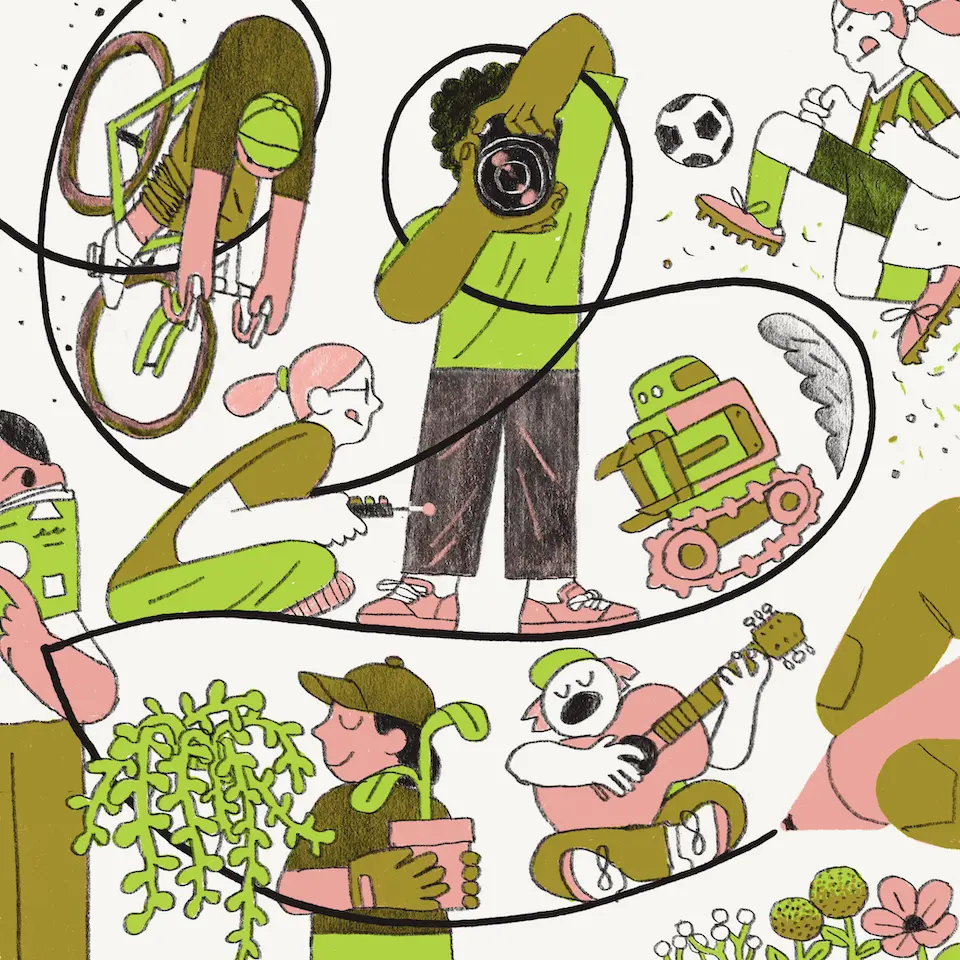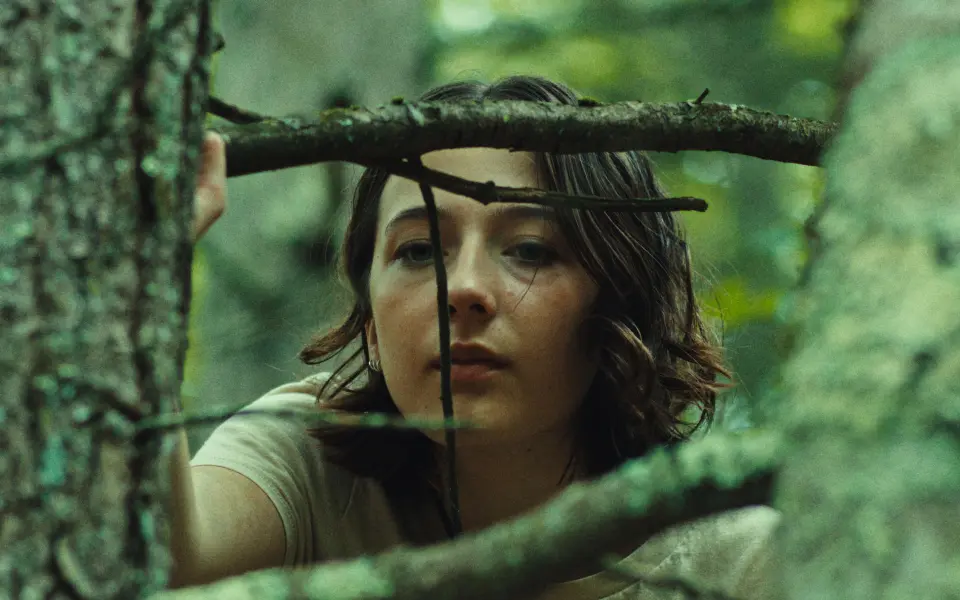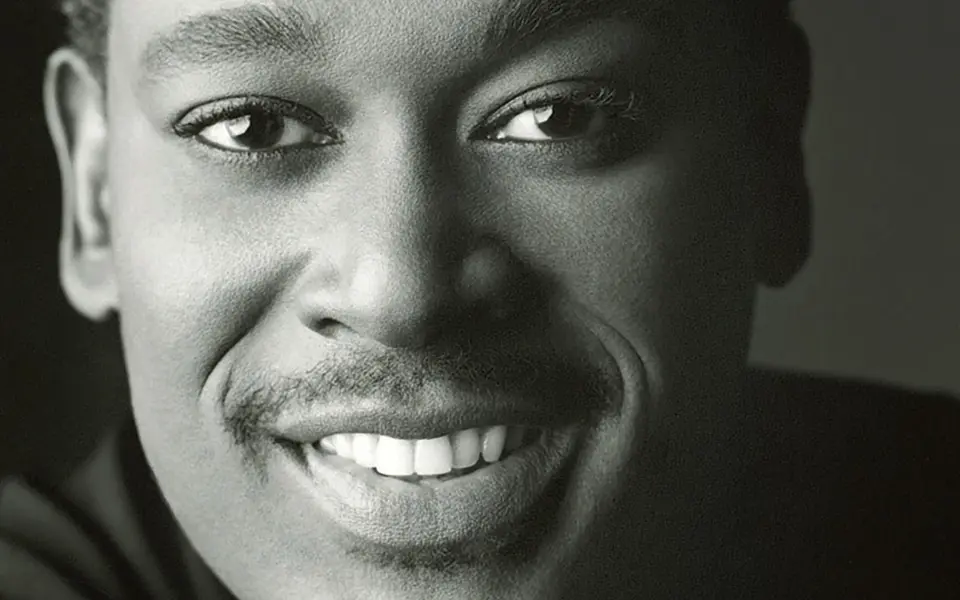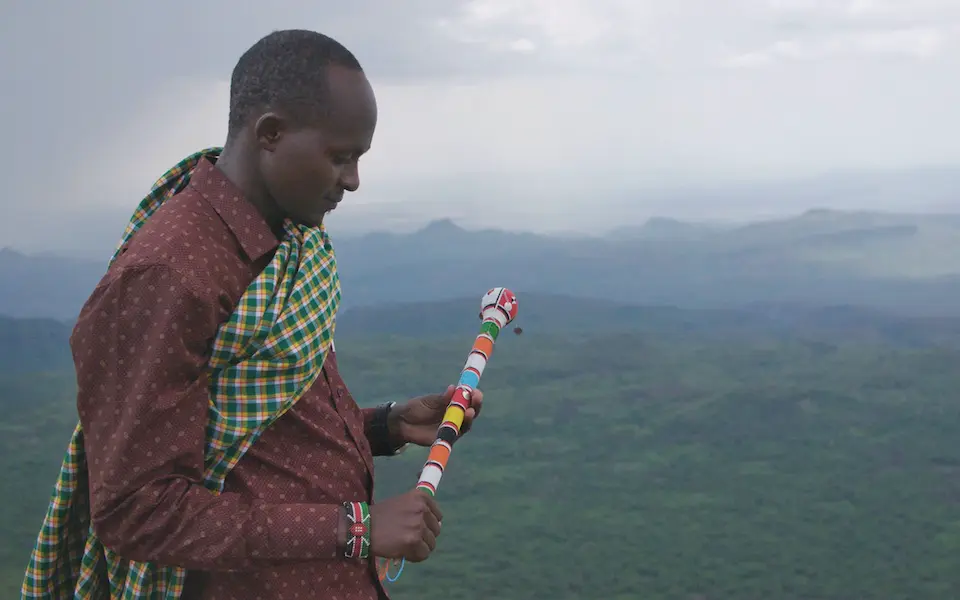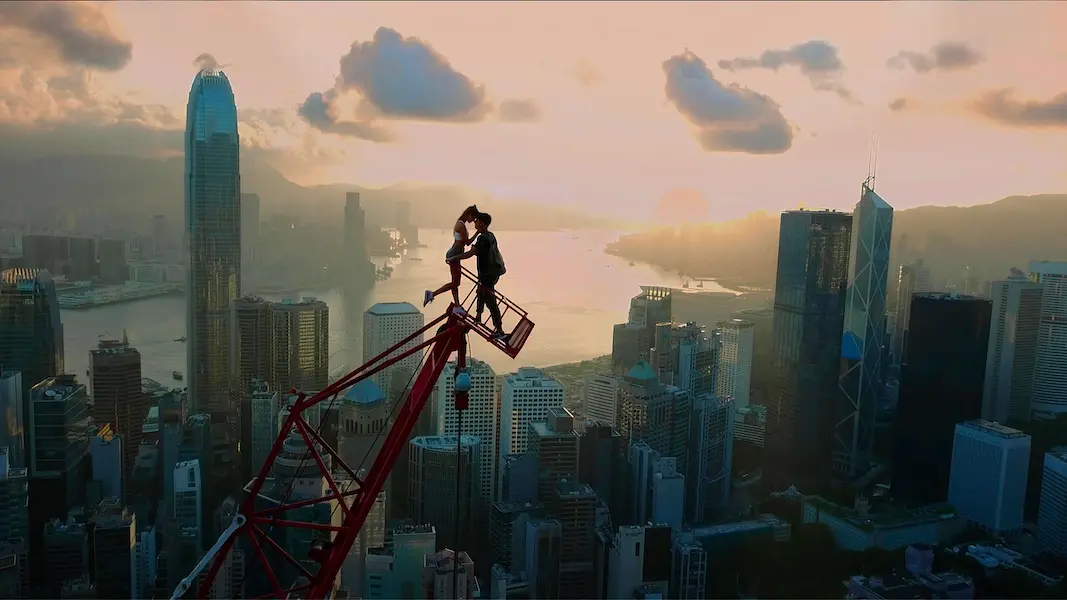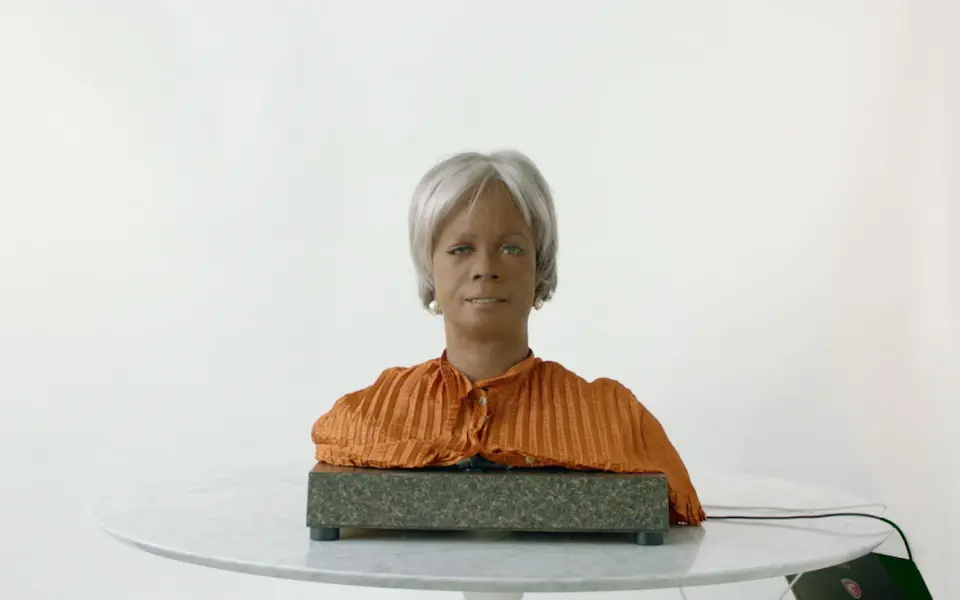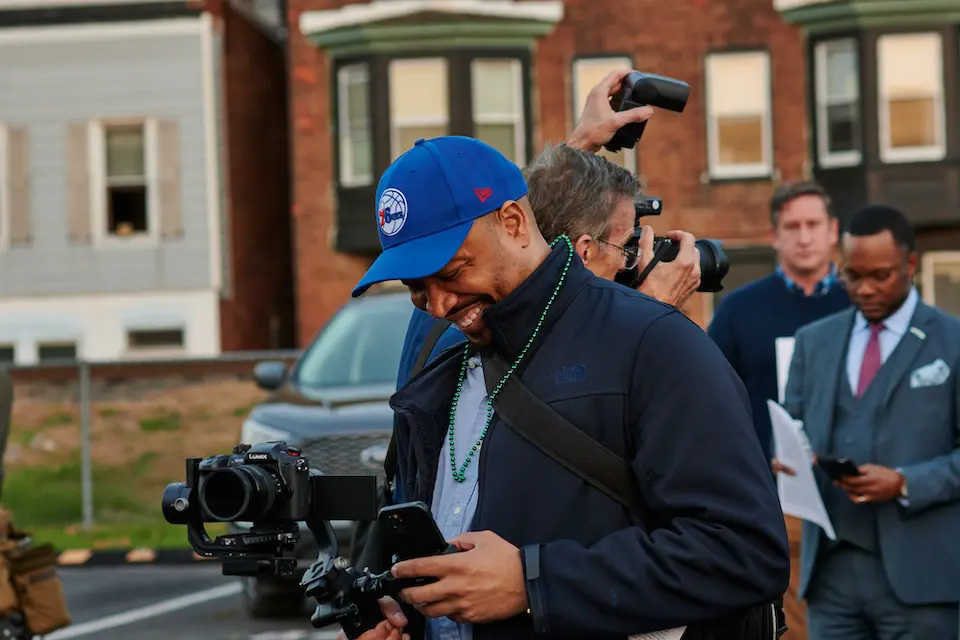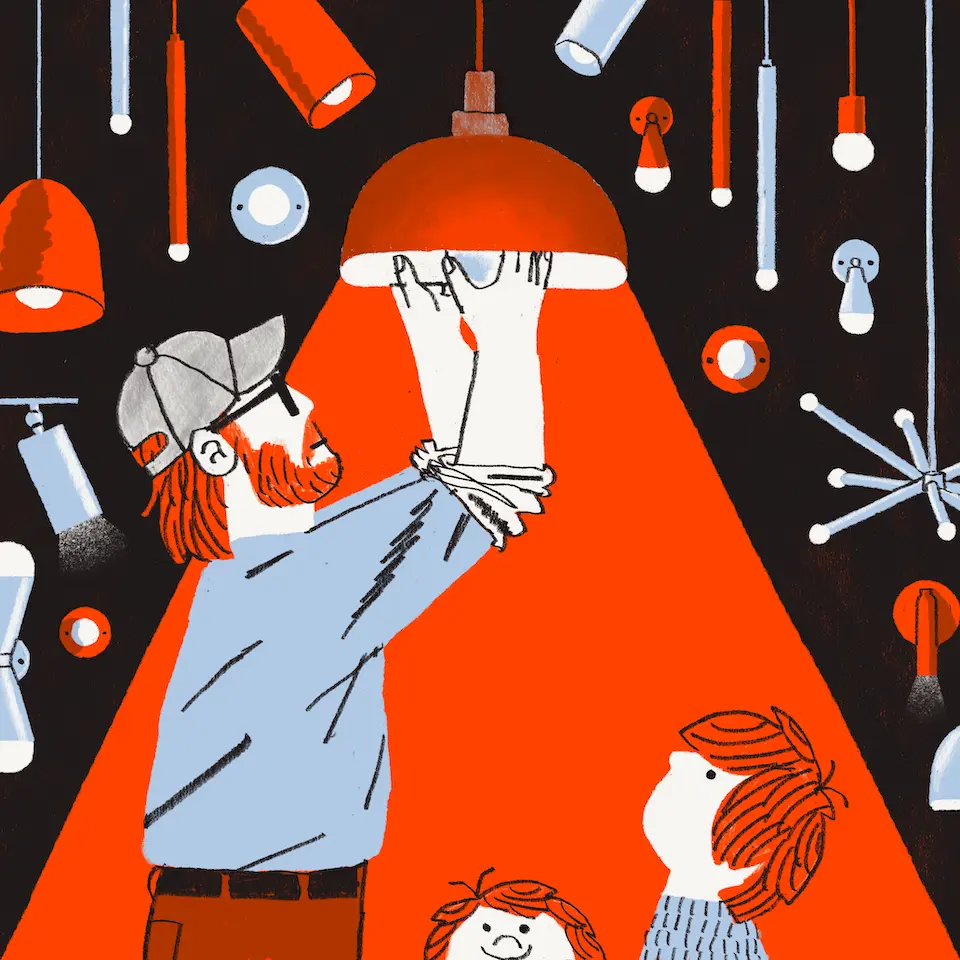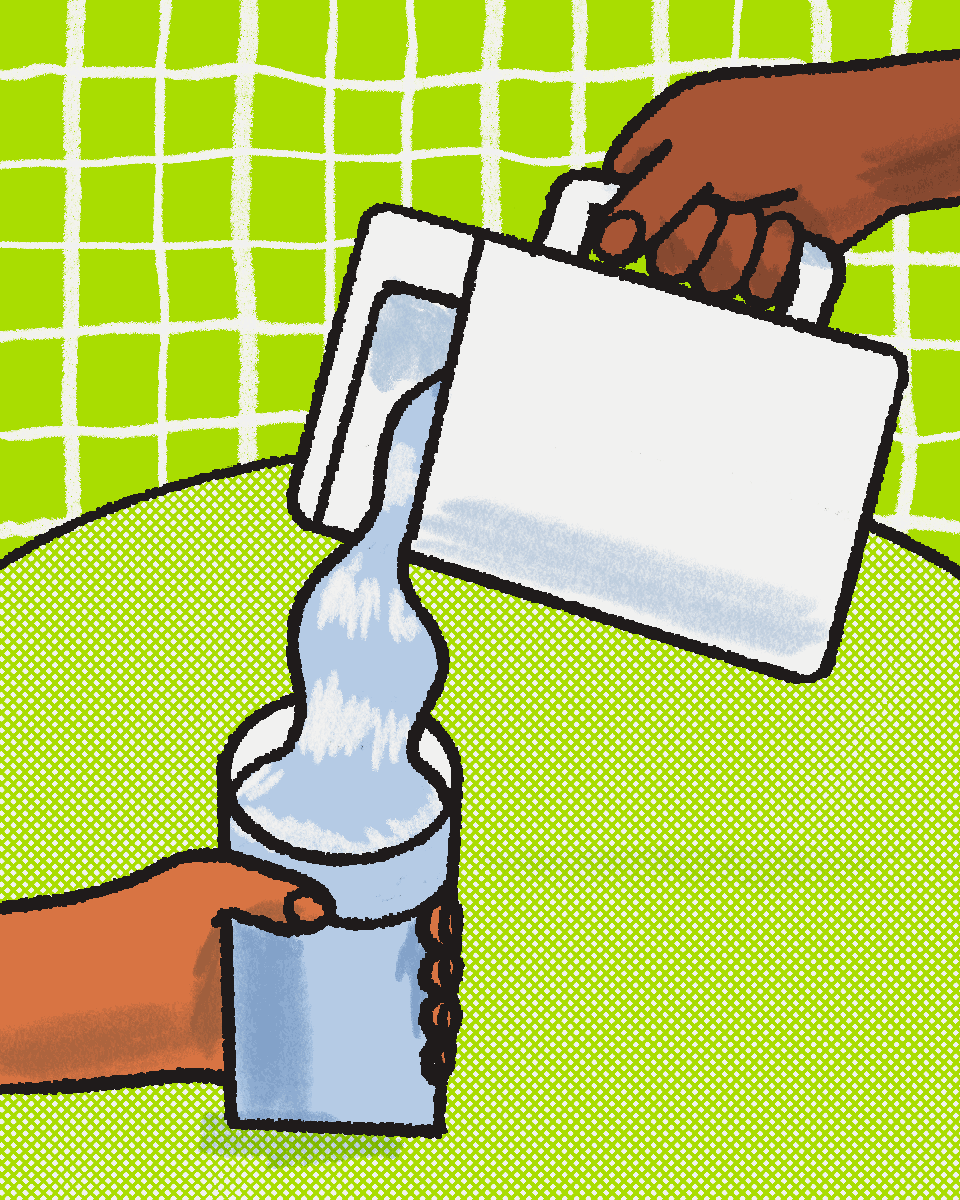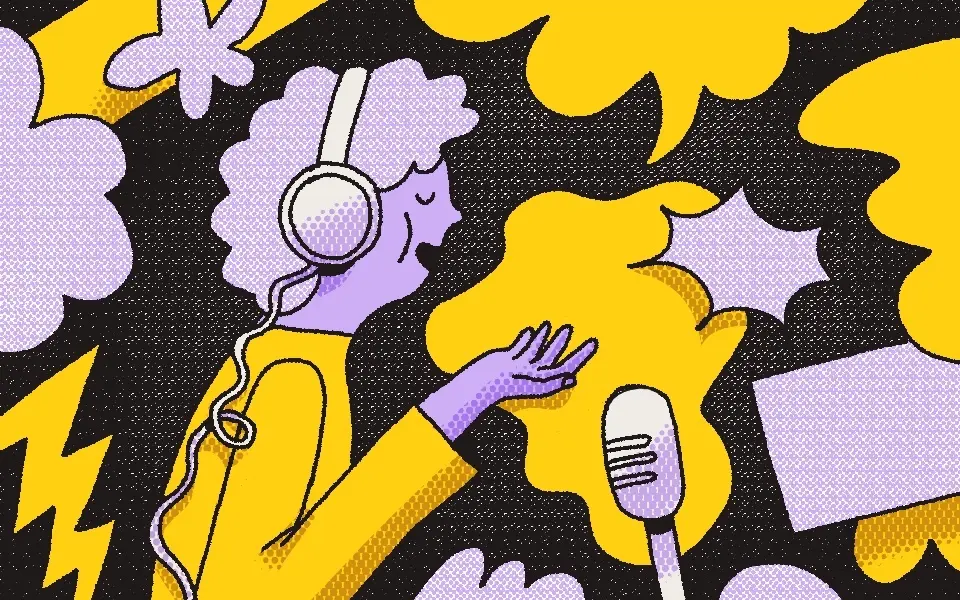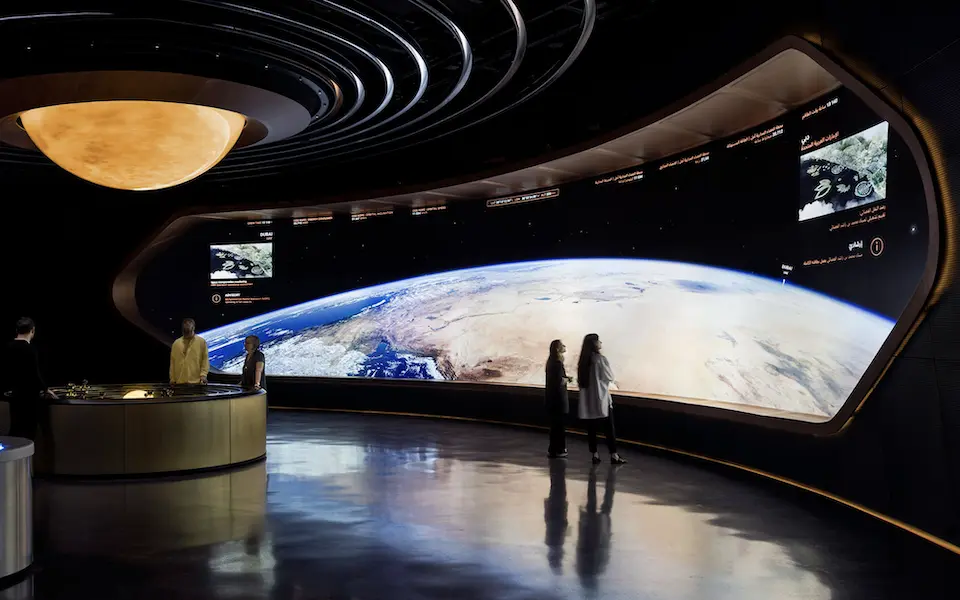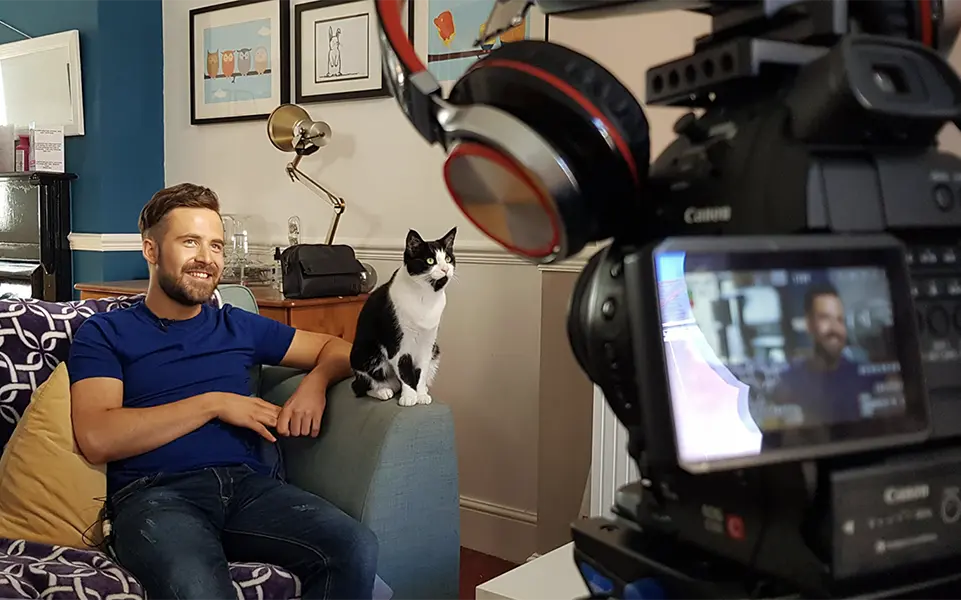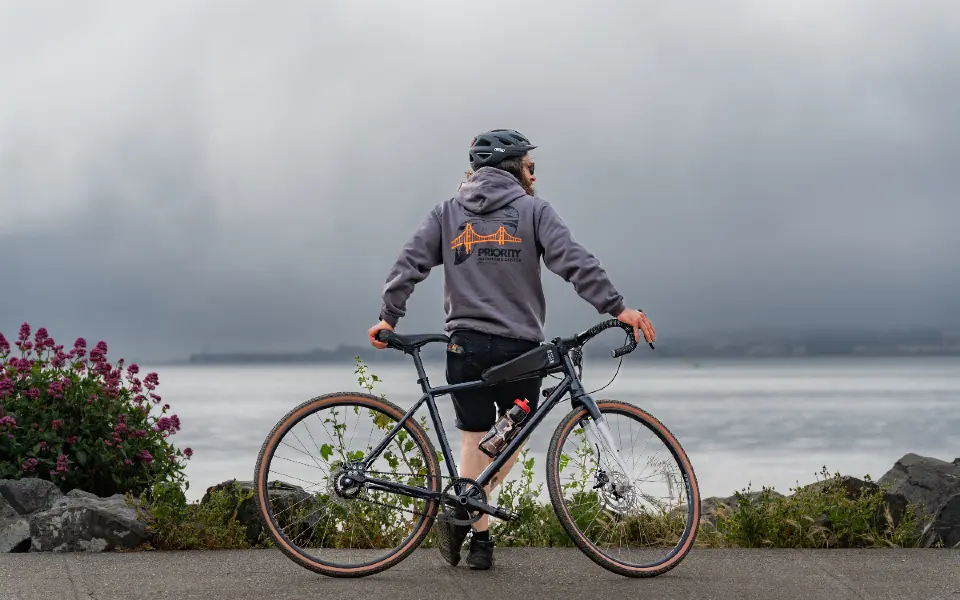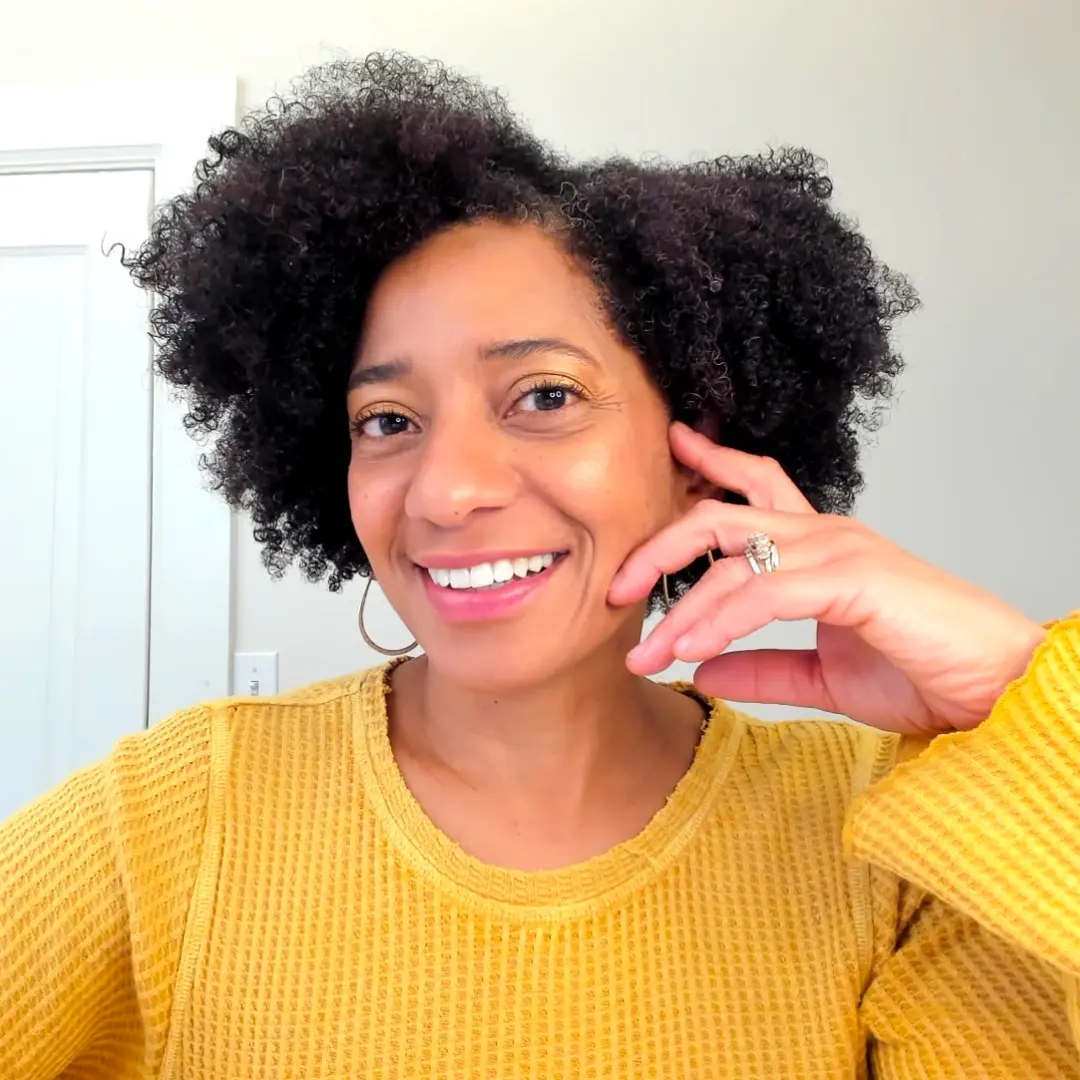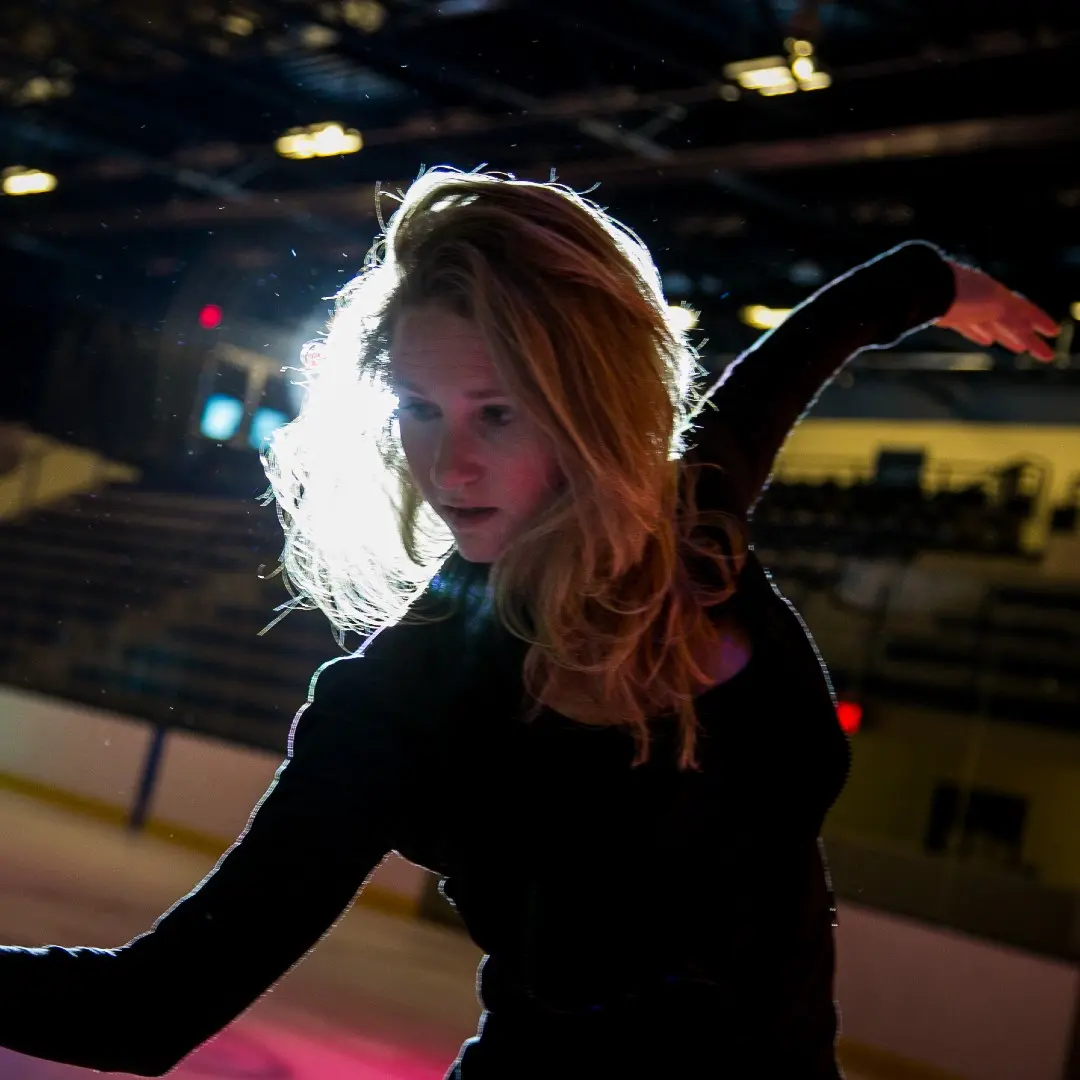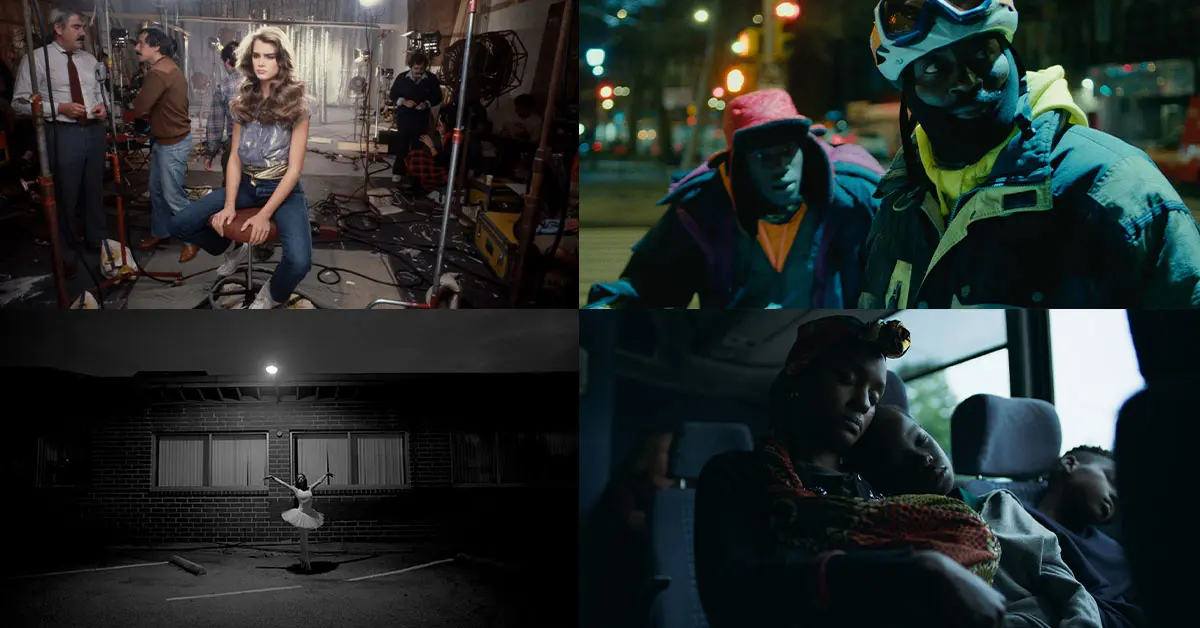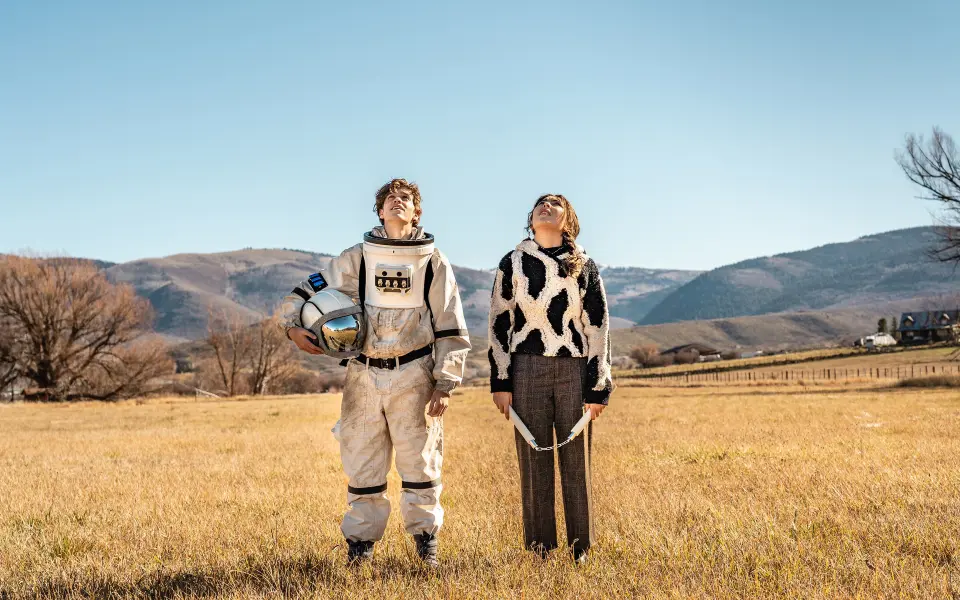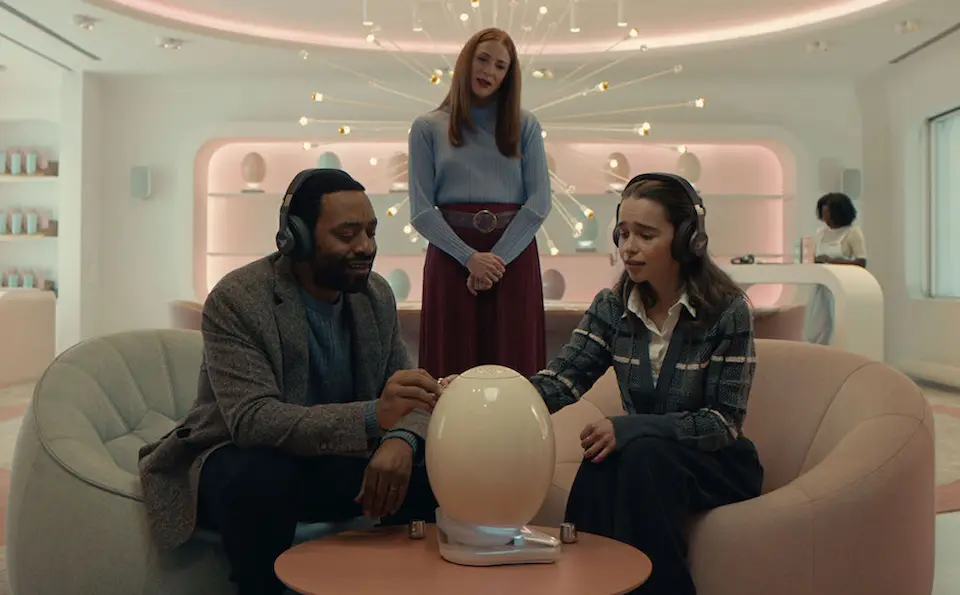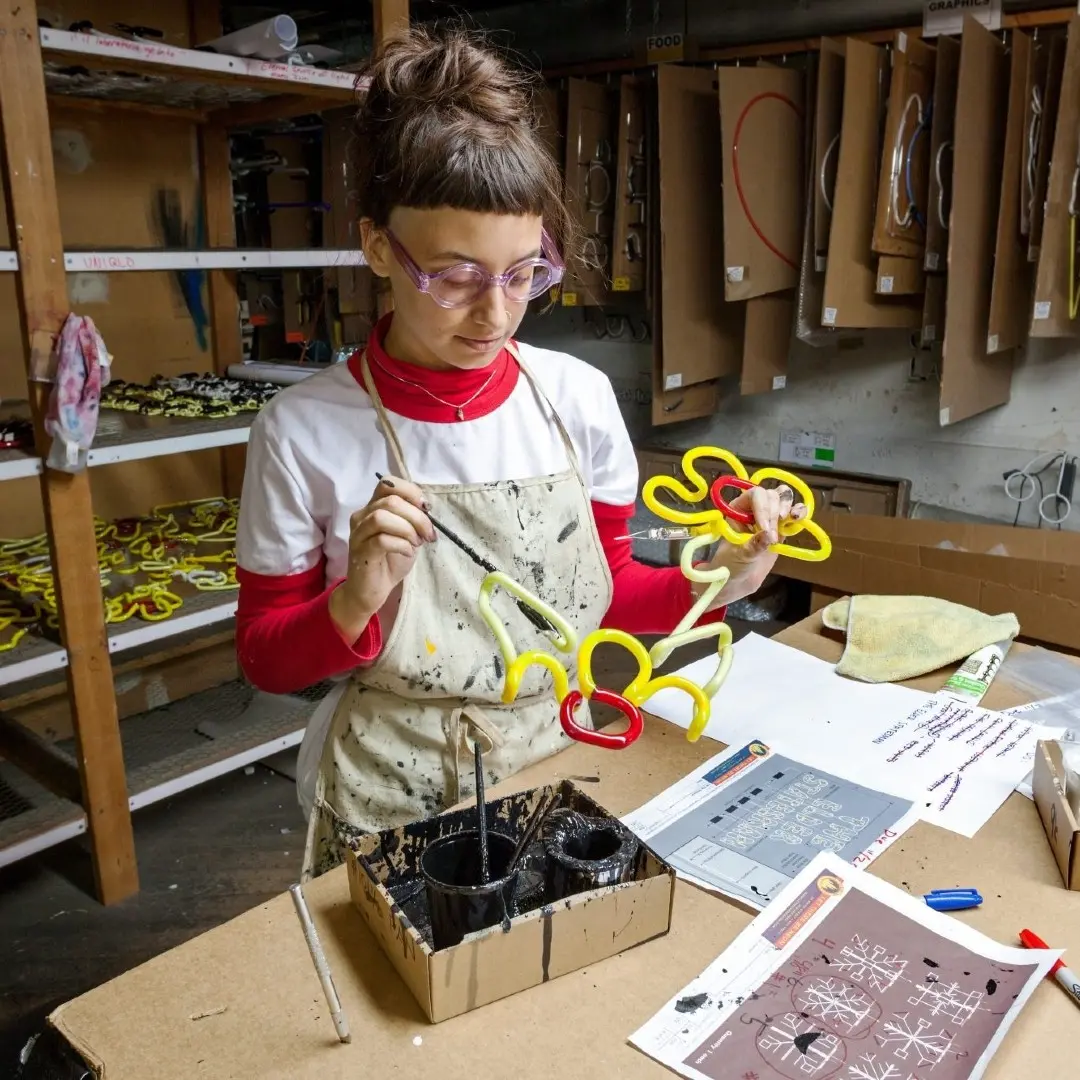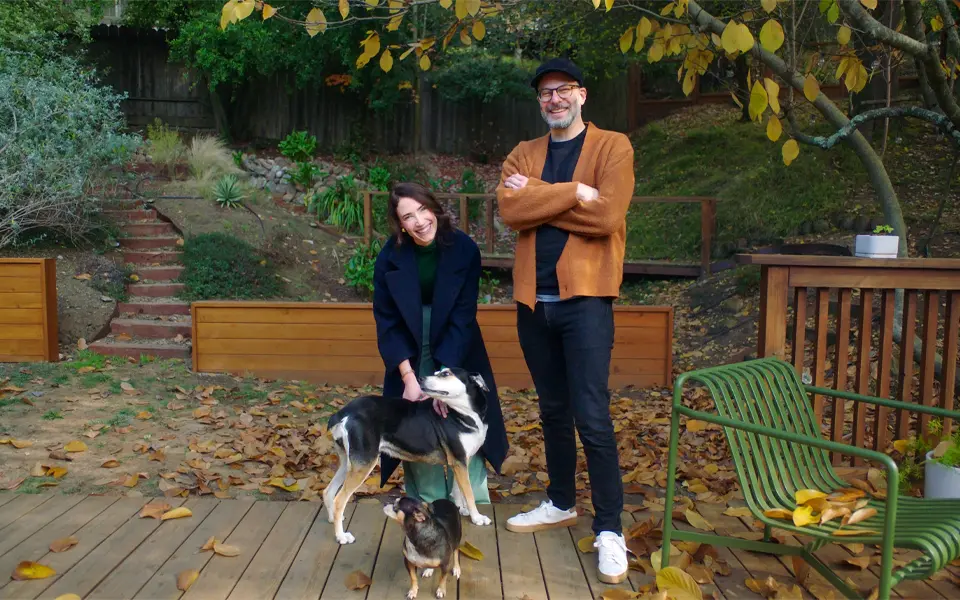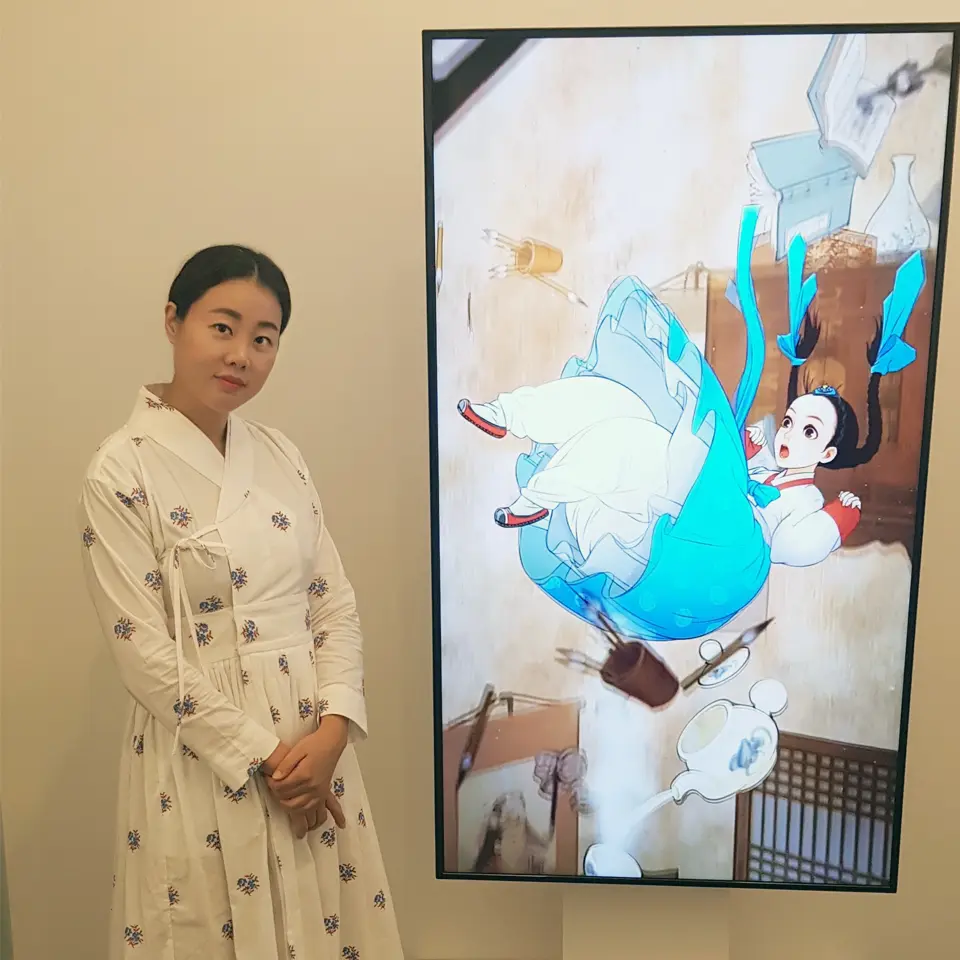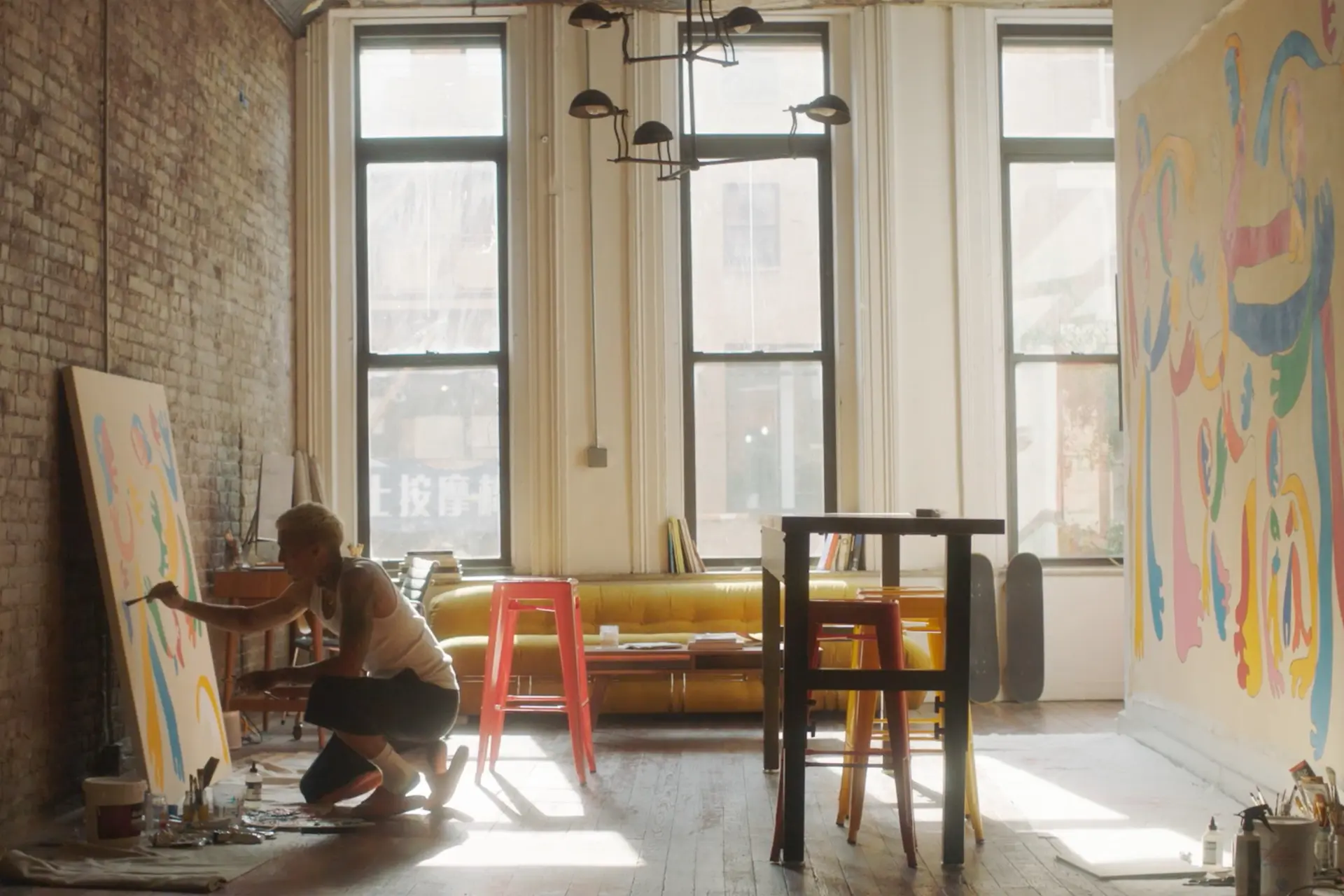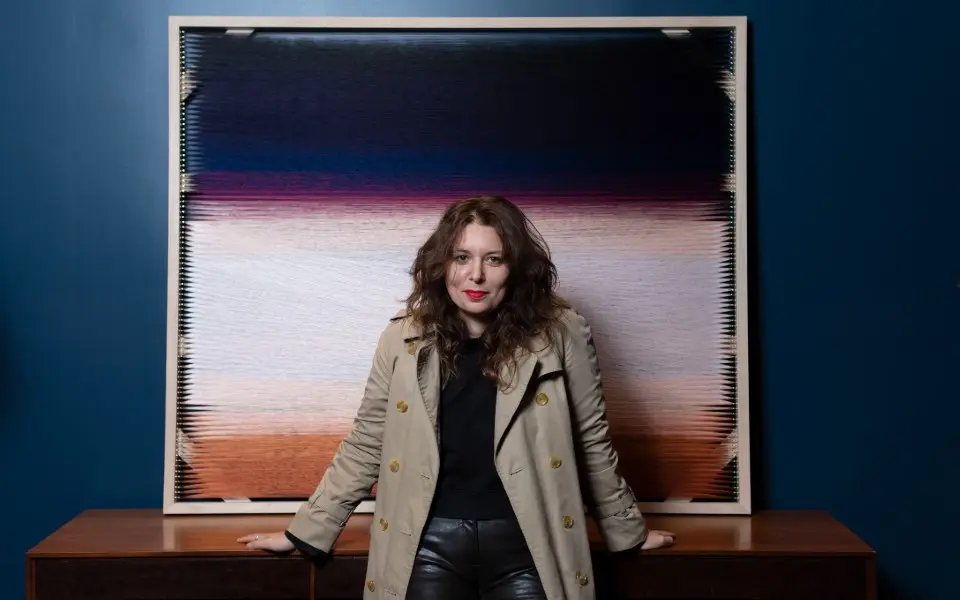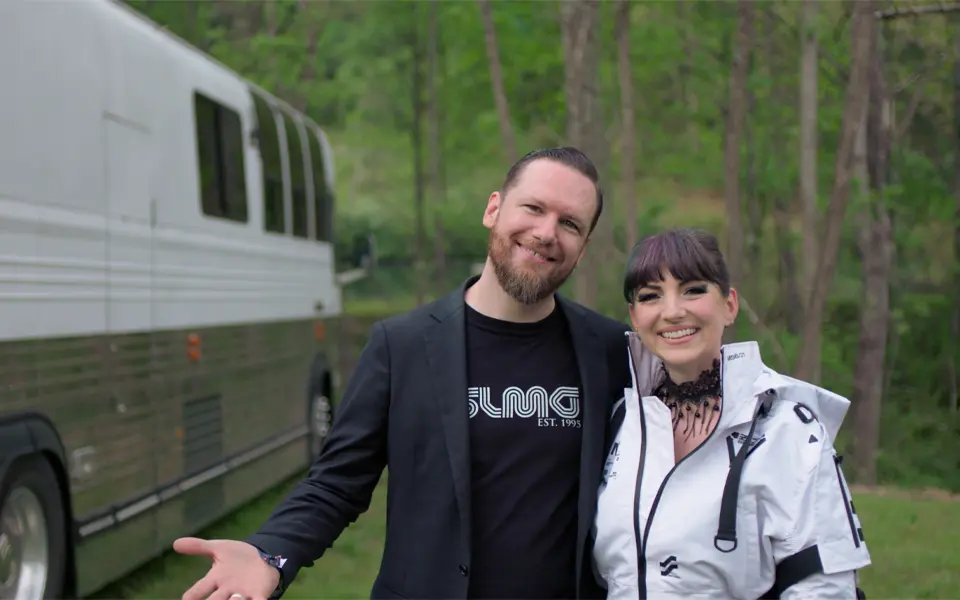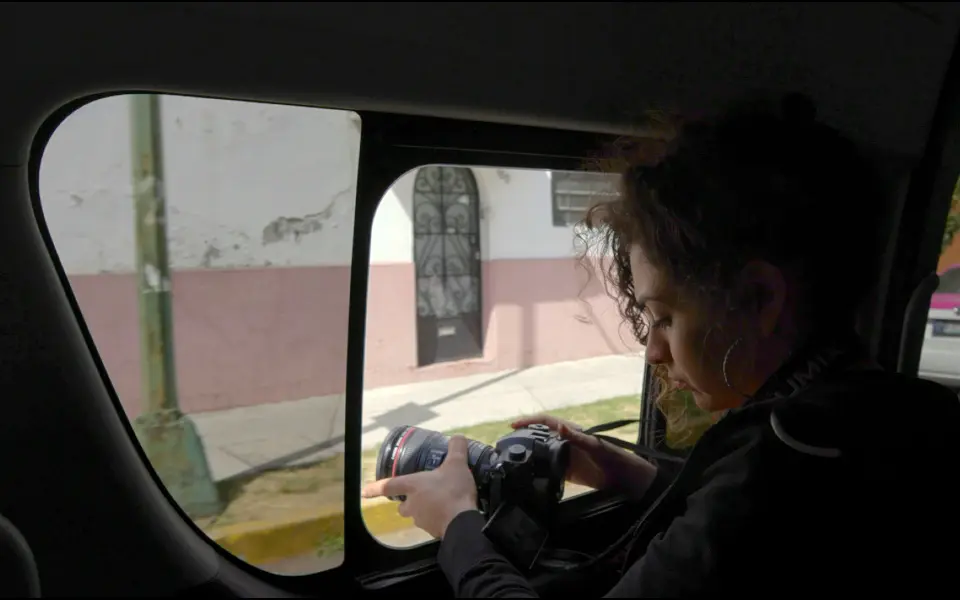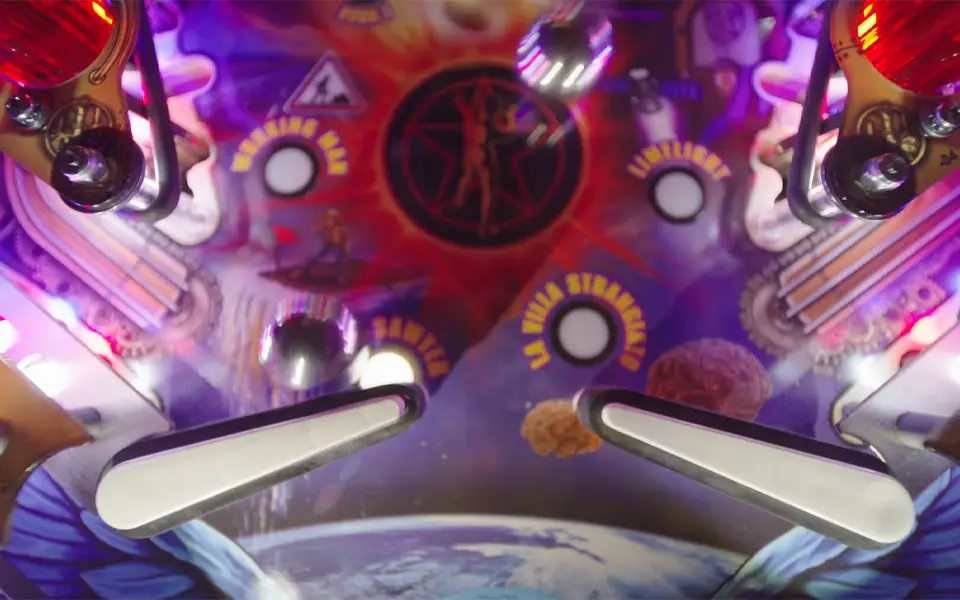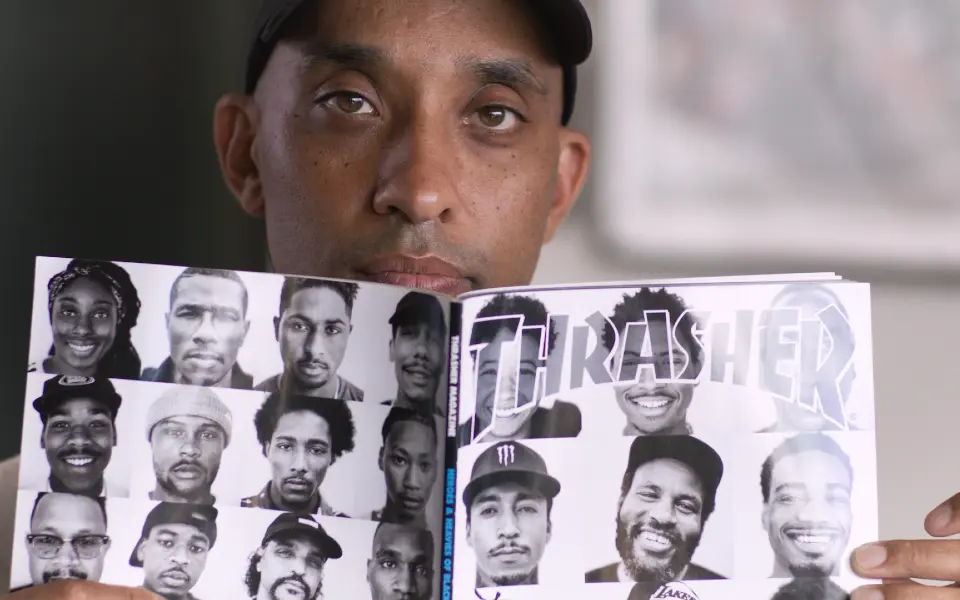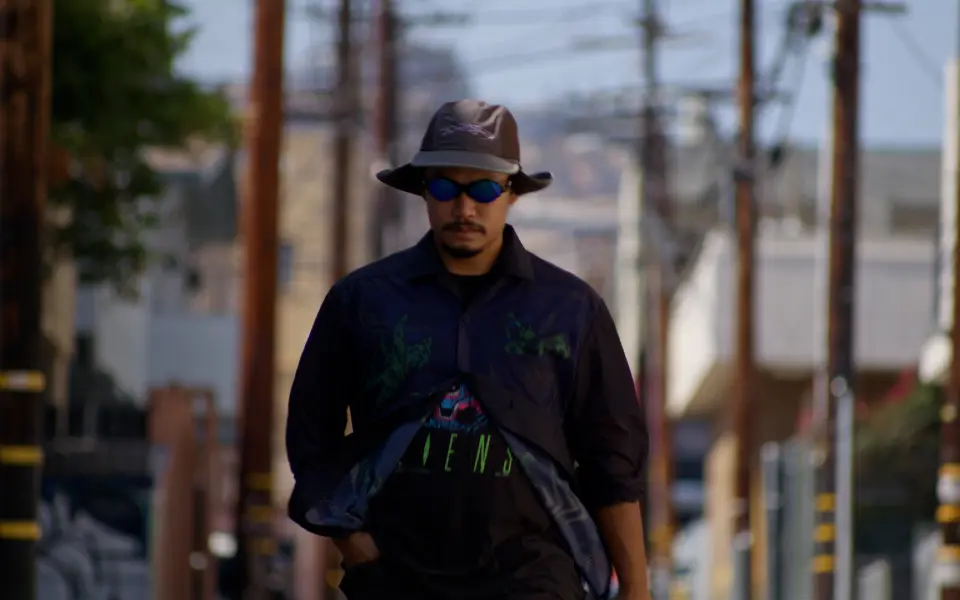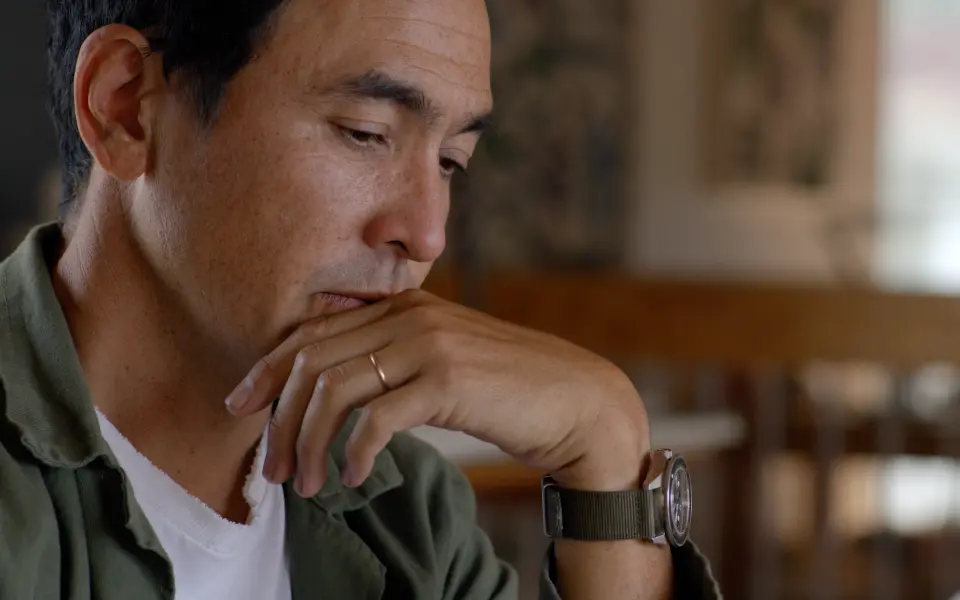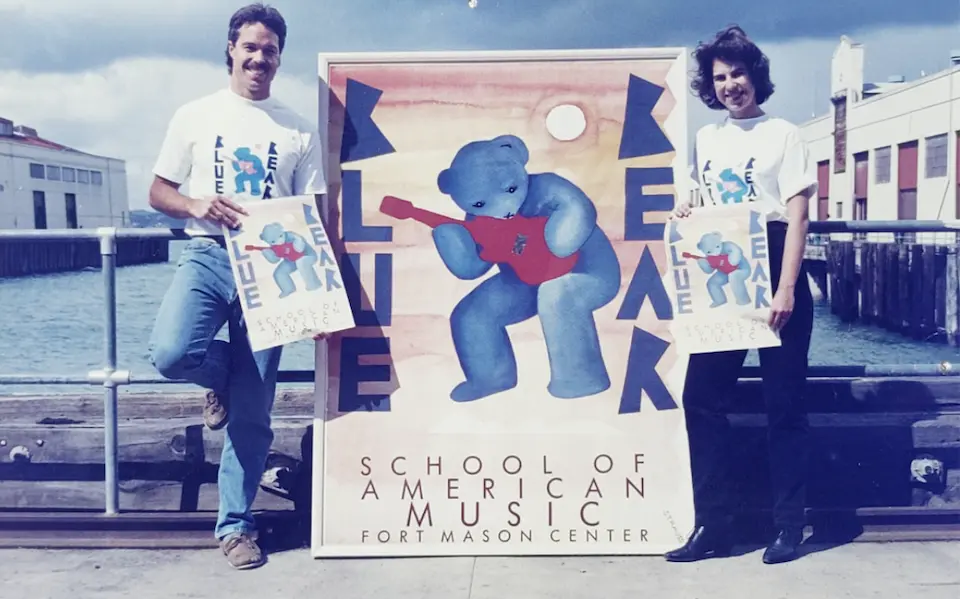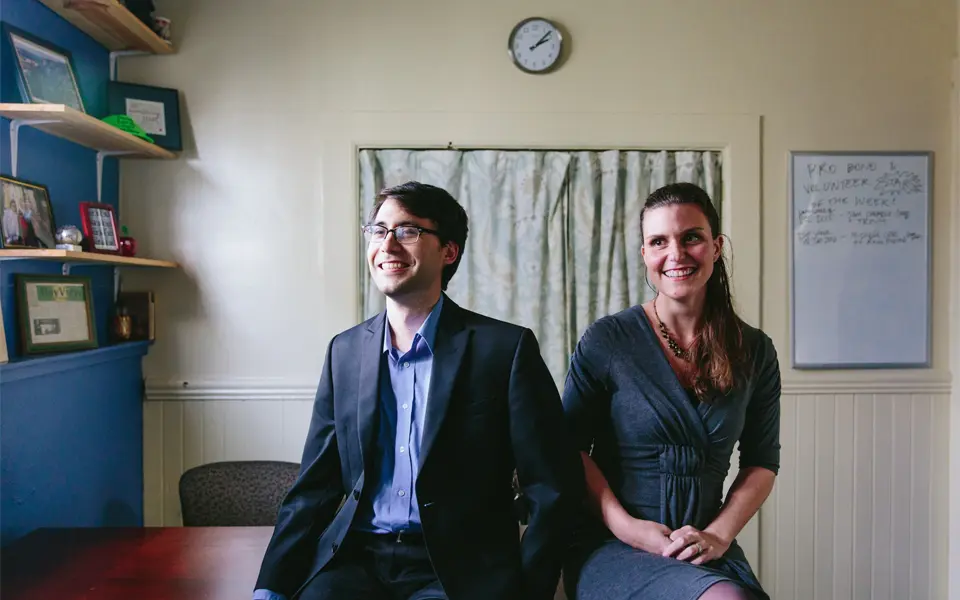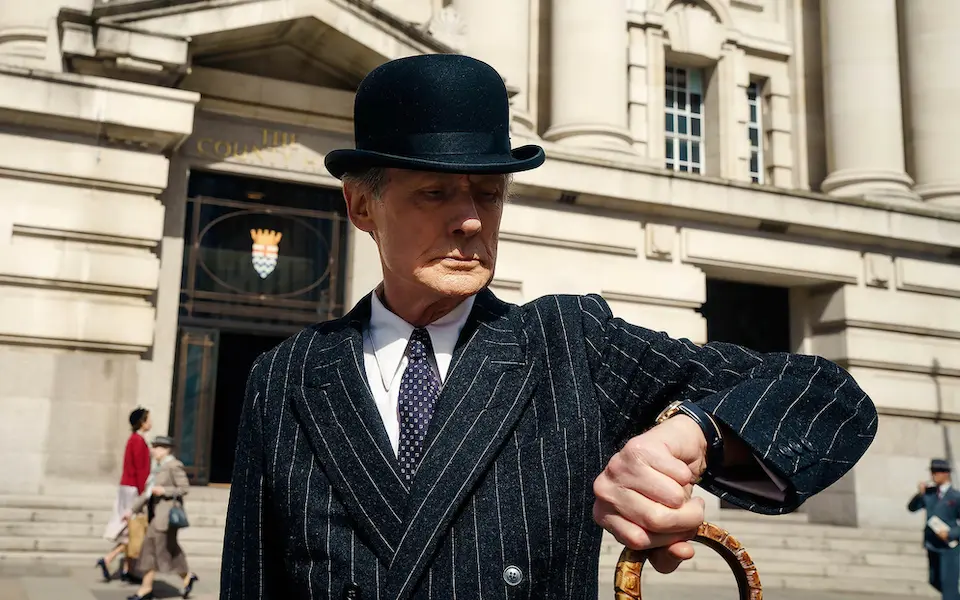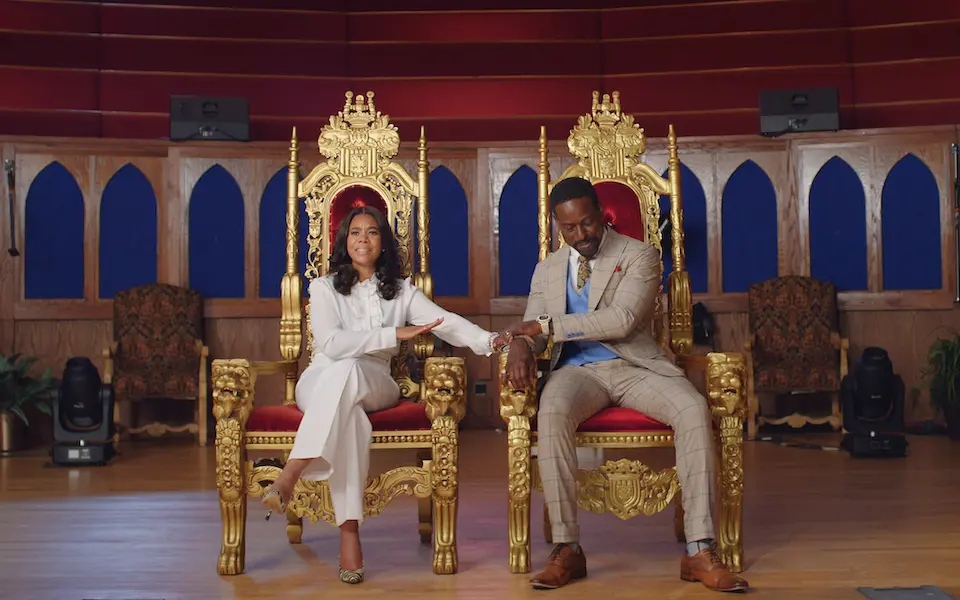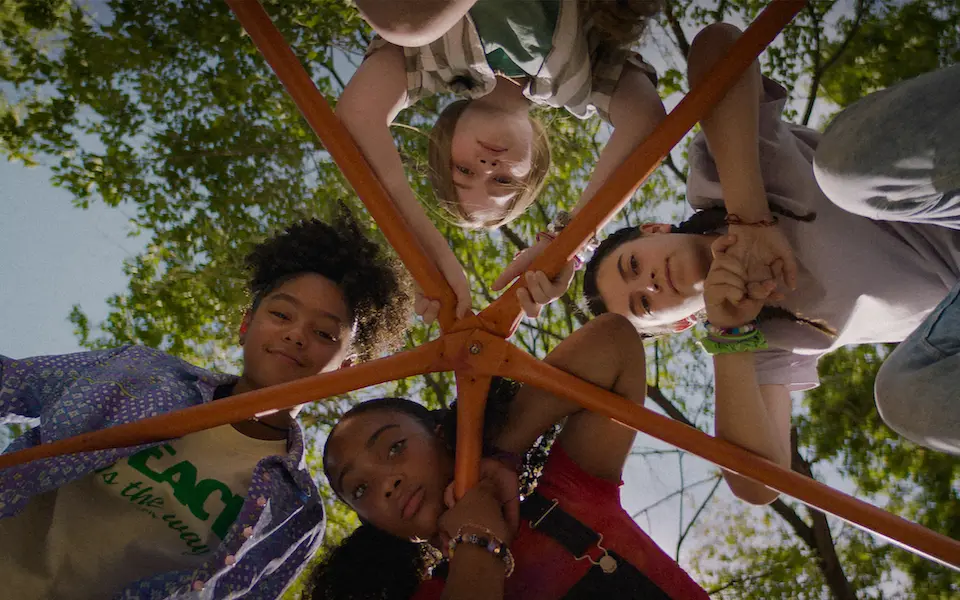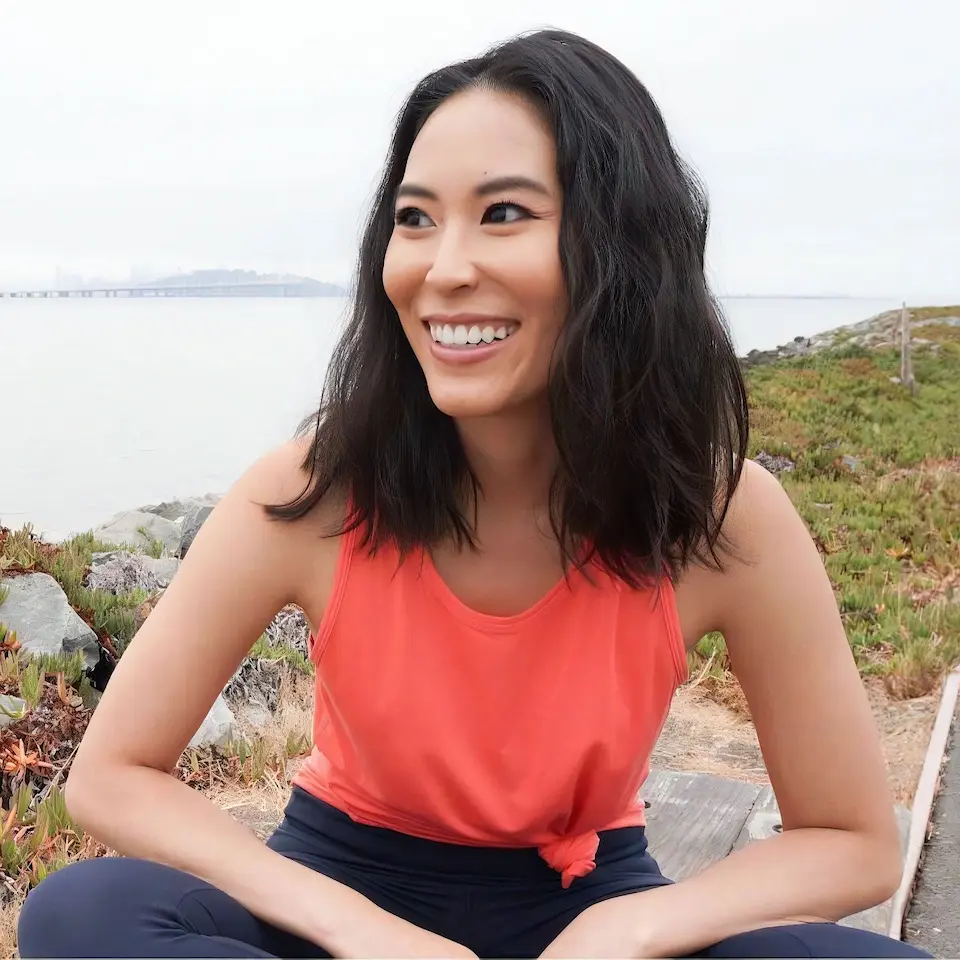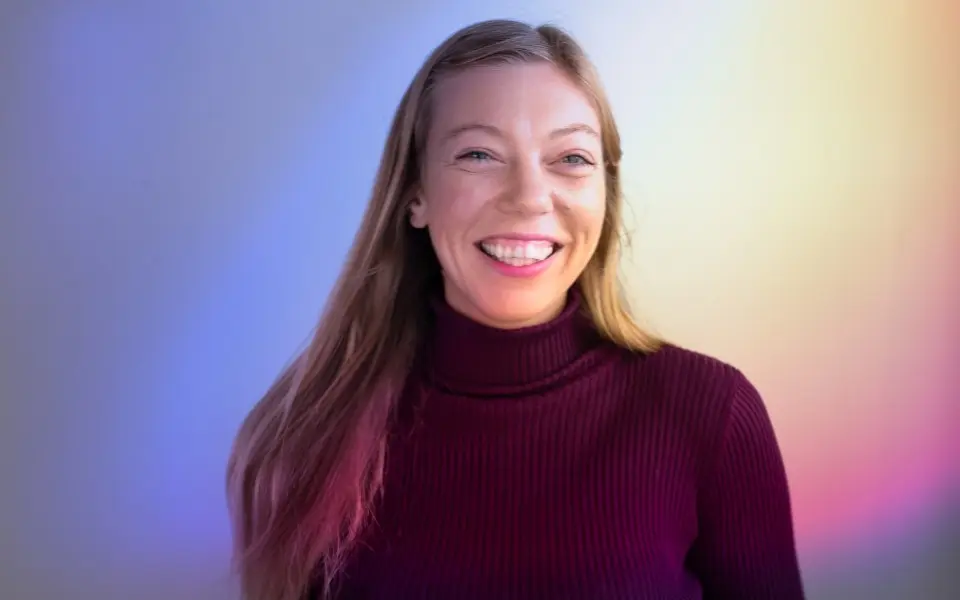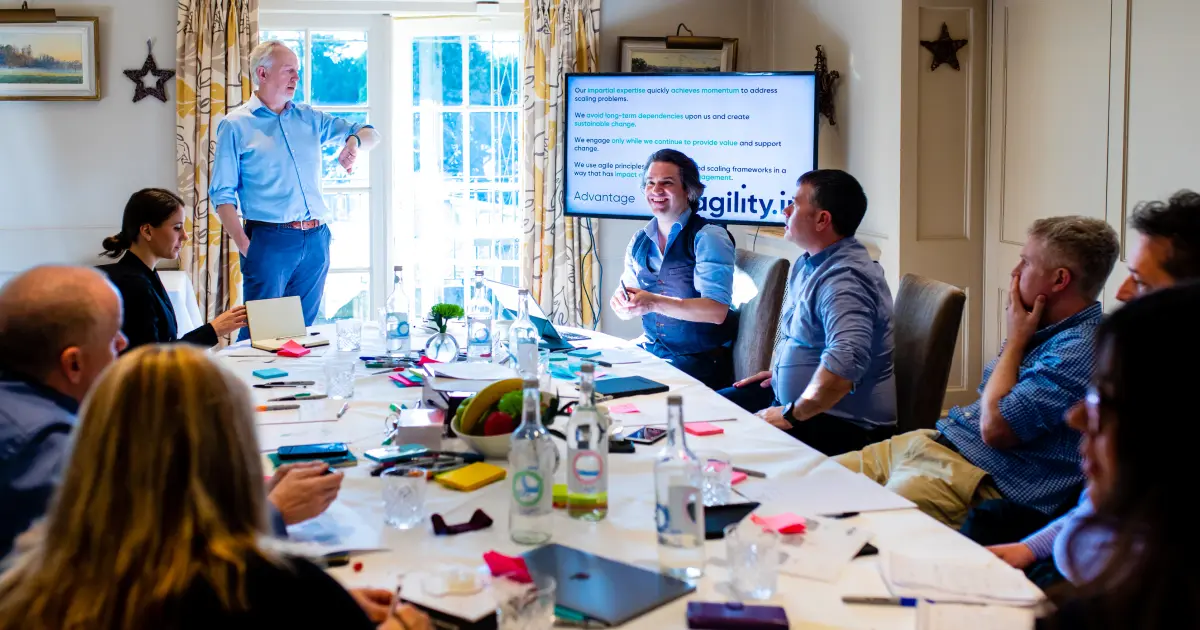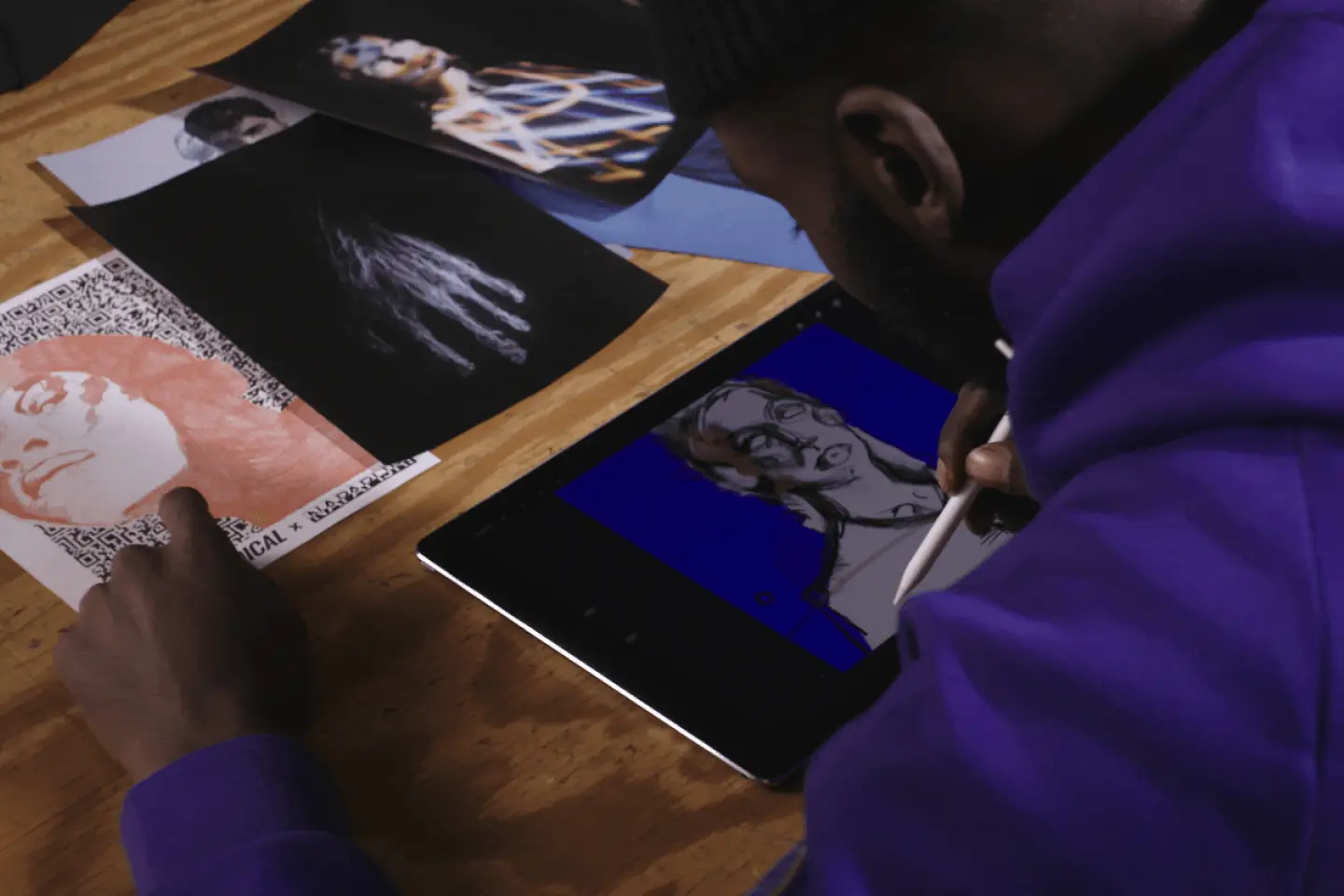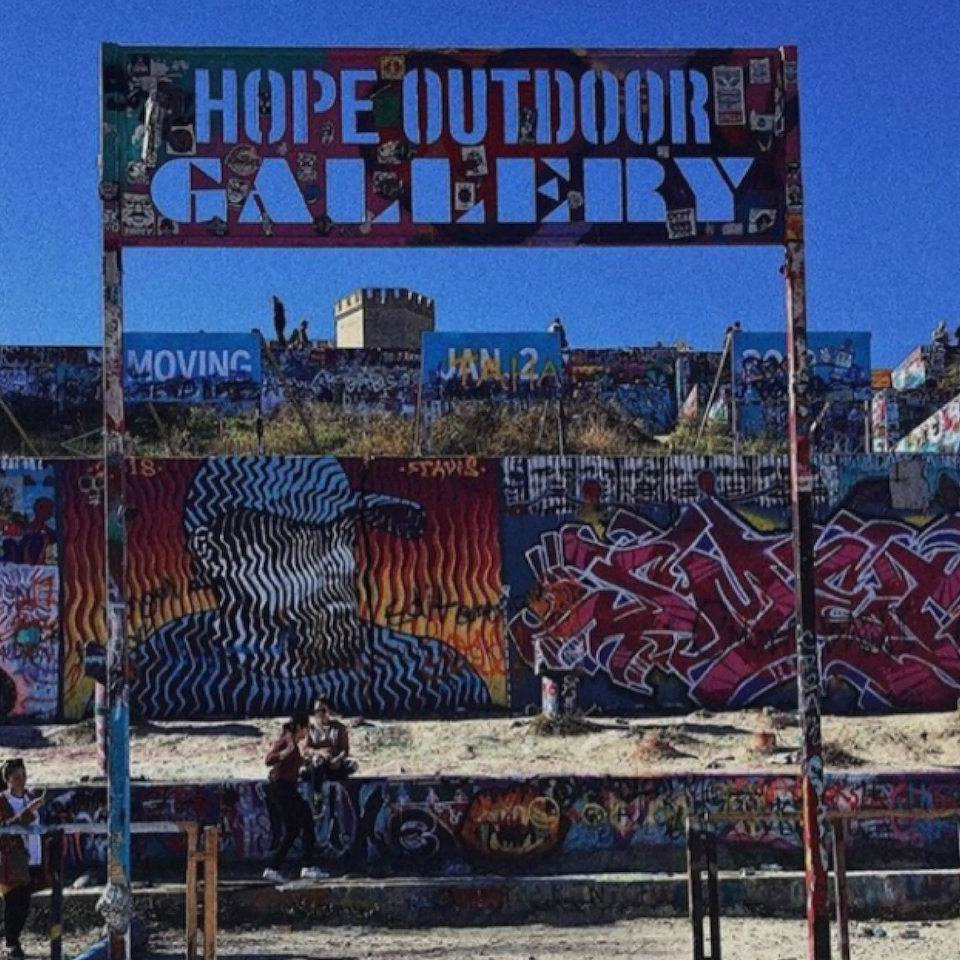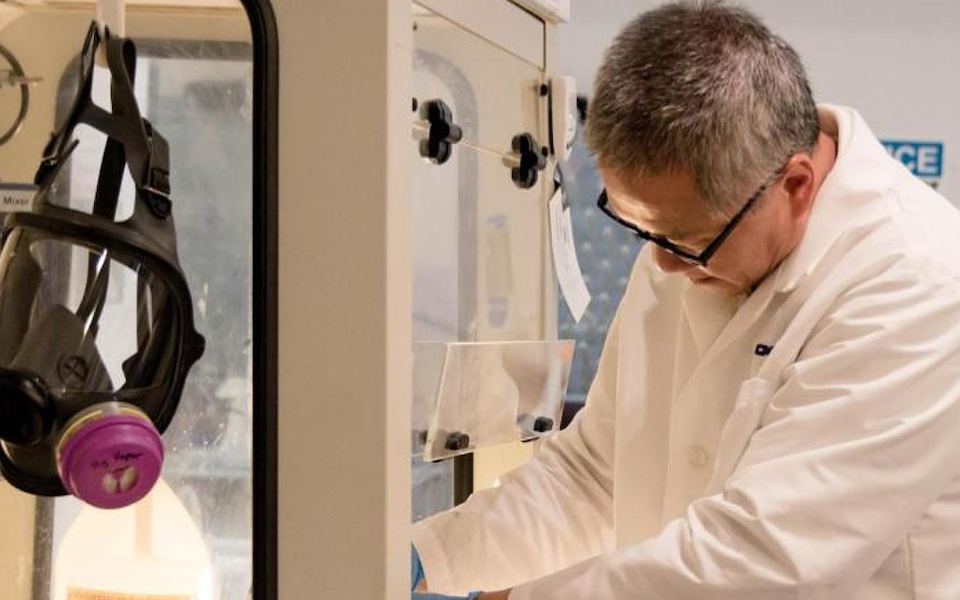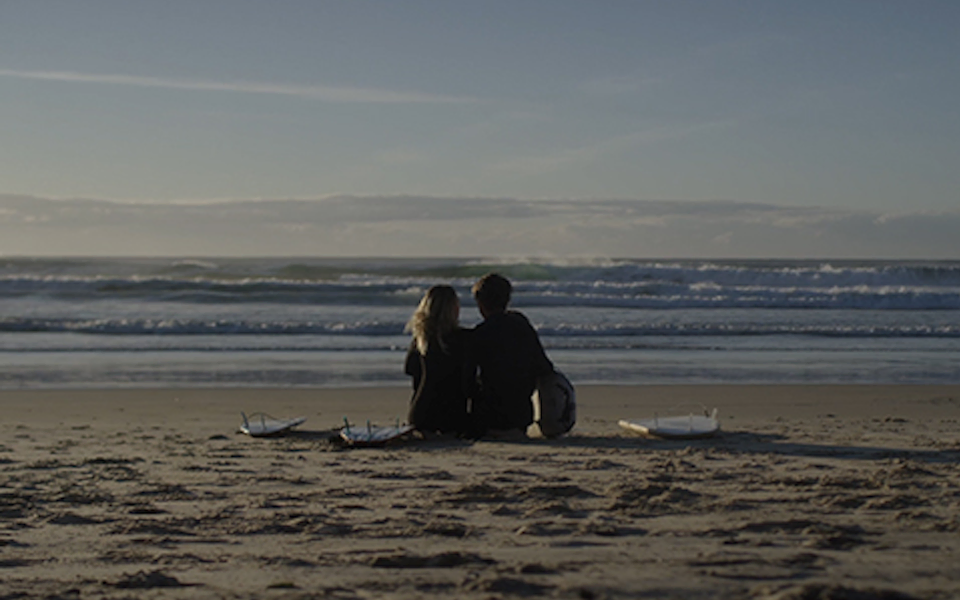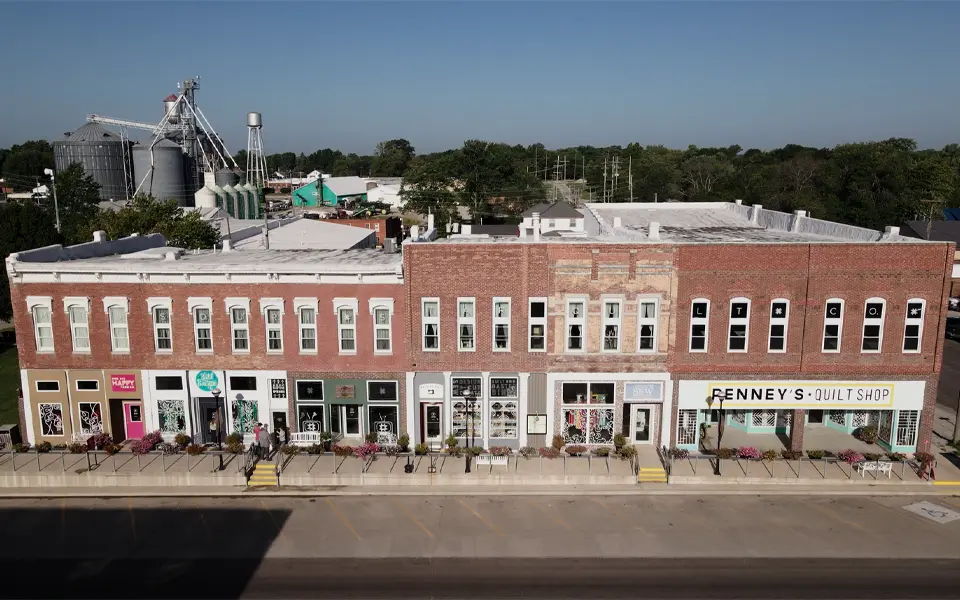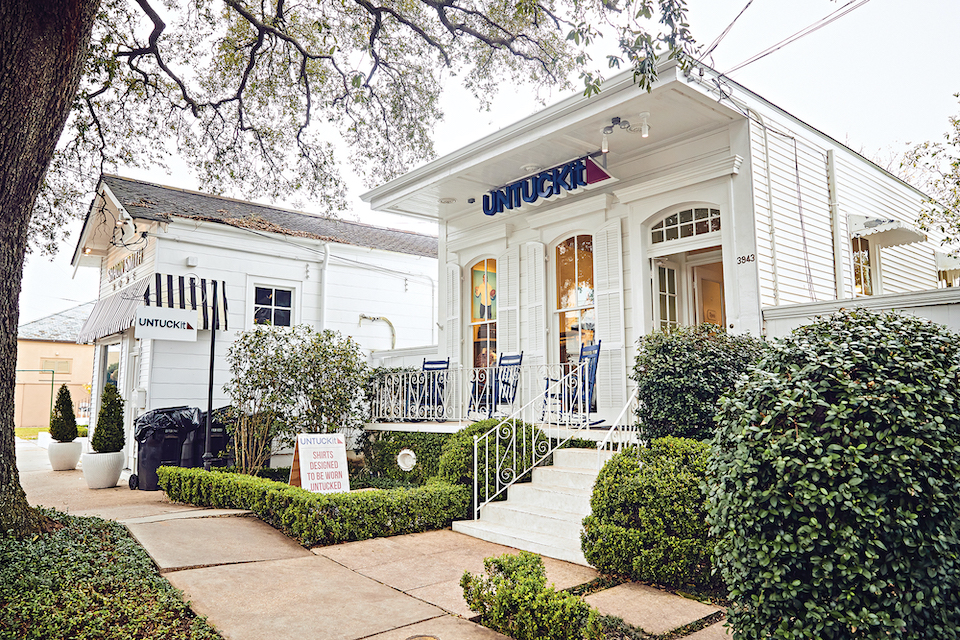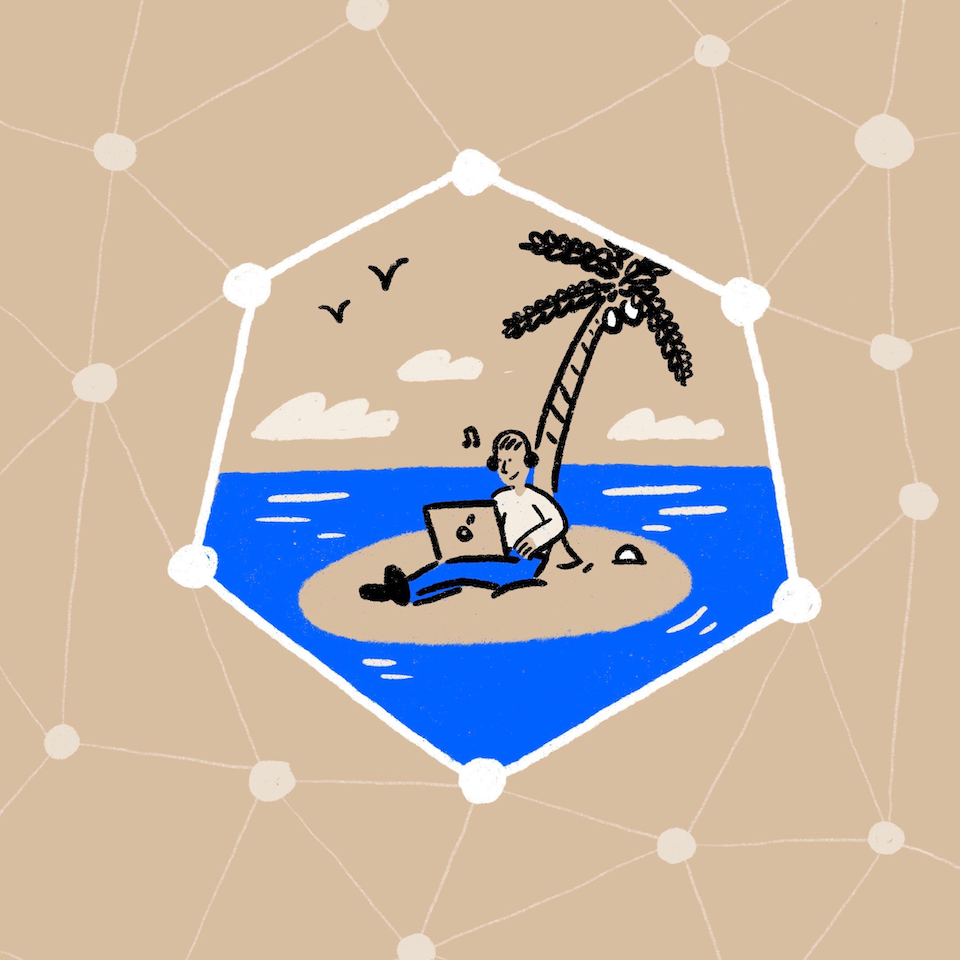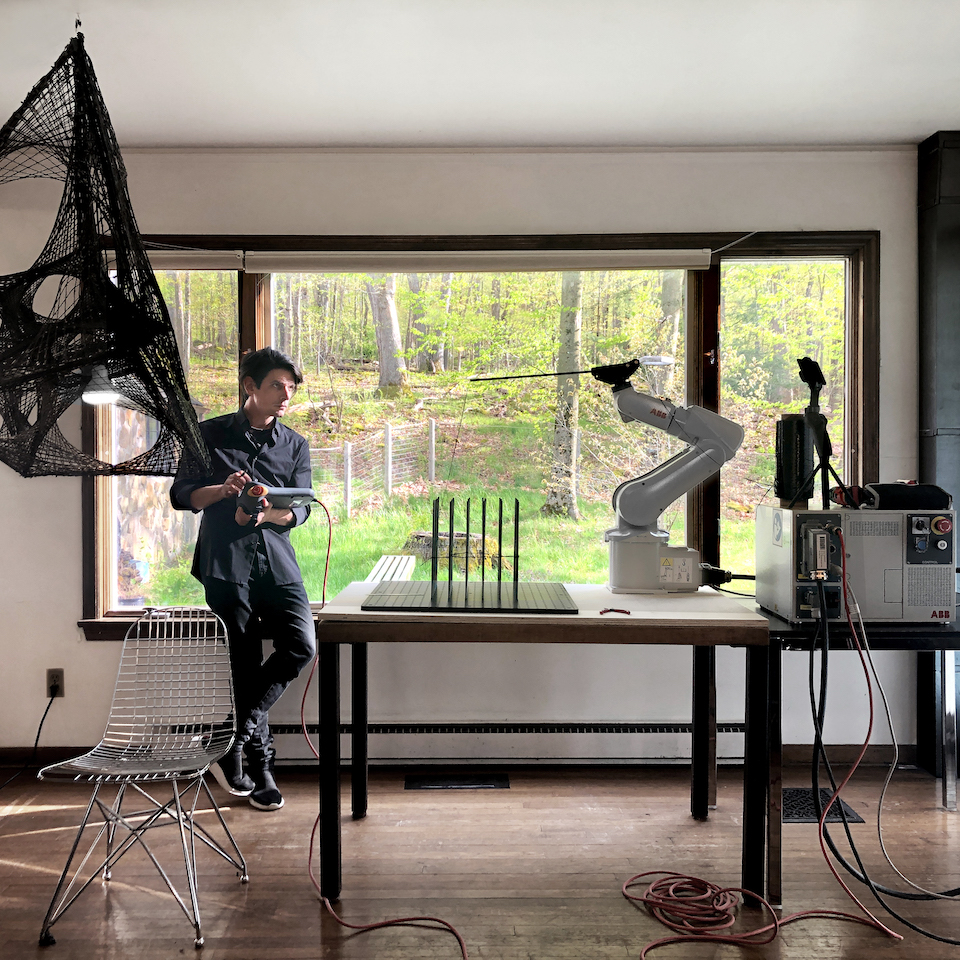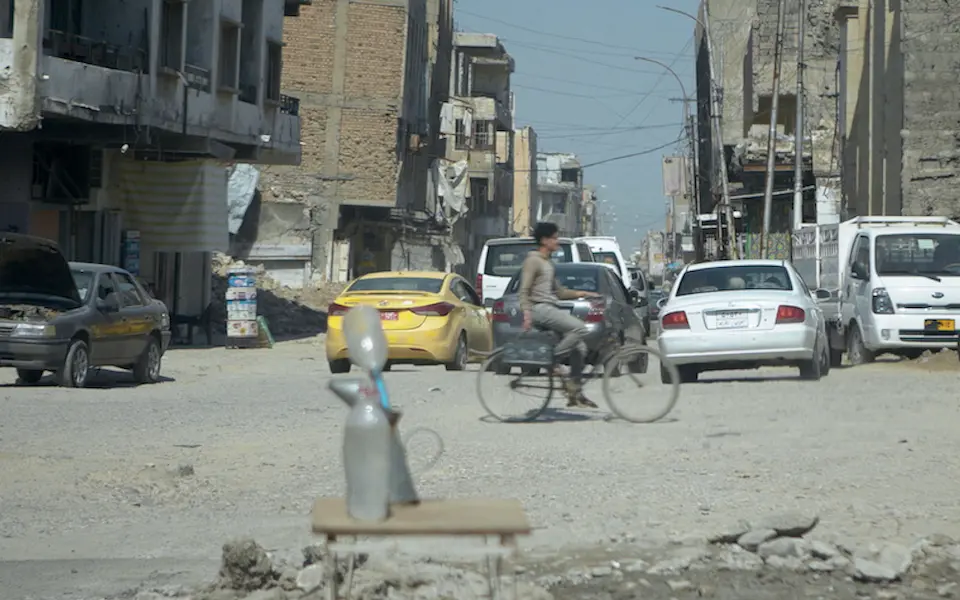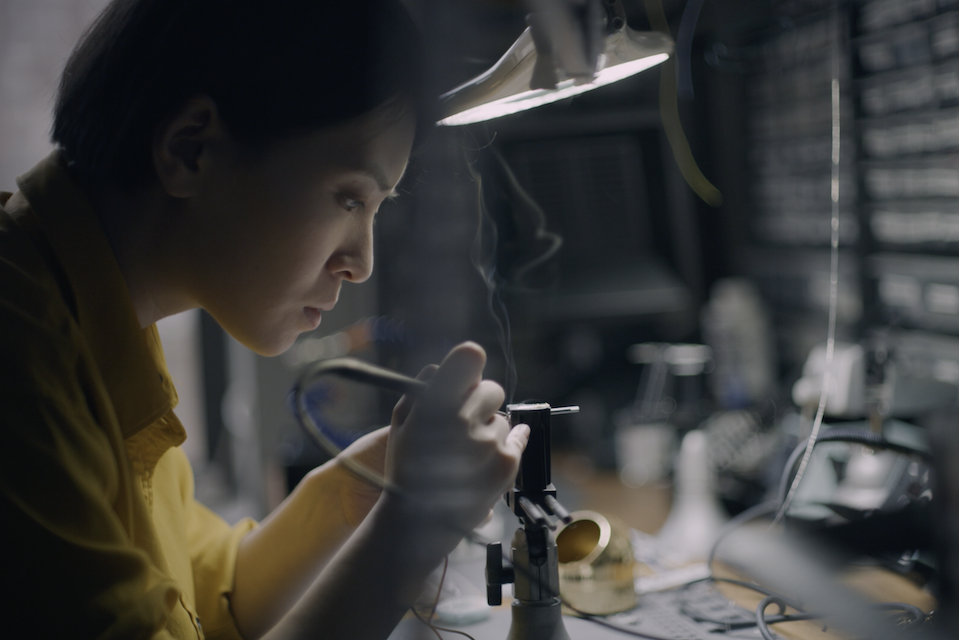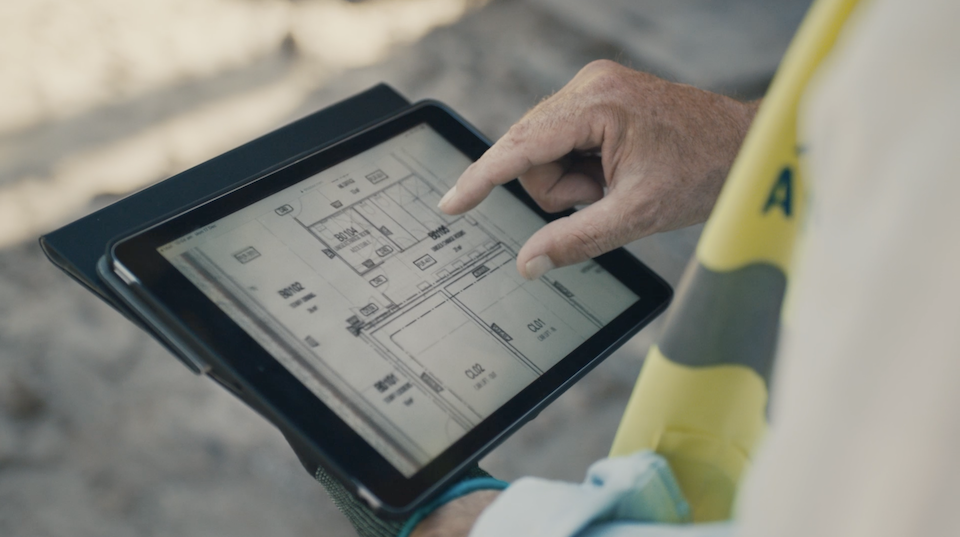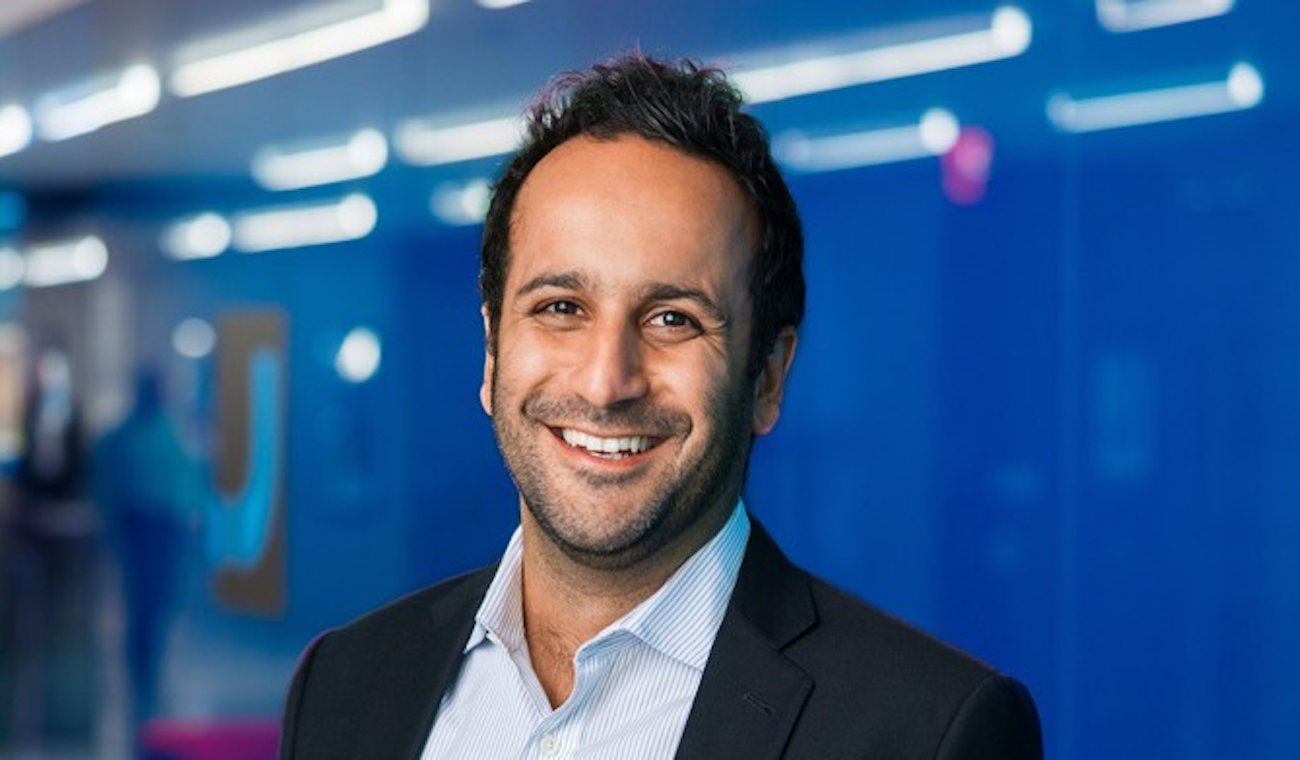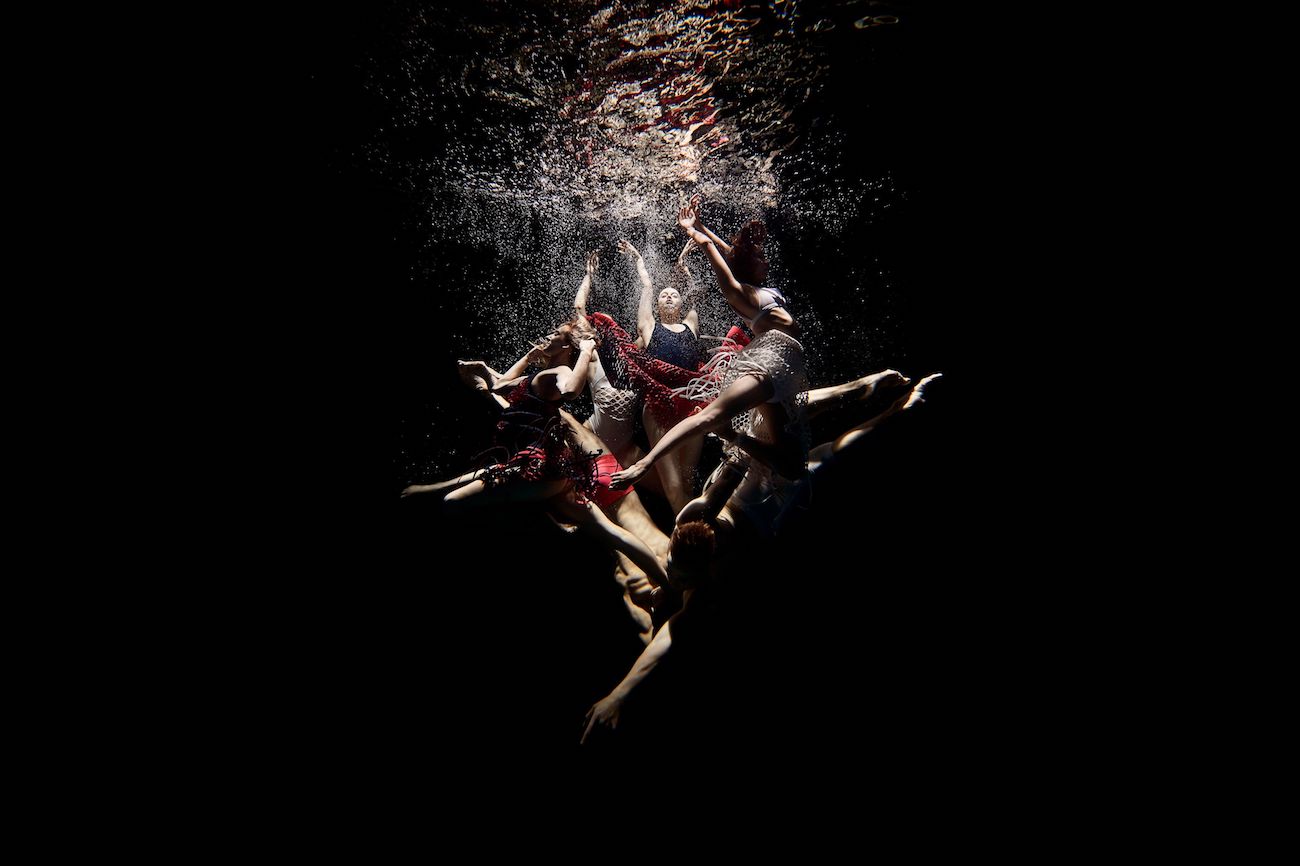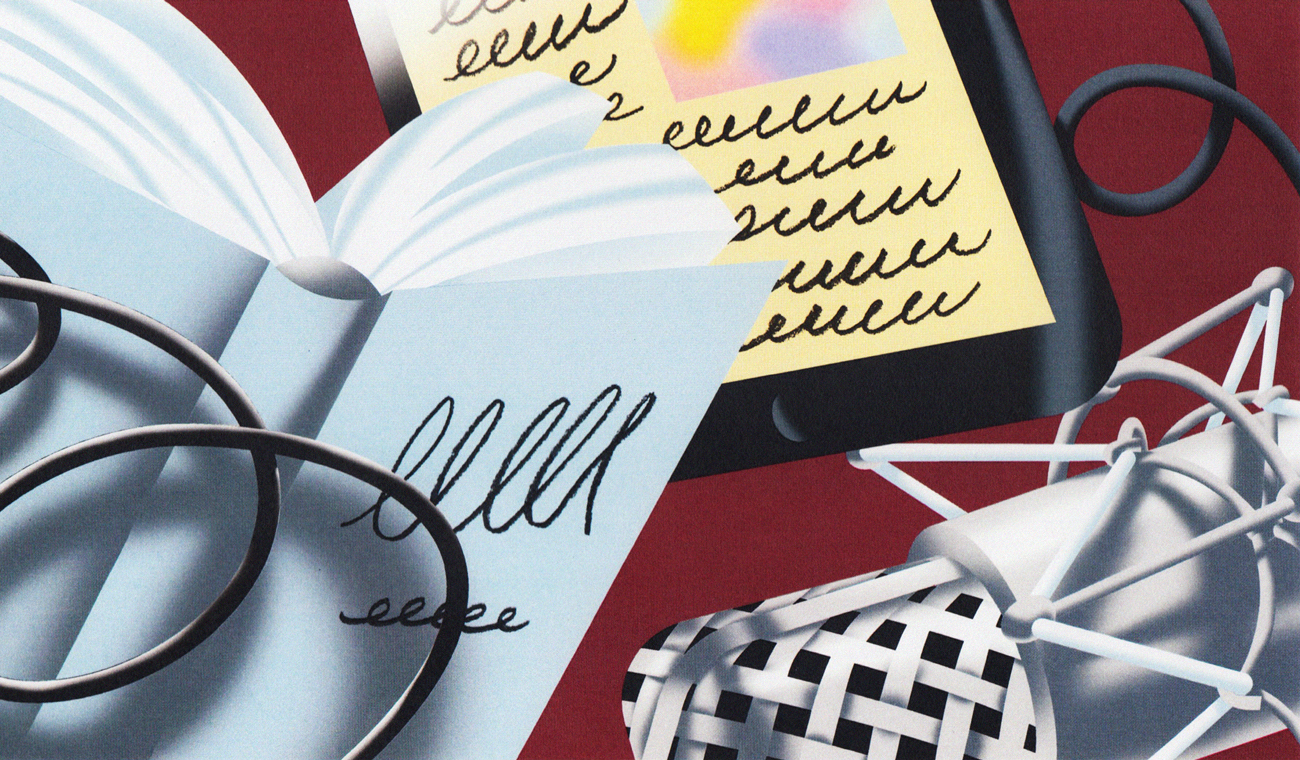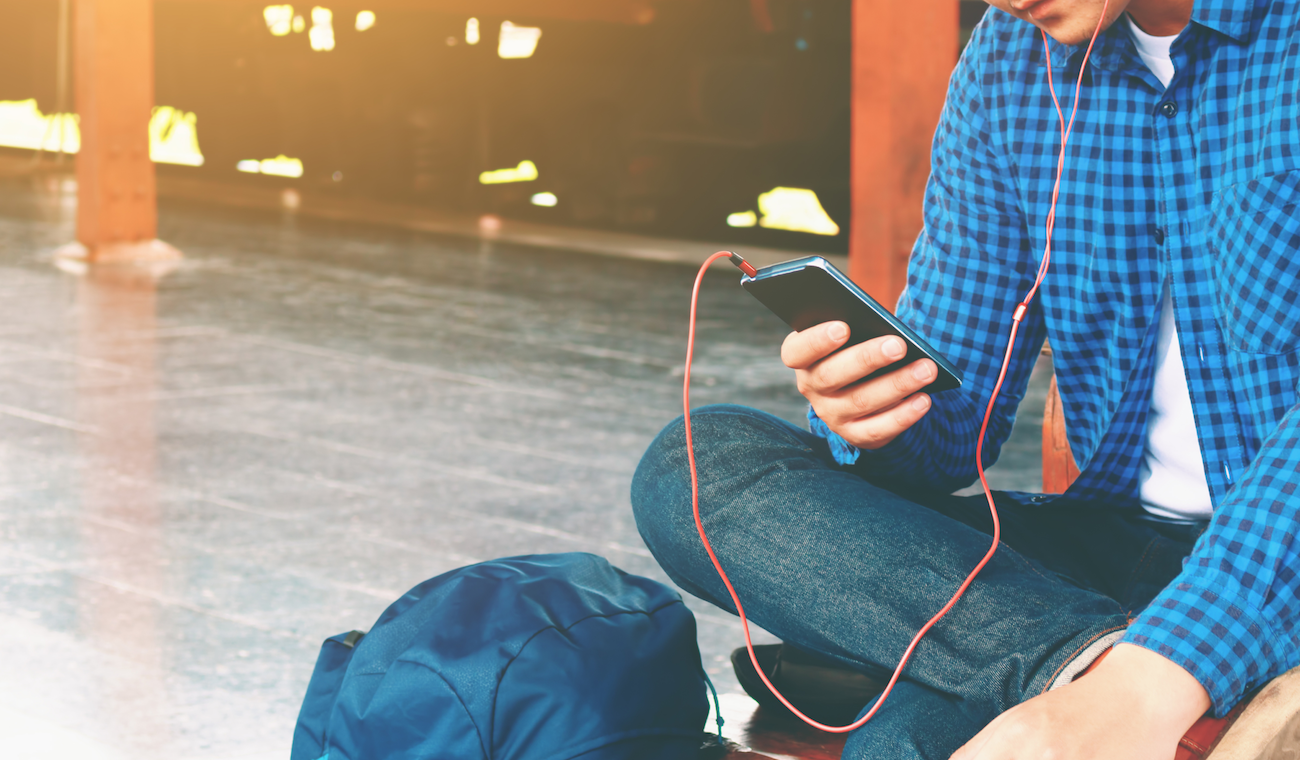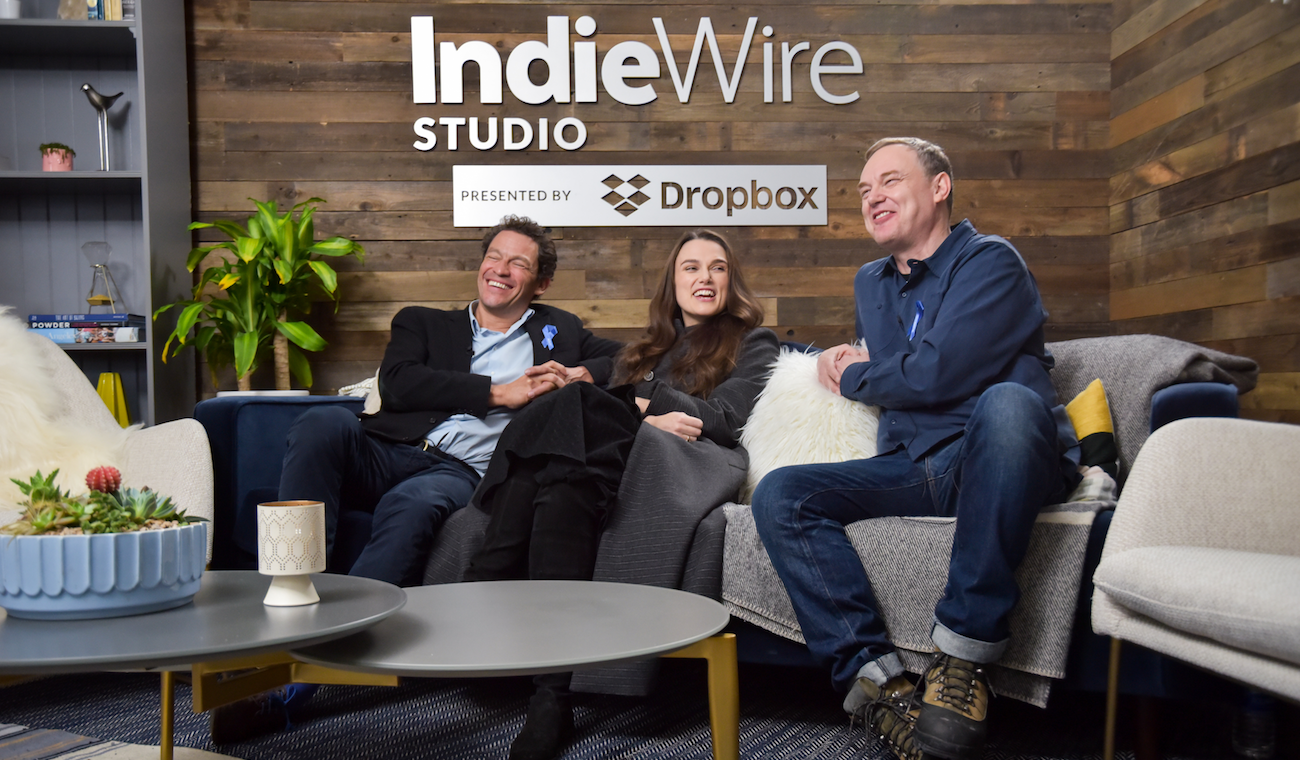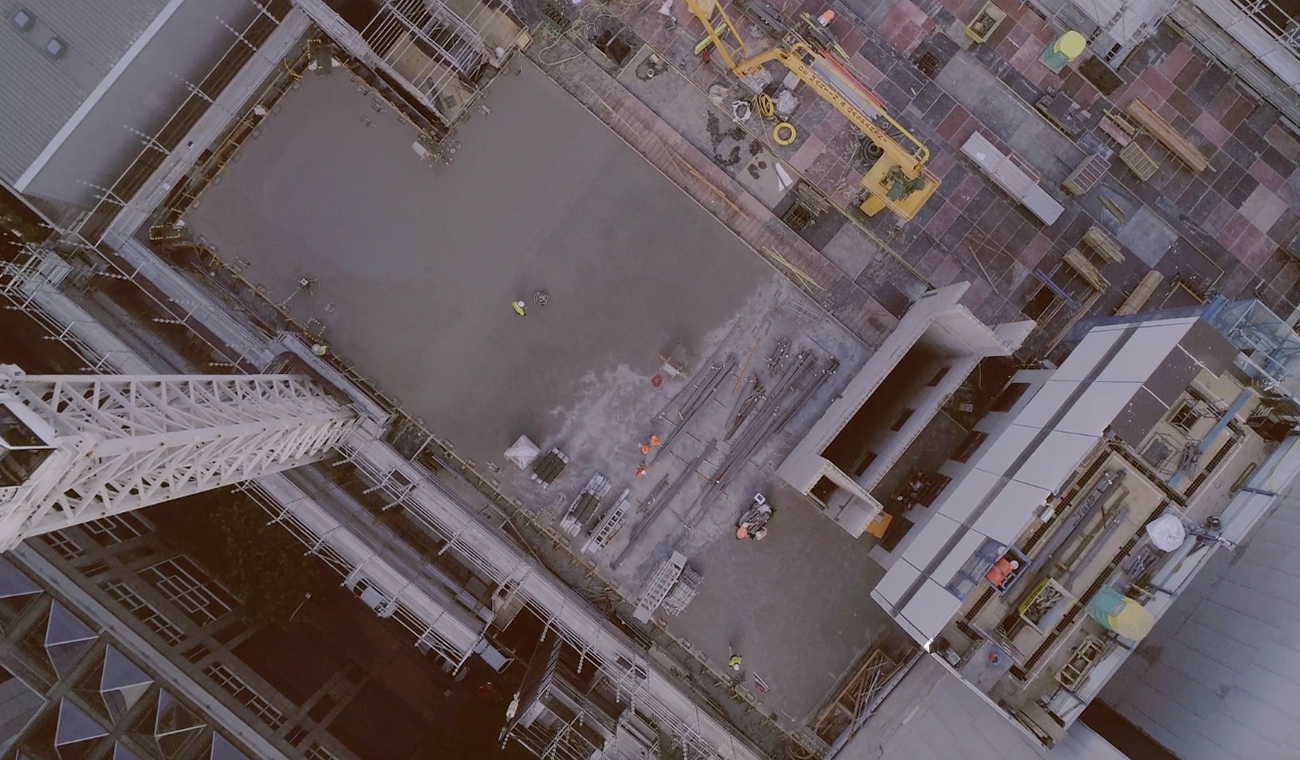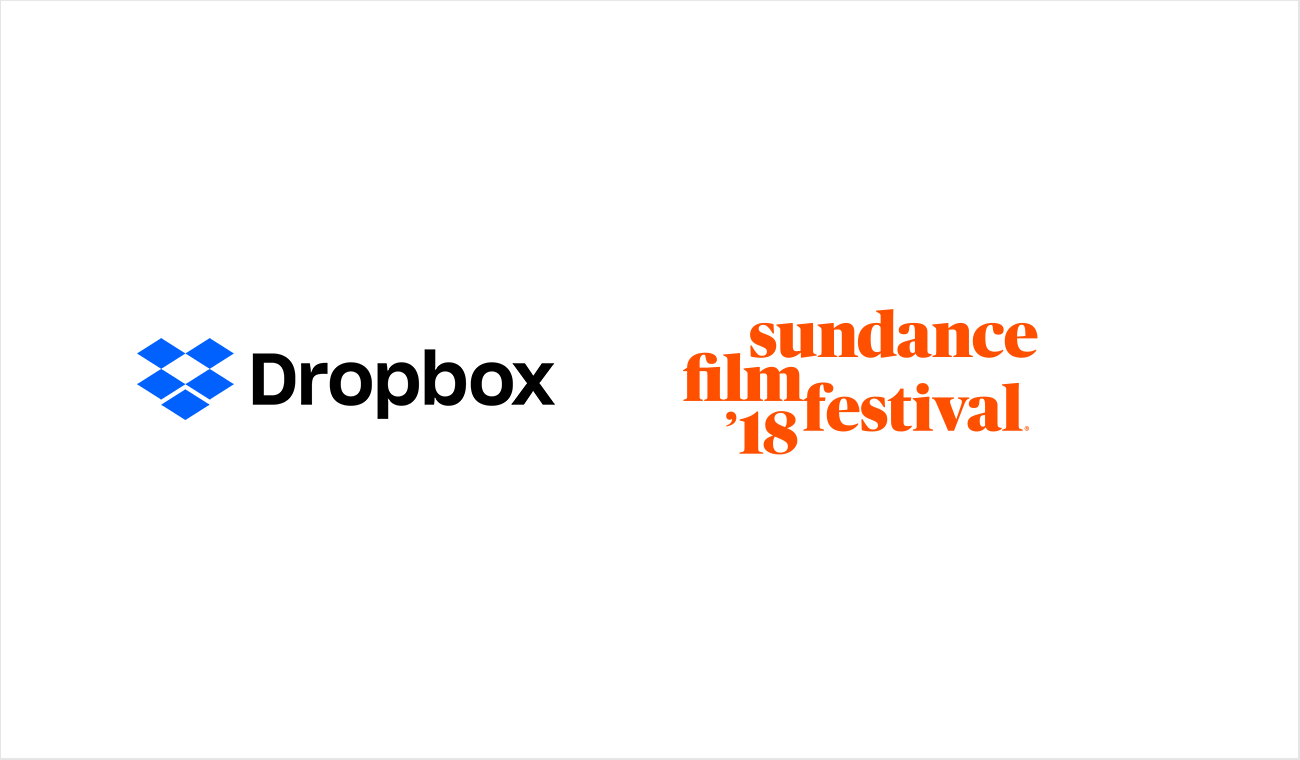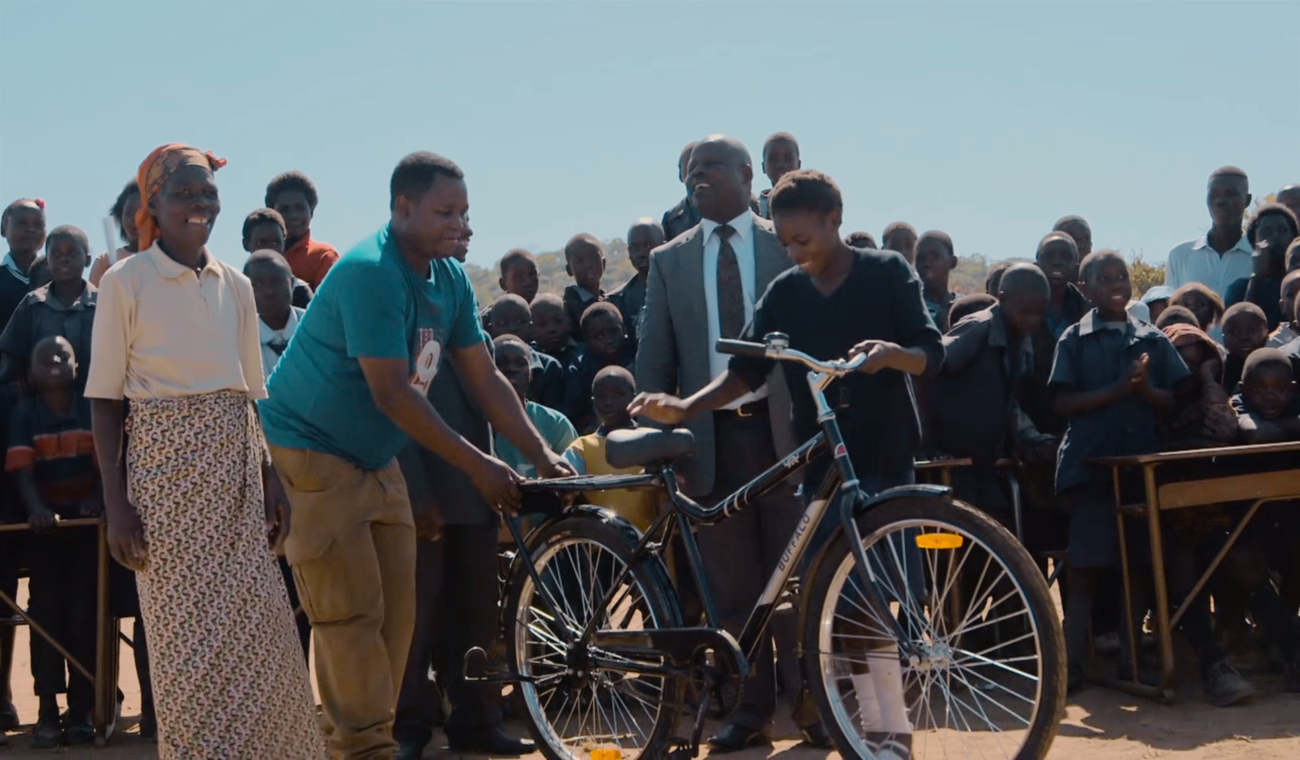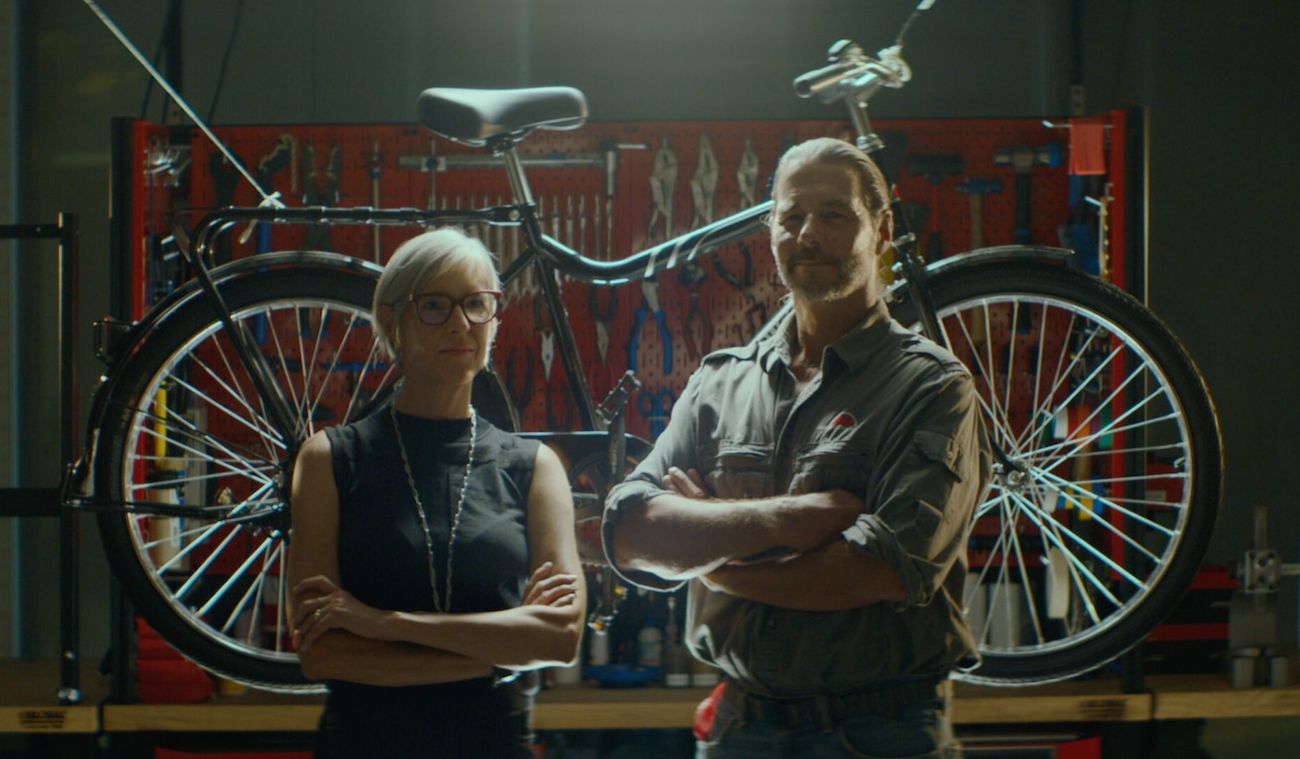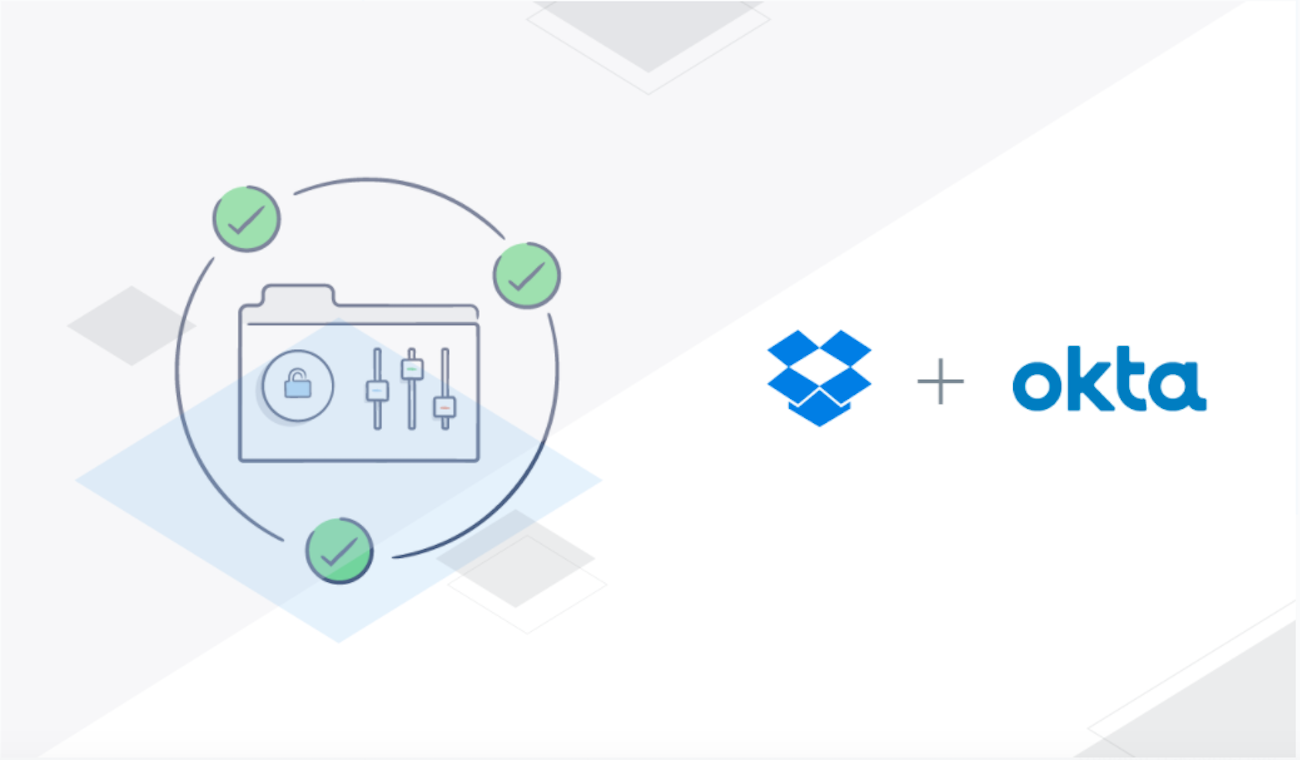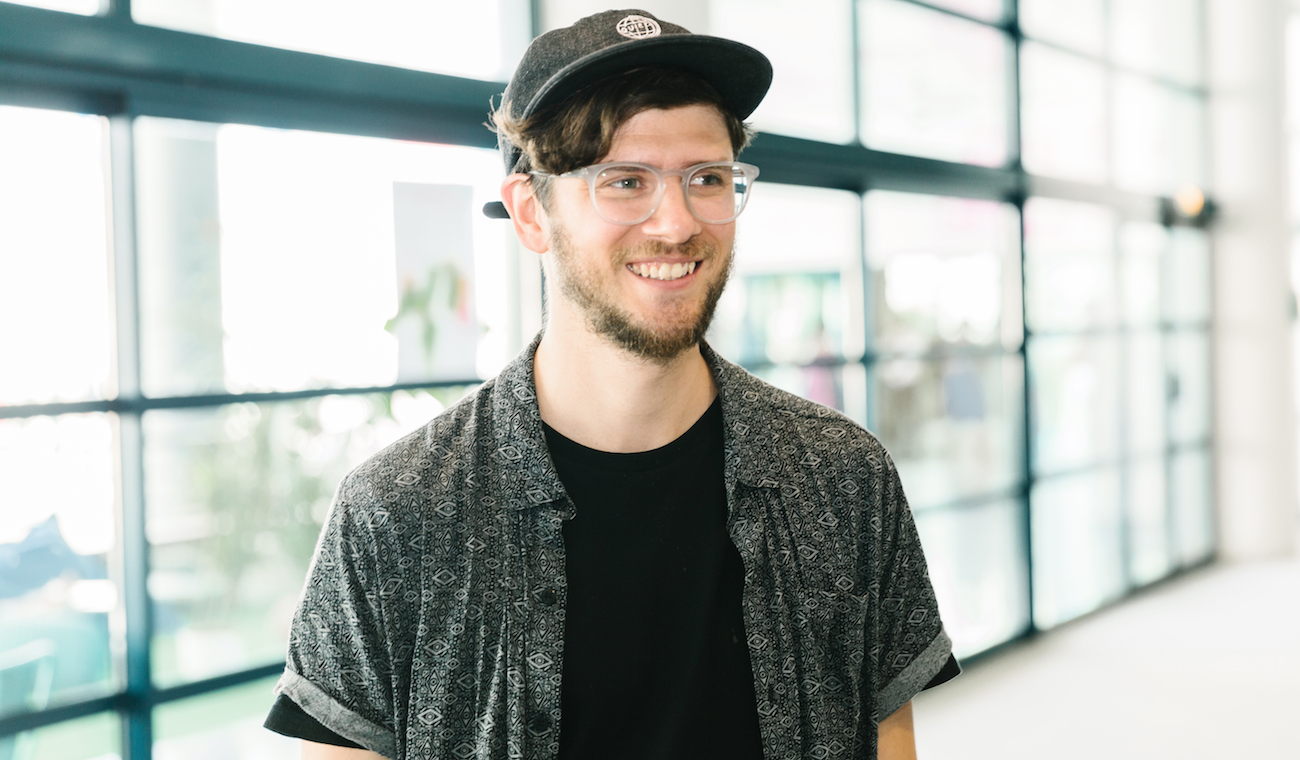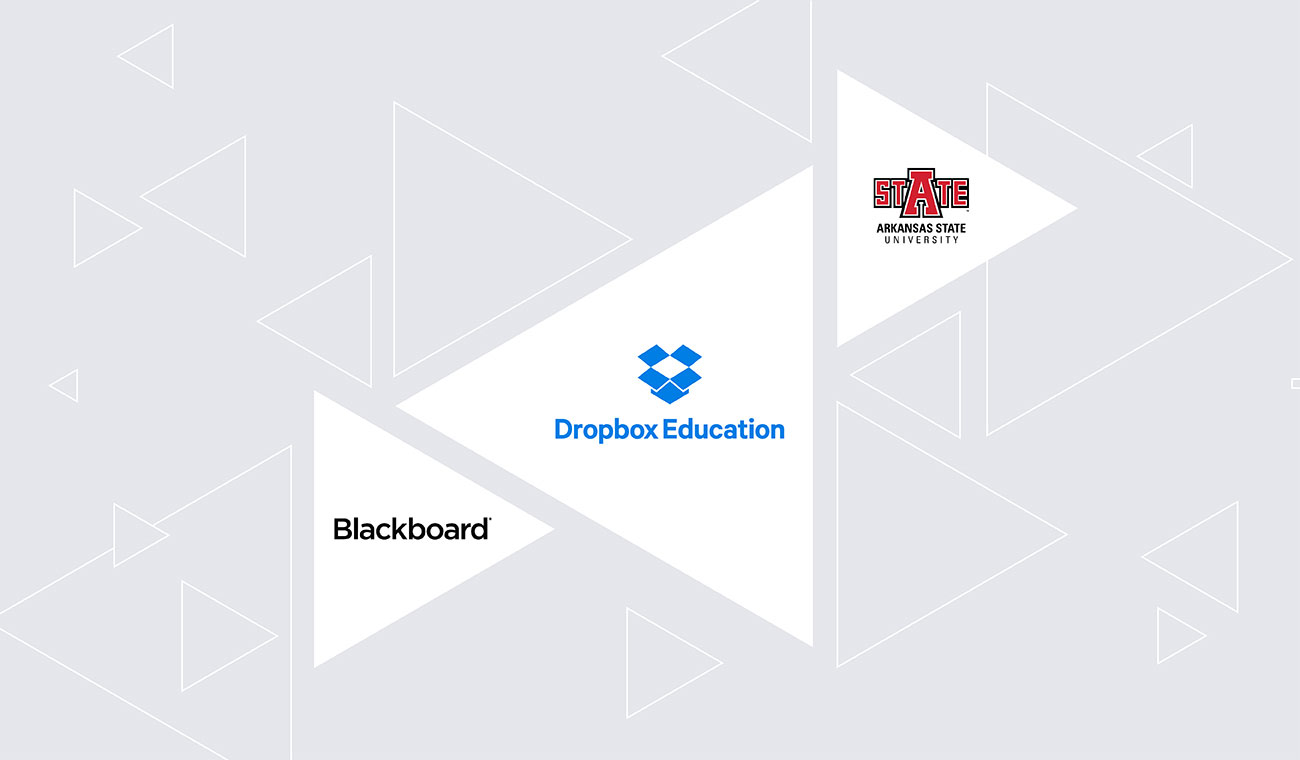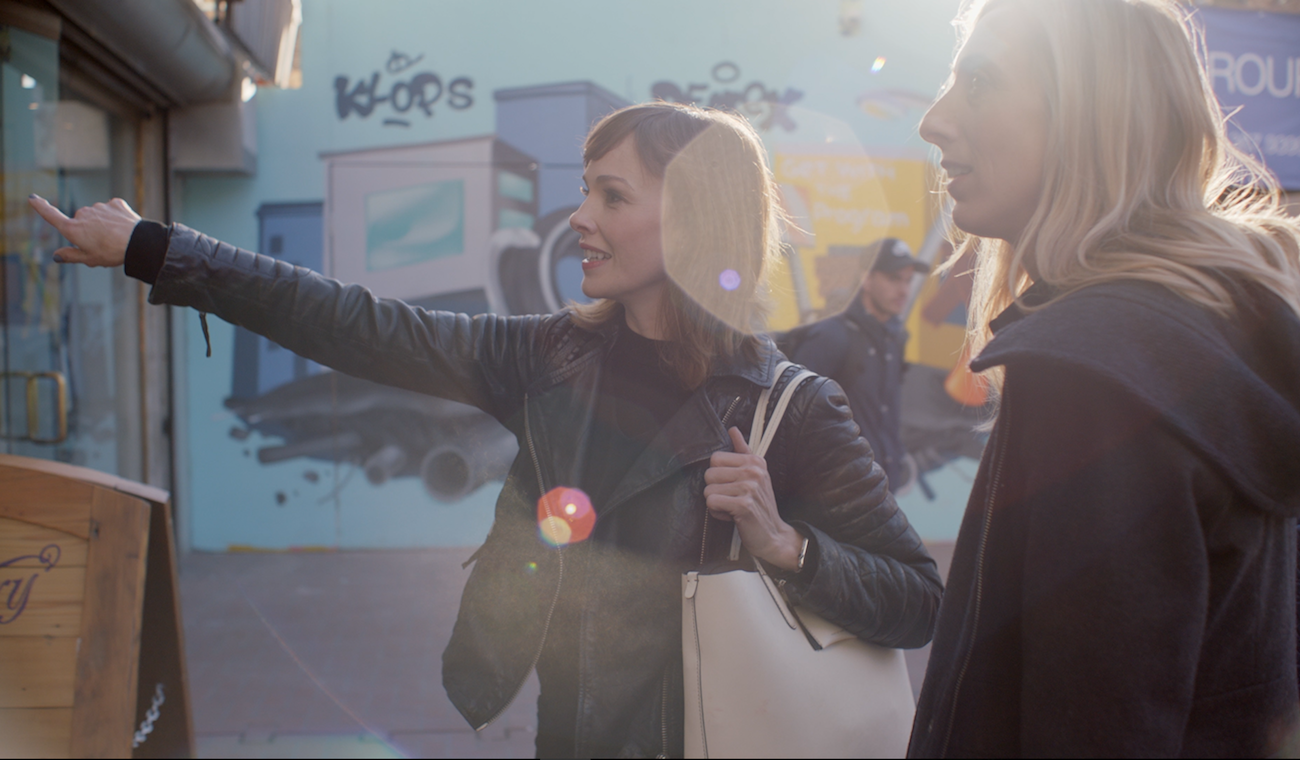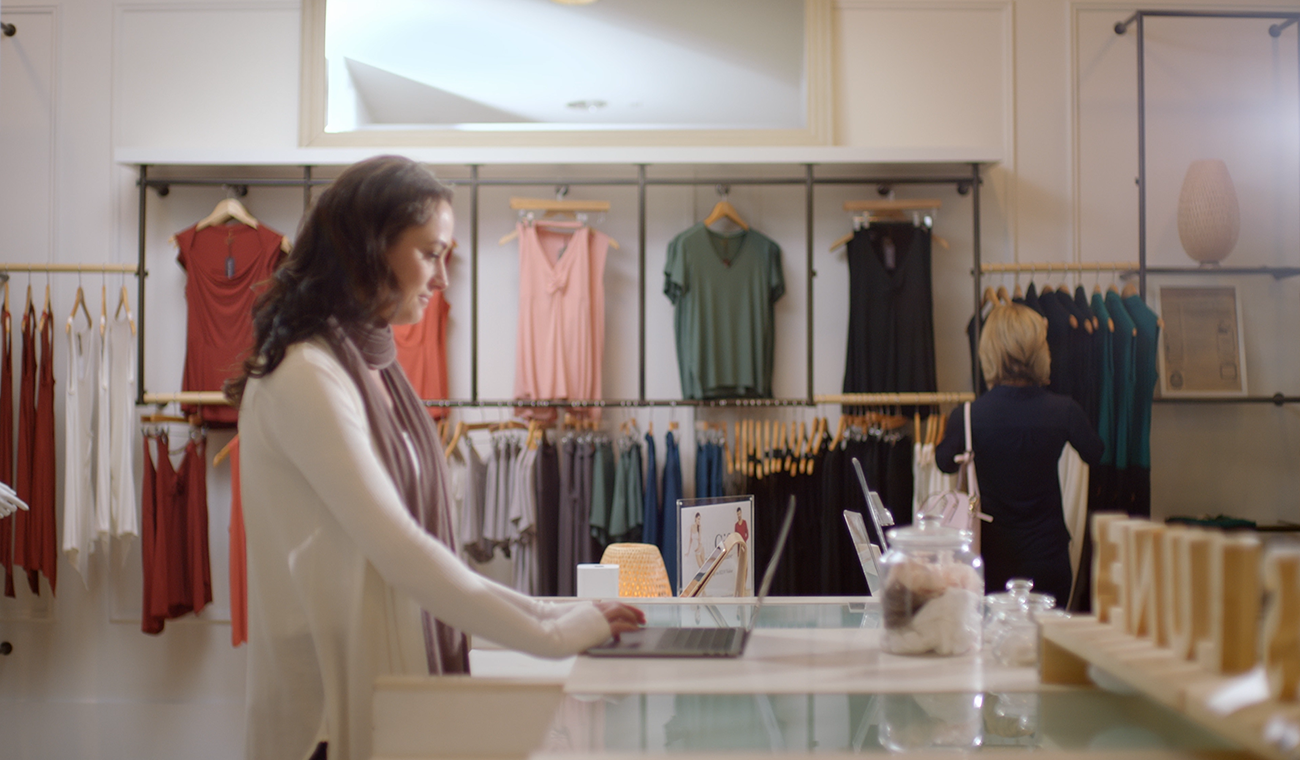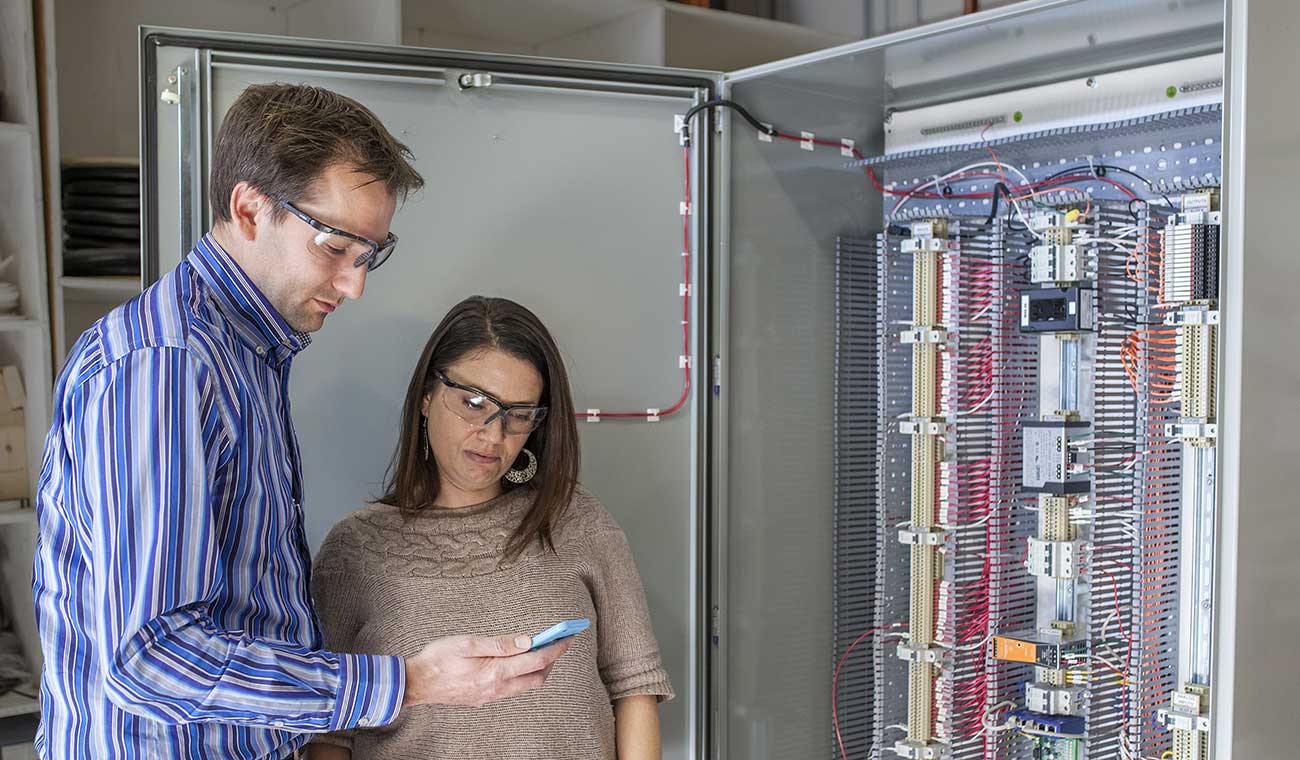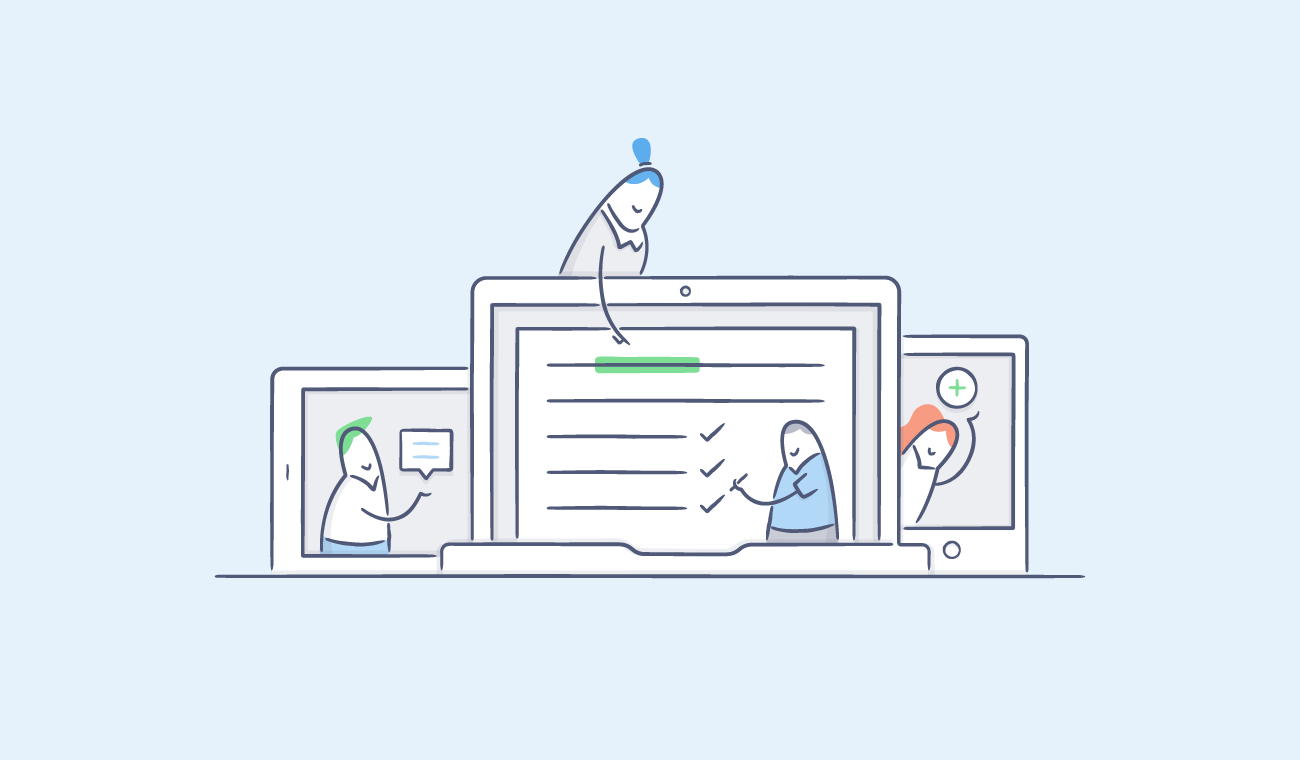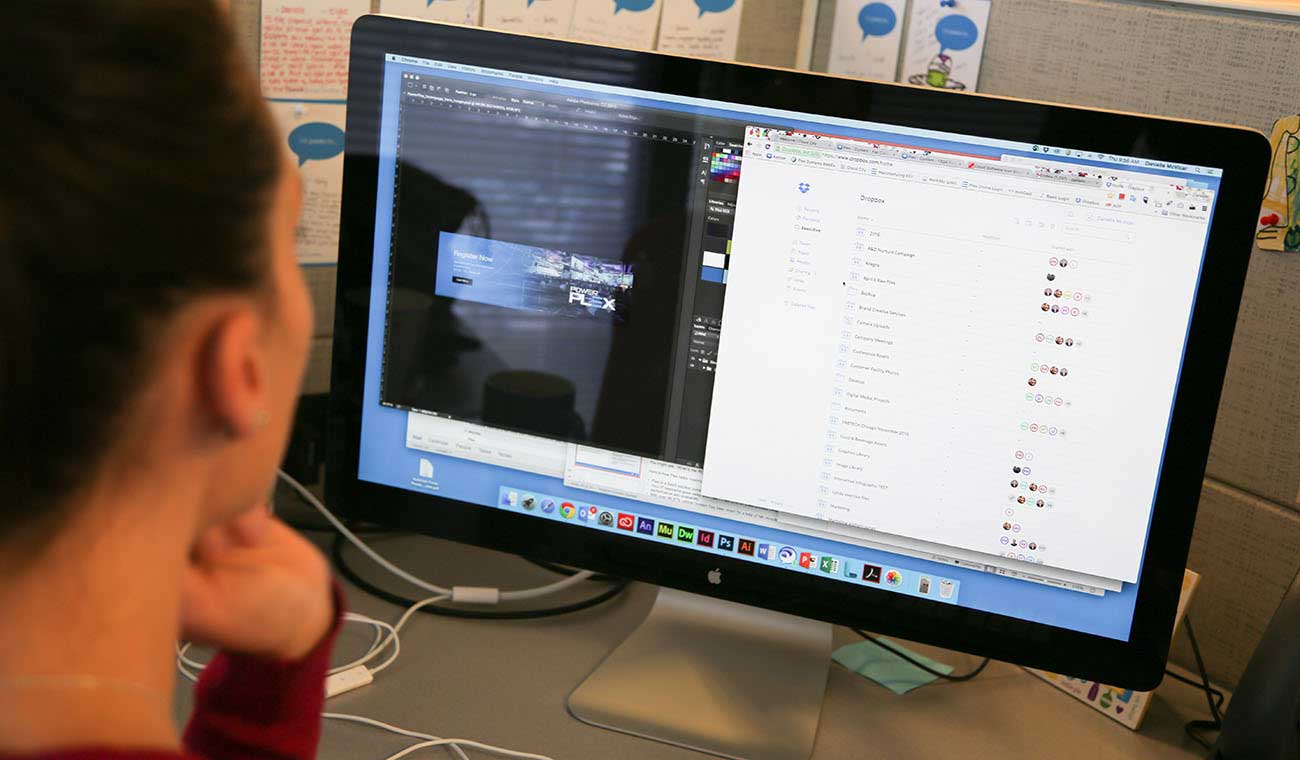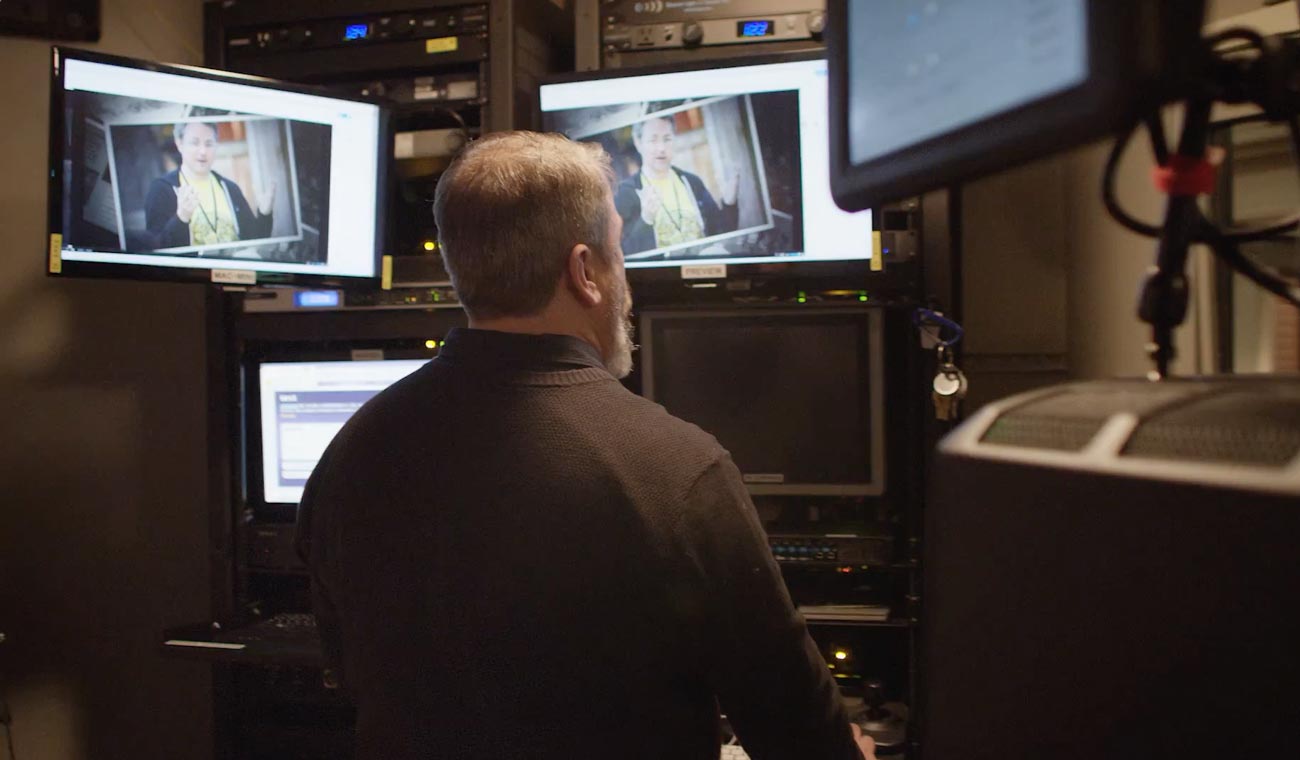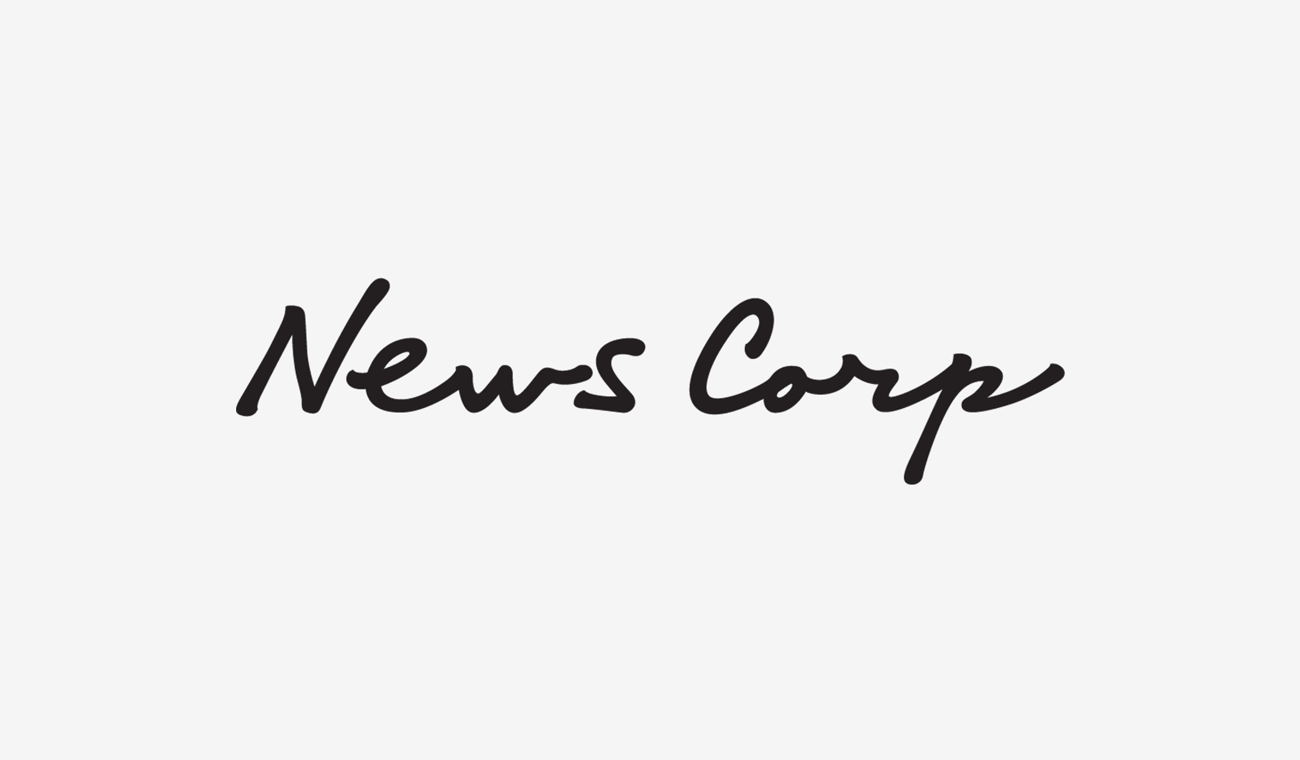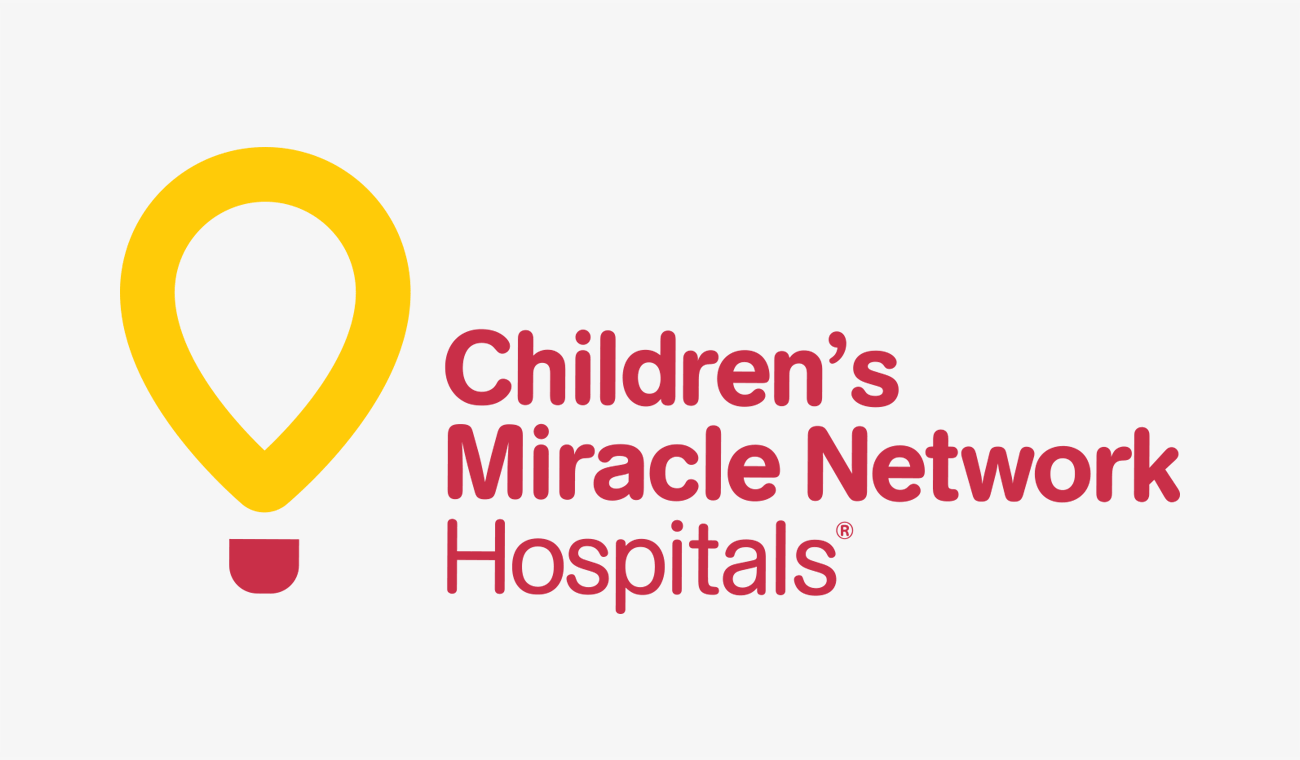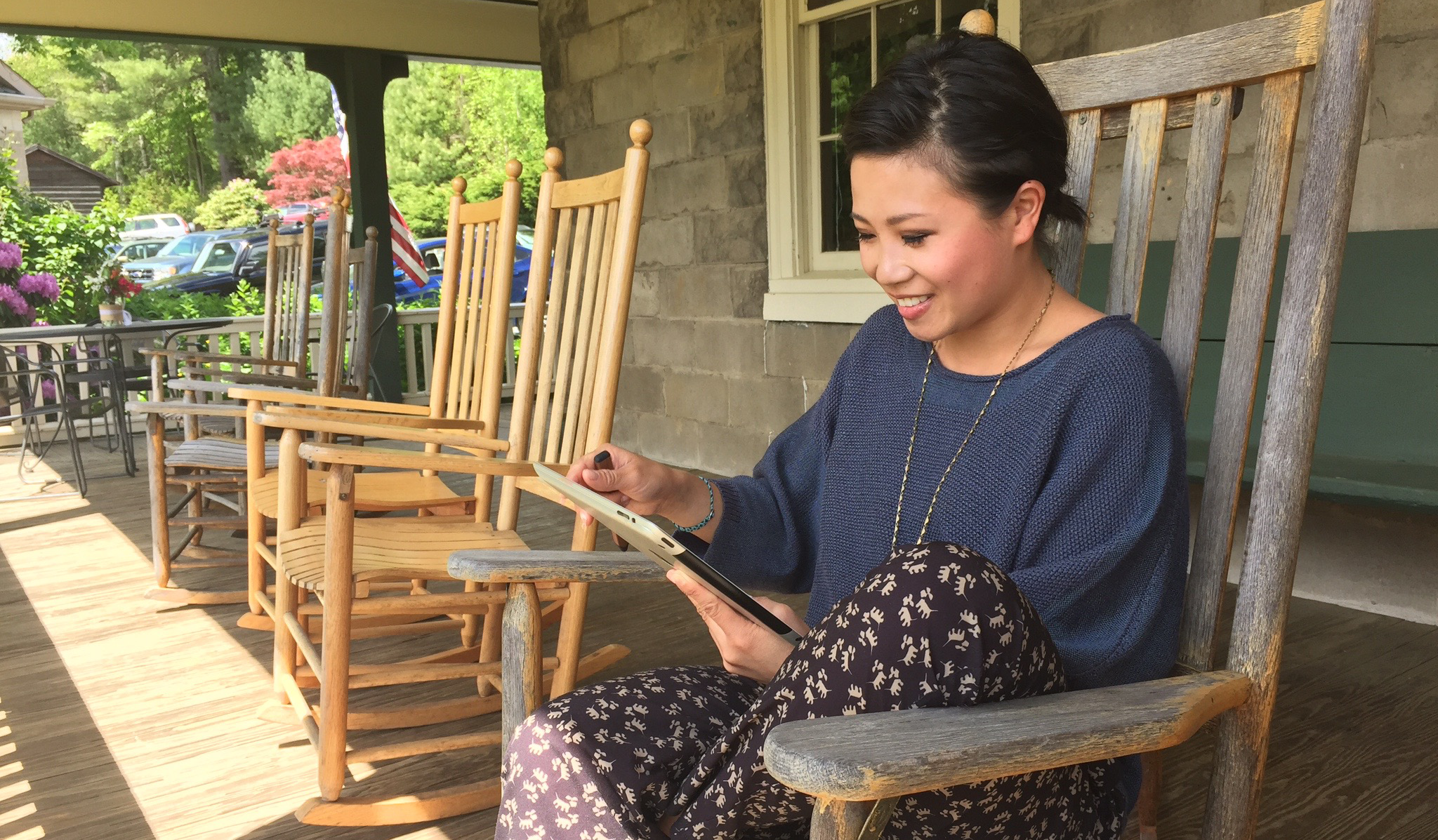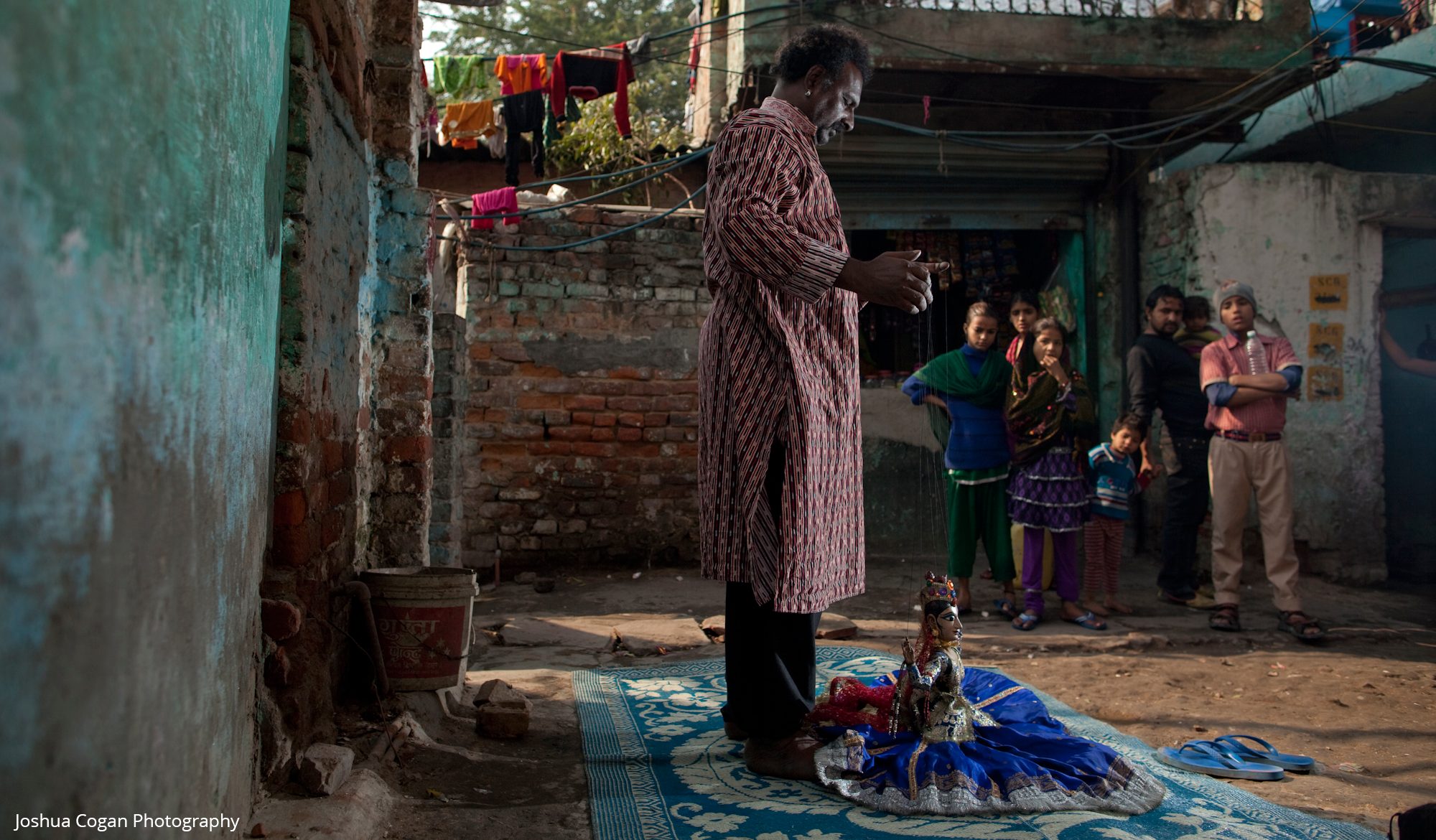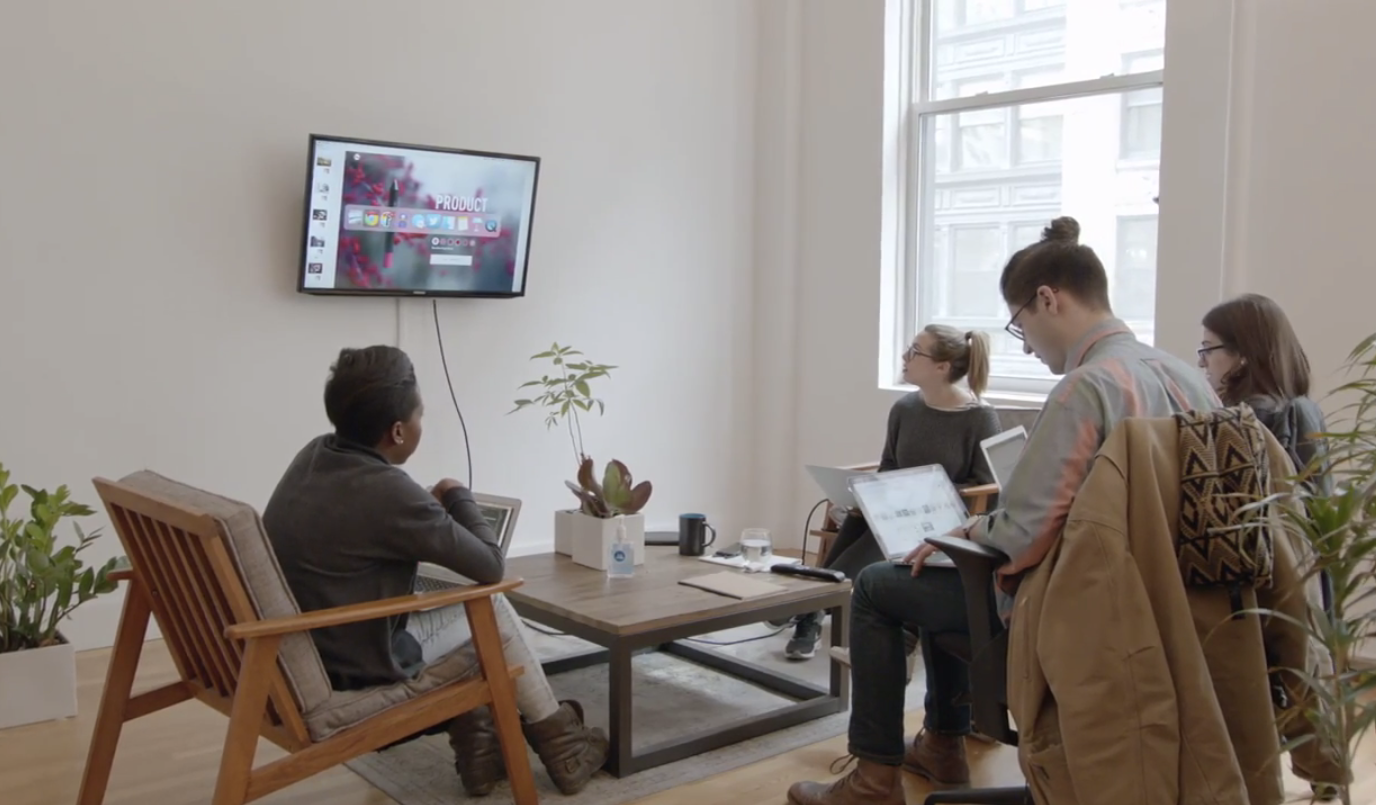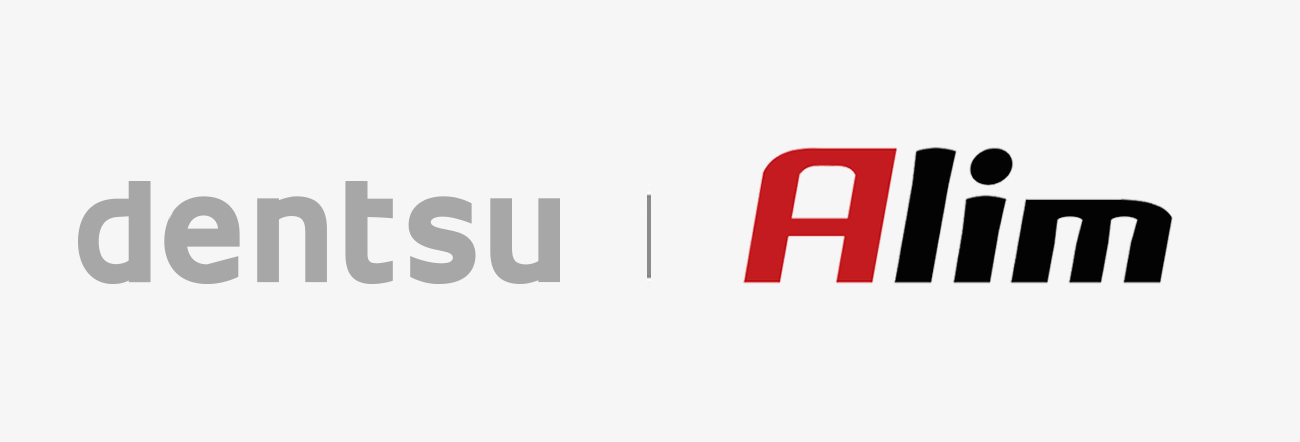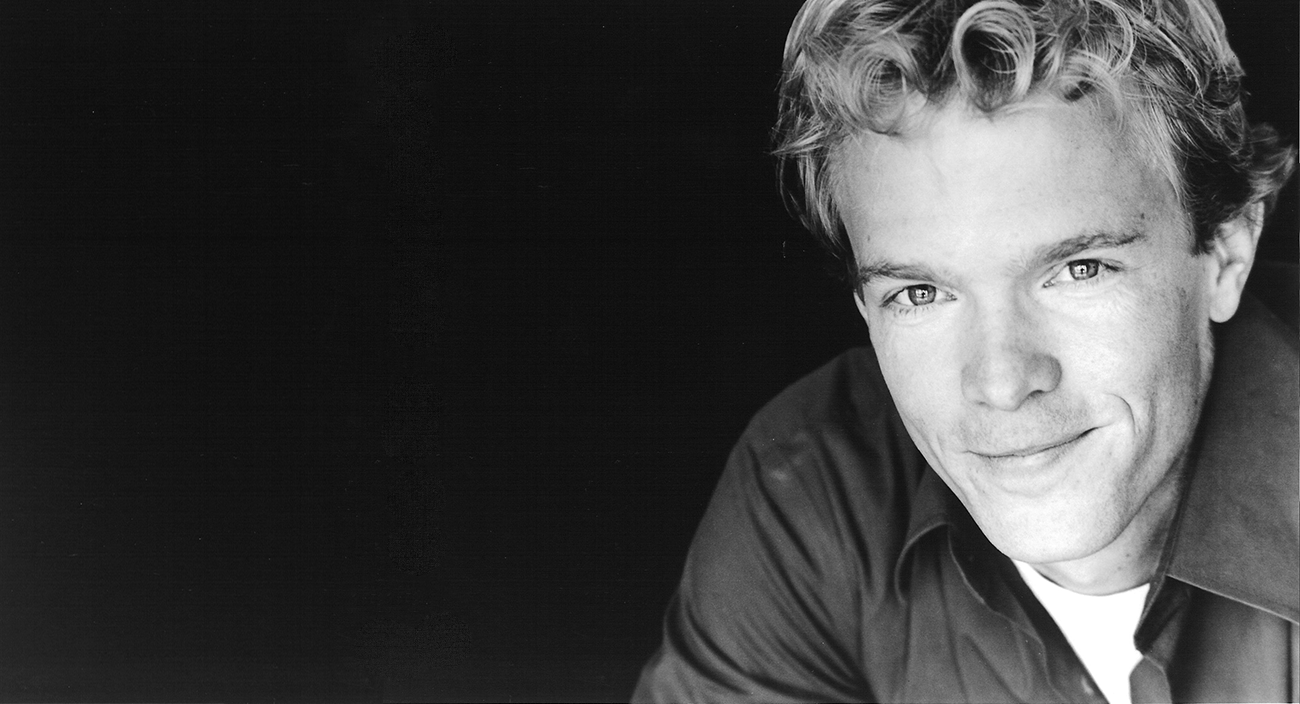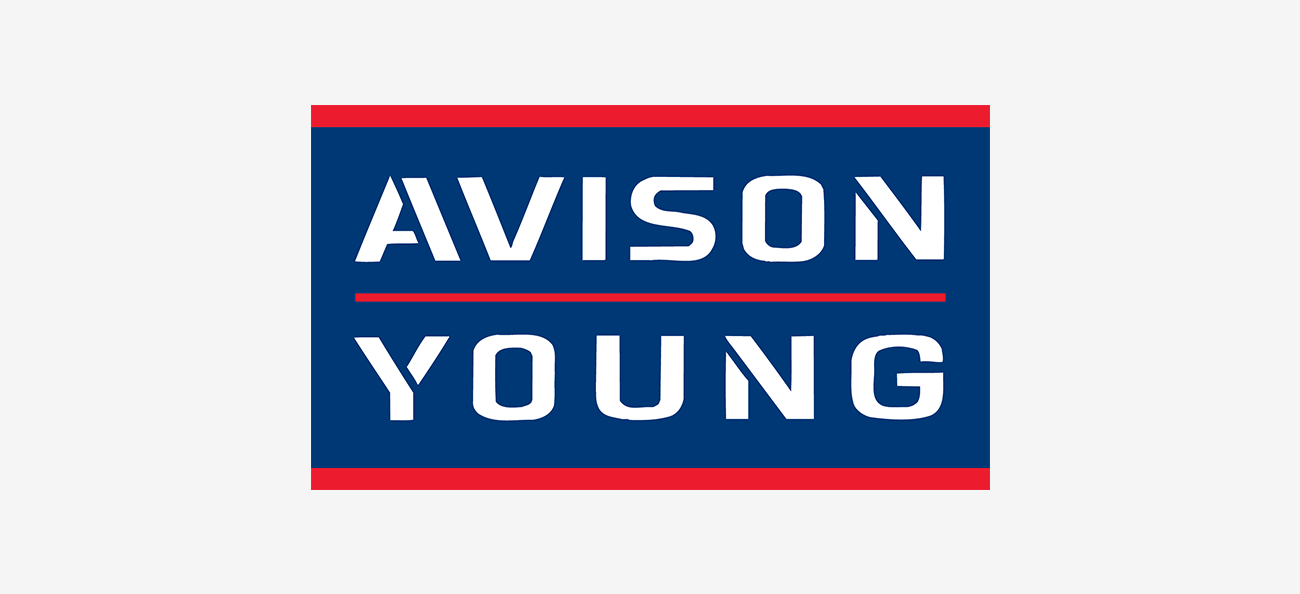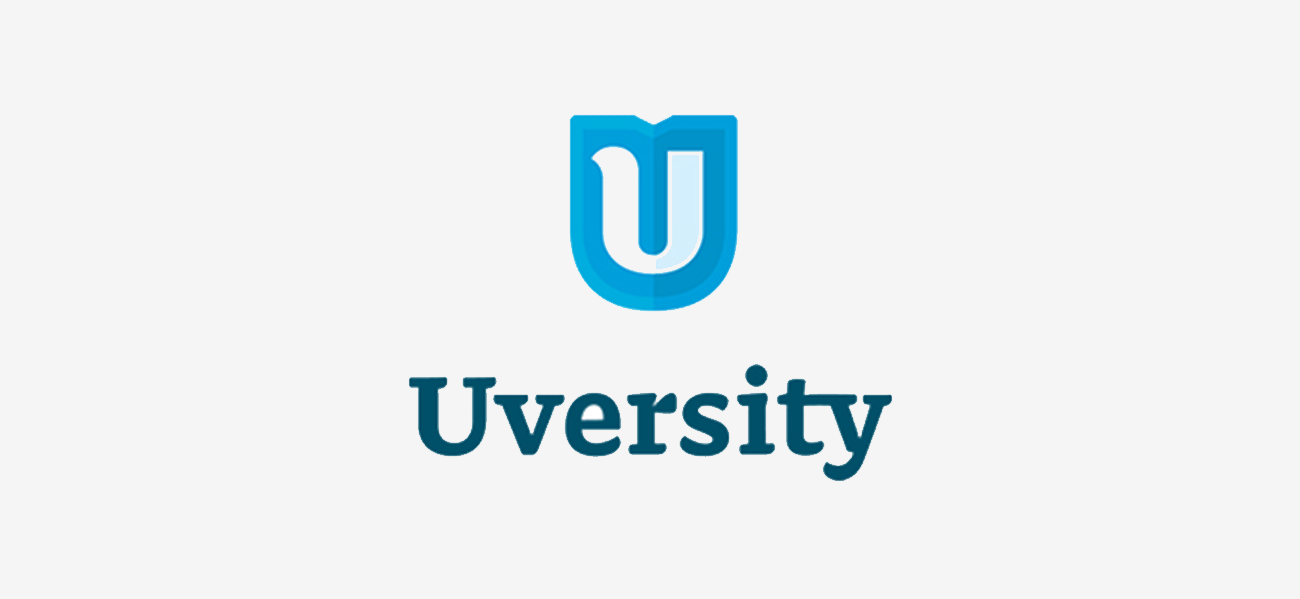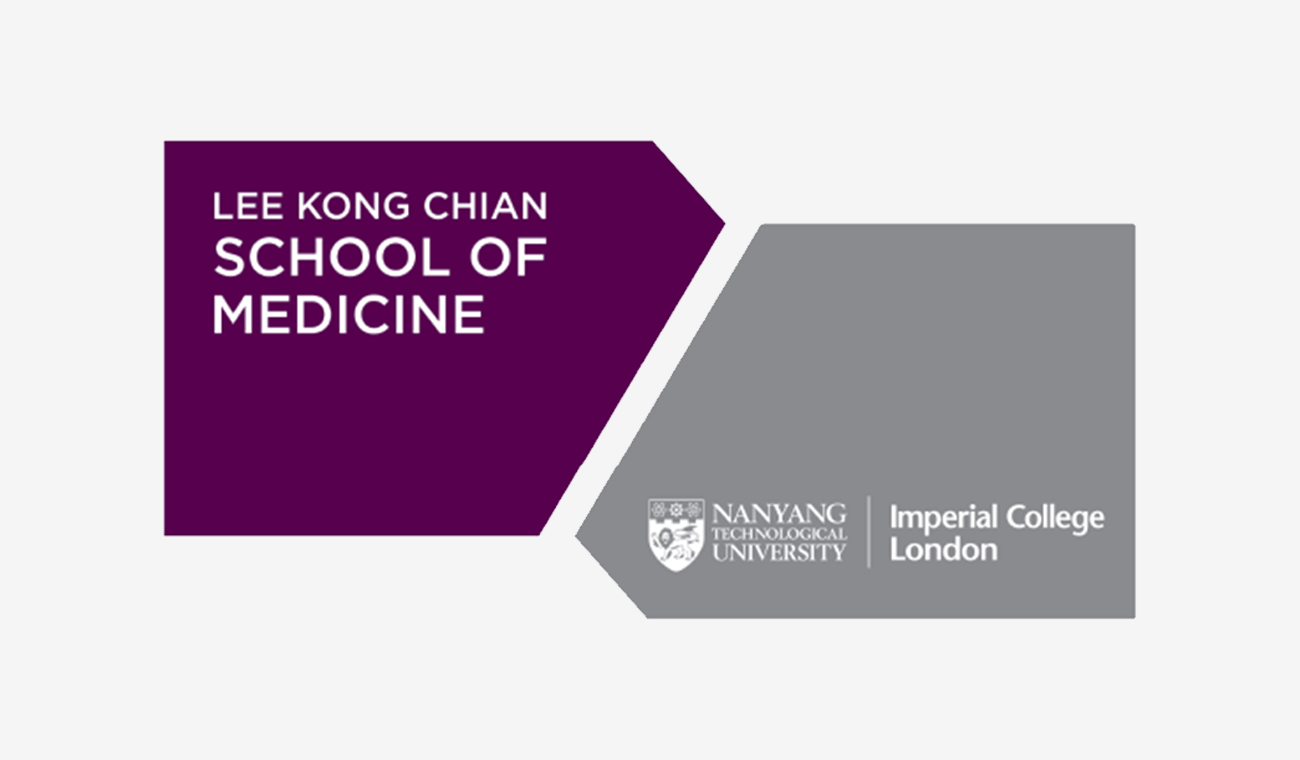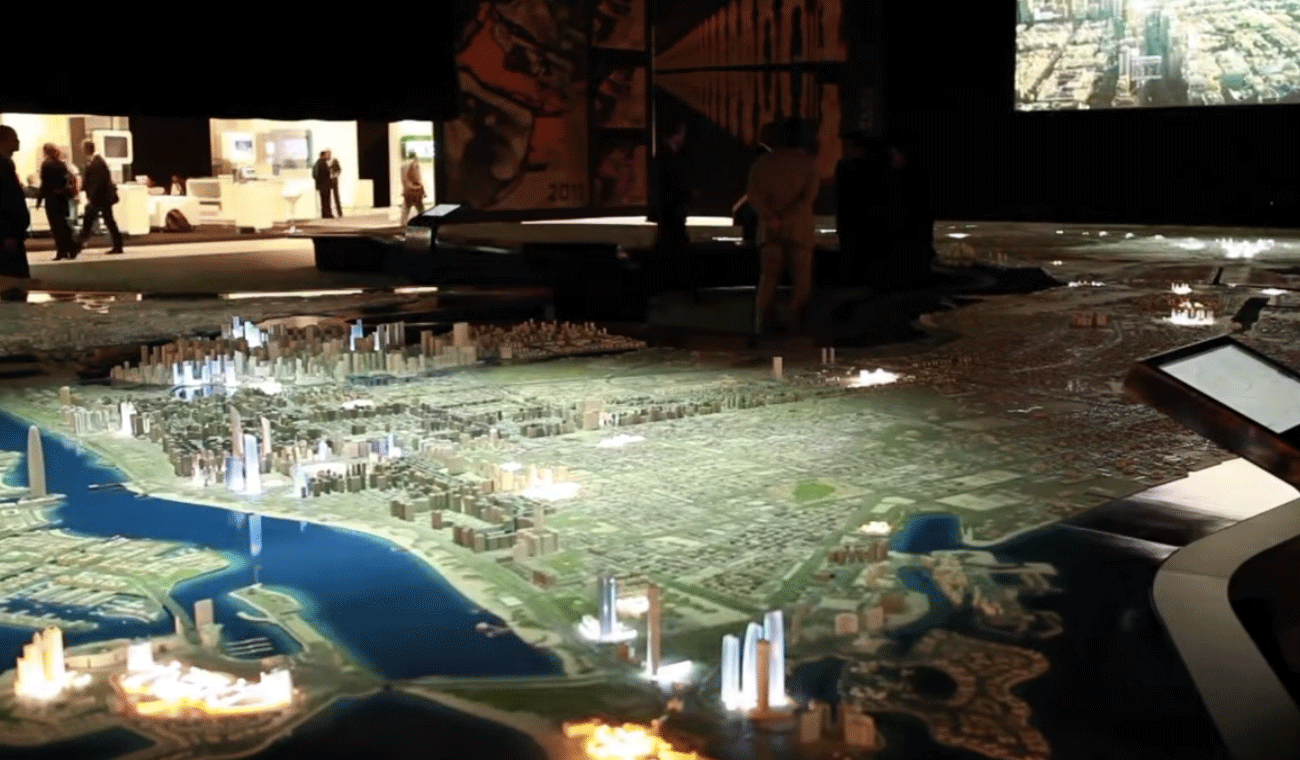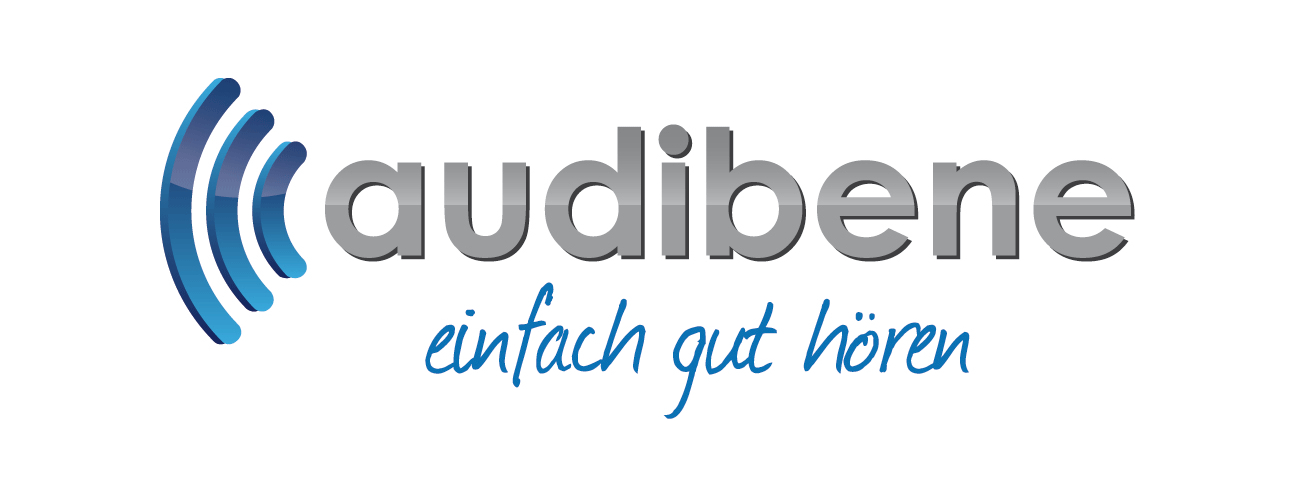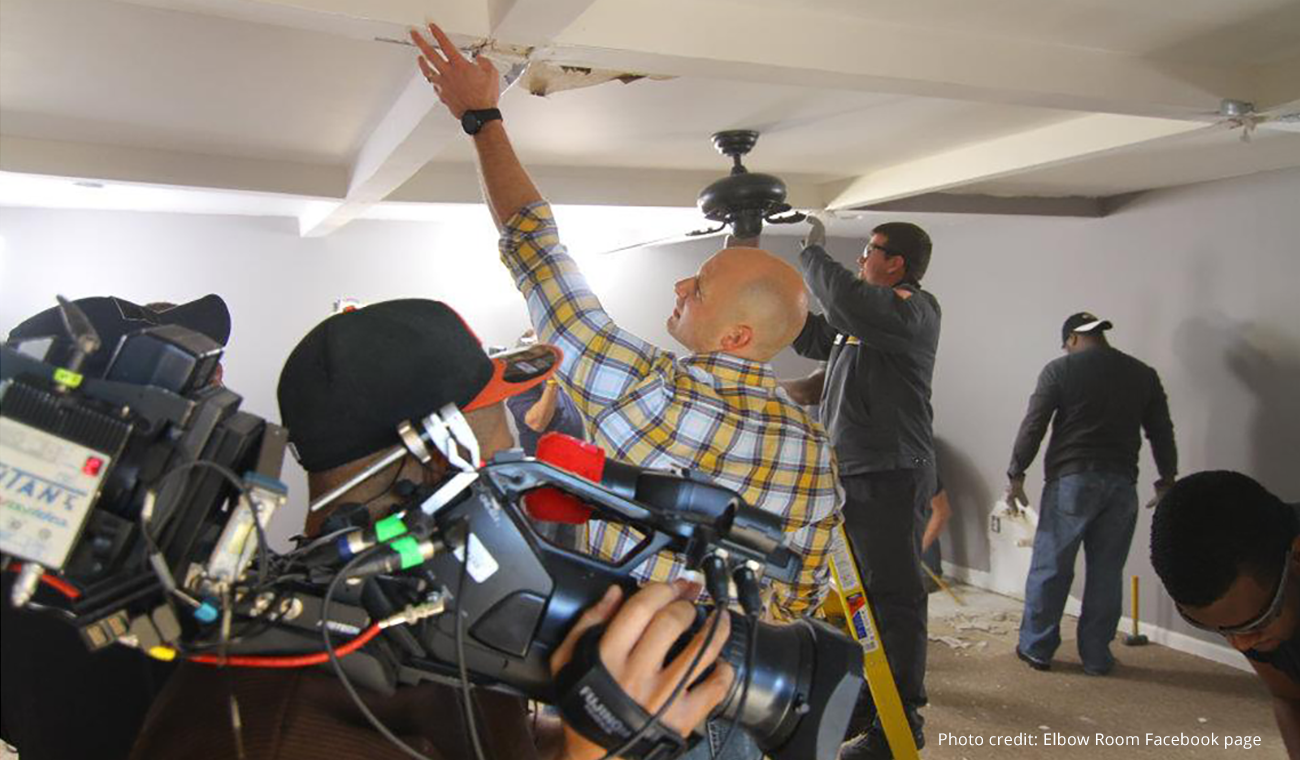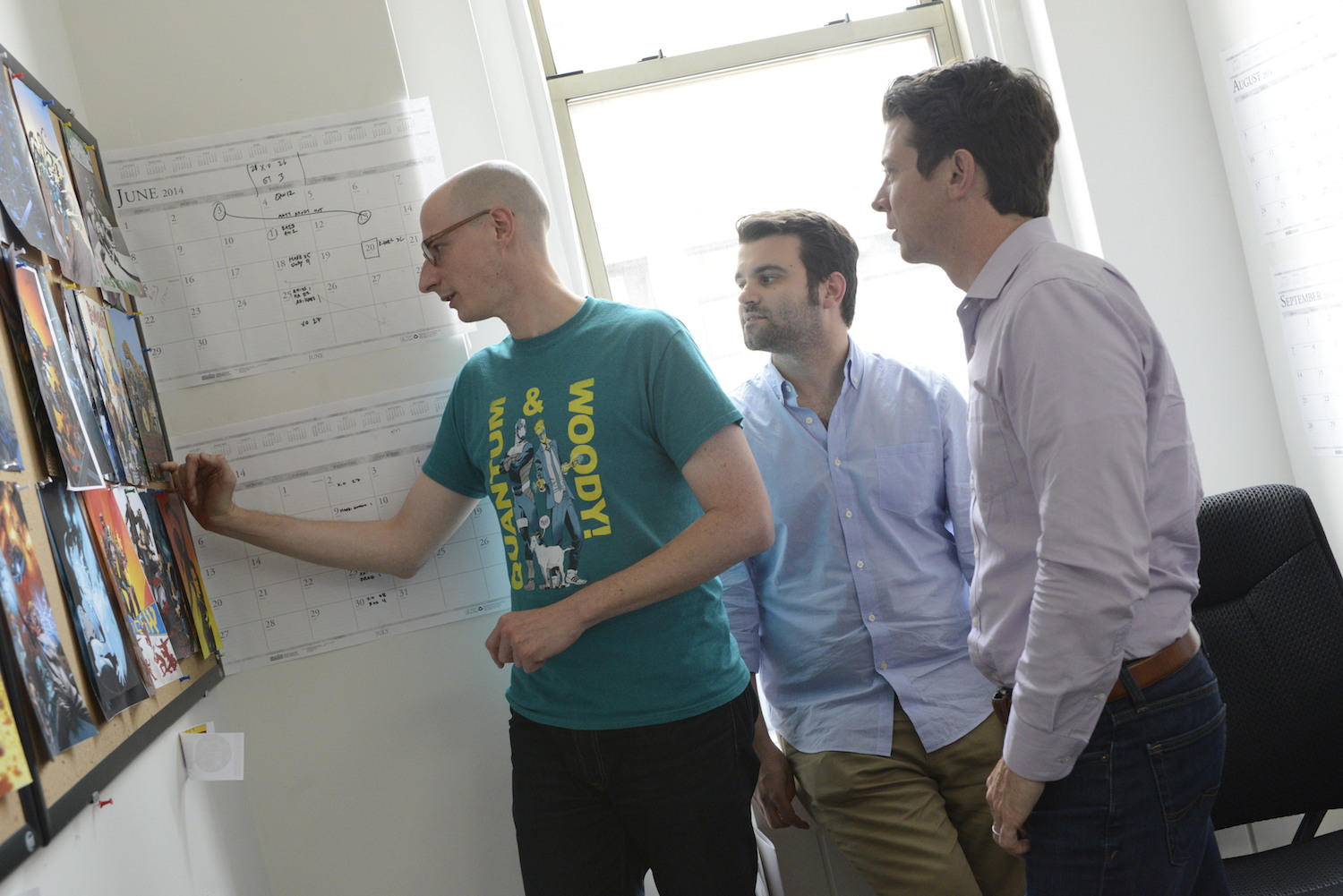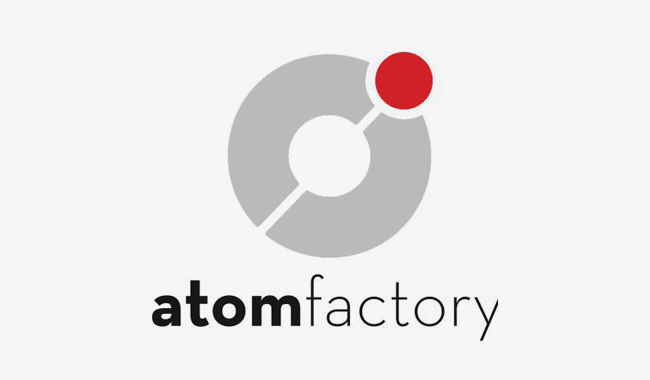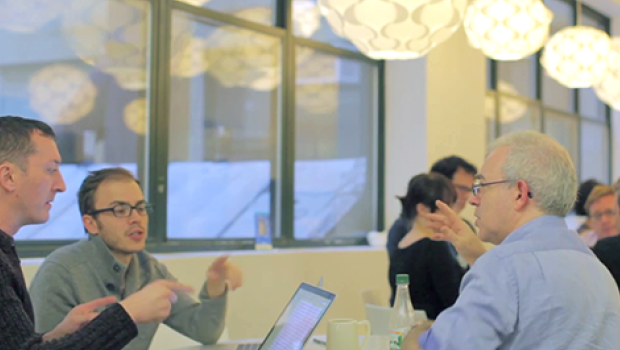
Making herself at home: How this new designer is leveling up her business
Published on December 19, 2023
Interior designer Michelle Patterson's star is on the rise—and she's using Dropbox and Dropbox Sign to stay organized as bigger projects come her way.
Do you have a friend whose apartment is so stunning, you had to have them design your home? For a growing number of L.A. and New York-based creatives, Michelle Patterson is that person. She’s even built a business—Koi Design Studio, an interior design and art consultancy she opened last year—through word-of-mouth referrals from her friends.
The jobs tend to start with a text from a friend, says Patterson: “Hey, I know someone who’s looking for an interior designer.”
Those clients are coming off the strength of Patterson’s very discerning eye. It’s a skill she’s been unconsciously honing since she was a child. Her grandmother (“the pillar of my existence,” she says) would take her on trips to the Bahamas to visit family over the summer. Comparing the colorful homes, rattan chairs, and bamboo tables of the Caribbean against the gray apartments and plastic-covered sofas of her native Bronx, New York taught Patterson about materiality and site-specific design. It also showed her that the world was bigger than her block.
“I realized that furniture and architecture were outlets for me to step outside of the environment that I was in,” she explains. “The older I grew and the more I traveled, I realized it was more than me just saying, ‘Hey, I like design.’ I realized that design was my life.”
Patterson worked as an art and communications assistant for an L.A.-based art gallery, and a media sales rep for the art publication Frieze, before deciding to leave the security of corporate for entrepreneurship.
“[I was] raised by my grandmother… Our elders [focus] on structure and security, whereas for us, we’re more risk takers,” she says. “I was comfortable with my salary and benefits. But for once in my life, I’m like, No, Michelle. You don’t need to work for anybody else because you have what it takes. Starting Koi Design Studio was really for me to be able to have my own outlet of expression without it being restricted [by] everybody else’s ideas.”
"...I realized it was more than me just saying, ‘Hey, I like design.’ I realized that design was my life.”
Since that epiphany, her network has helped her snag gigs as an art consultant and interior designer on a number of hush-hush projects with exclusive clients. Her latest project is one that she can talk about: redesigning the offices of EQT, a full-service music company in Los Angeles that works with artists like rapper Smino and saxophonist and singer Masego.
“That, for me, has truly been inspiring: Artists that I actually enjoy listening to will use the space as inspiration to be creative,” she says.
The plan is to transform the current reds, burnt oranges, and yellows of EQT (a color palette that was a little too “prop classroom set,” according to Patterson), into a serene, urban hang suite of greens, wood, marble, velvet, cowhide, and bouclé. She’s sent renderings to her client via Dropbox, leaving comments on mood boards and images of potential furniture and accessories that lead to collaborative riffing over the phone or Zoom.
“We’re already past the construction phase in one room,” she says. “This is one of my biggest projects to date. I hope it gives me an opportunity to get new clients and build bigger projects.”
That vision has also pushed Patterson to think about the next phase of her business—one where the majority of her clients aren’t friends of friends and will require a more professional foundation than “We know the same people.” After a 30-minute consultation and a 40-question intake form, she now uses Dropbox Sign for contracts and signing on new clients, and Dropbox to communicate with them, her junior designer, and team of tradespeople, wherever she is. (Patterson hasn’t shaken the travel bug she inherited from her grandmother; she recently got back to New York after spending six months in London.)
Learning how to run her business more efficiently and professionally has helped Patterson navigate some of the challenges of being a fairly new designer. Patterson spoke to Dropbox about what it’s been like work on such a large, high-stakes project remotely and what she’s prioritizing to get to that next stage.
So is this your first time designing a music studio?
Yes. (Laughs)
Was that intimidating?
Well, the rooms they wanted me to design were their common spaces, so it didn’t feel too far away from residential projects for me. One thing that I try not to do is show fear to my clients, because the last thing I want to do is make them feel like I don't know what I'm doing. When looking for a general contractor, if there was something that I didn’t know, I was honest and just said, “Hey, I’m a new designer. There’s some things I don’t know.” Because there are a lot of rules that you have to abide by when it comes to designing a commercial space versus a residential space.
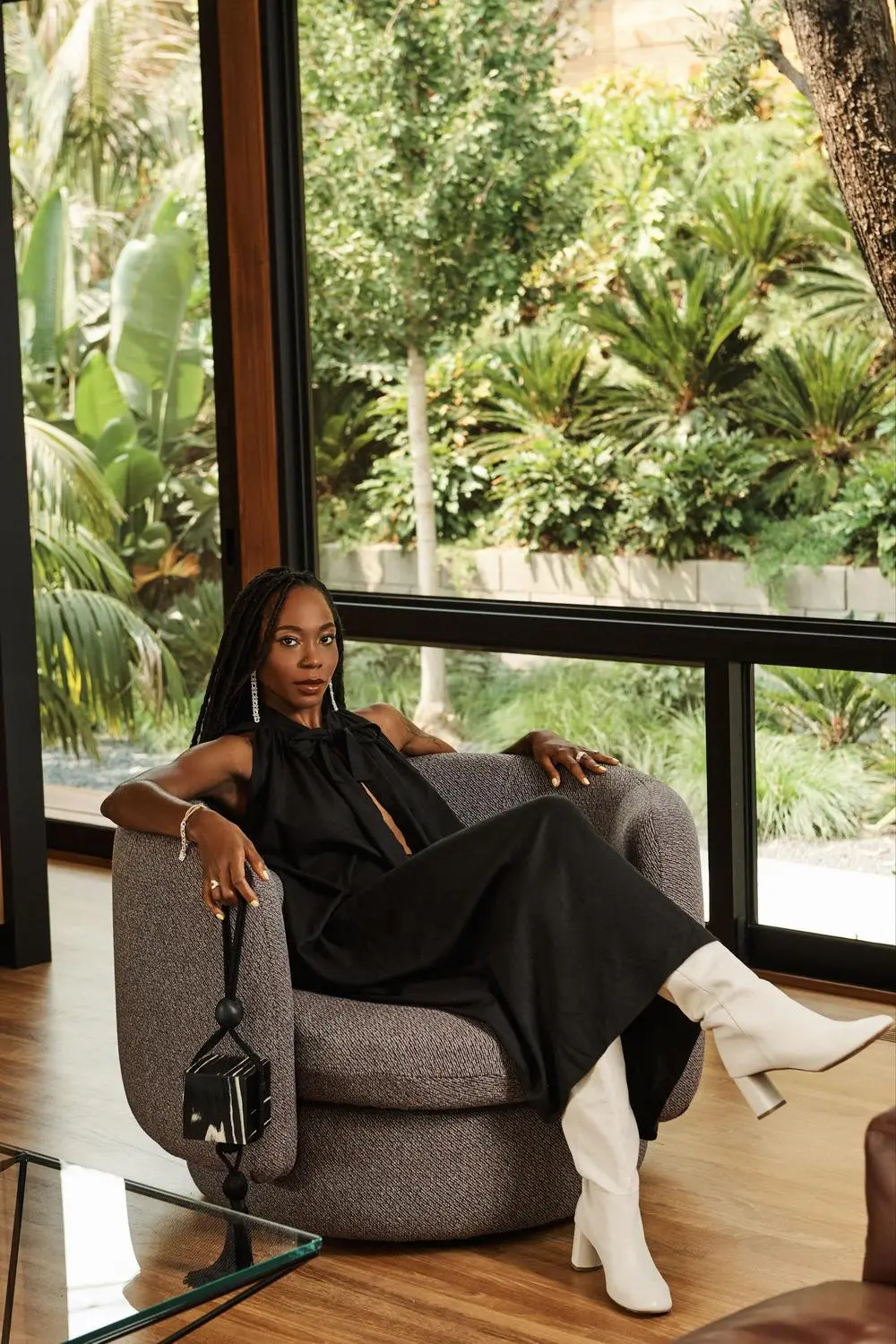
Like what?
When a property is under a new build or renovation, I have to follow certain building standards and codes. Every state is different and I didn’t know that.
When it comes to building a team now, I think it's easy for me to be myself and to be honest. Because if I am not honest, then I won't get what I need from them. That's how I've been navigating working on this project: building a team around me who allows me to ask as many questions as I need. But you know, I don't think any job is too hard. I think it's hard when I'm not honest about it.
What were some of the things the client said they wanted?
One of the things that they mentioned to me was that after the pandemic, everybody was sort of stressed about going back to work. So their key point for the common areas was just wanting to make sure that it felt a bit like home. Then for the music studio spaces, they wanted to really focus on comfort, but also unique and bespoke pieces that create some sort of language around individuality to help inspire artists to keep making music.
I know that the job isn’t complete yet, but when someone eventually walks into the studio, what will they see and what do you hope they feel?
I want them to walk through a timeline of what music and art means to them. I want them to feel a bit distracted, to be honest, by what they see on the walls, the books that they might see. I want them to walk into this contemporary space that celebrates Blackness and creativity.
What was it like to work remotely with the team you built in L.A. and NYC?
Before I went to London, I did a walkthrough at the space to take measurements and to try to understand and get a feel for what they needed.
"I’m really blessed to feel more confident now in this industry and to navigate it on my own terms."
But the challenge for me was living in London while doing this remotely. My antidote was always wanting to be two steps ahead, given the time differences. I made sure that everything that we discussed was always documented and filed immediately in Dropbox. Floor plans, renderings, and invoices are filed in their specific folder because I’m not always around to respond back to my client. So if it was something that I couldn’t get to immediately, at least they knew how to refer to it in the folders—that’s what saved us from a lot of issues.
I think it also built trust. My clients knew I was traveling here, there, and everywhere, but I was still on time for our calls and I made sure that I always did the work. They were like, “When did you have time to do that? They told us you were on a flight!” (Laughs)
What are some of the tools you use to stay focused and organized?
My honest answer is that I’m still creating different structures around organization. One thing that has been really helpful for me is creating templates for folders in Dropbox. I’ll create subfolders under a project that will always remain the same. That helps me be more organized. If I’m not available to start on a project that I may have passed to my junior designer, then she at least knows that, Okay, we need that main folder.
As you think about growing your business, what is your top priority?
Mentorship, right now, is quite important. Brigette Romanek is one of the women who inspires me. She is a self-taught Black designer who’s based in L.A. She’s a showstopper. She’s been featured in Architectural Digest’s AD100 five times in a row, and has done projects for Jay-Z and Beyonce, Gwyneth Paltrow, and Misty Copeland to name a few.
I had the opportunity to meet her at a book signing in New York. I’m very, very transparent with people I meet because I’m like, this might the first and last time I meet them. I asked her if she could be my mentor, and I’m actually getting on a call with her next week.
I’m really blessed to feel more confident now in this industry and to navigate it on my own terms. I’m about to shake the world up. I look forward to having that conversation with Oprah and laughing with her and saying, “Oprah, girl, for the first two years of my business, it was crazy. But look at where I am now.”
This interview was edited for concision and clarity.

.png/_jcr_content/renditions/hero_square%20(2).webp)

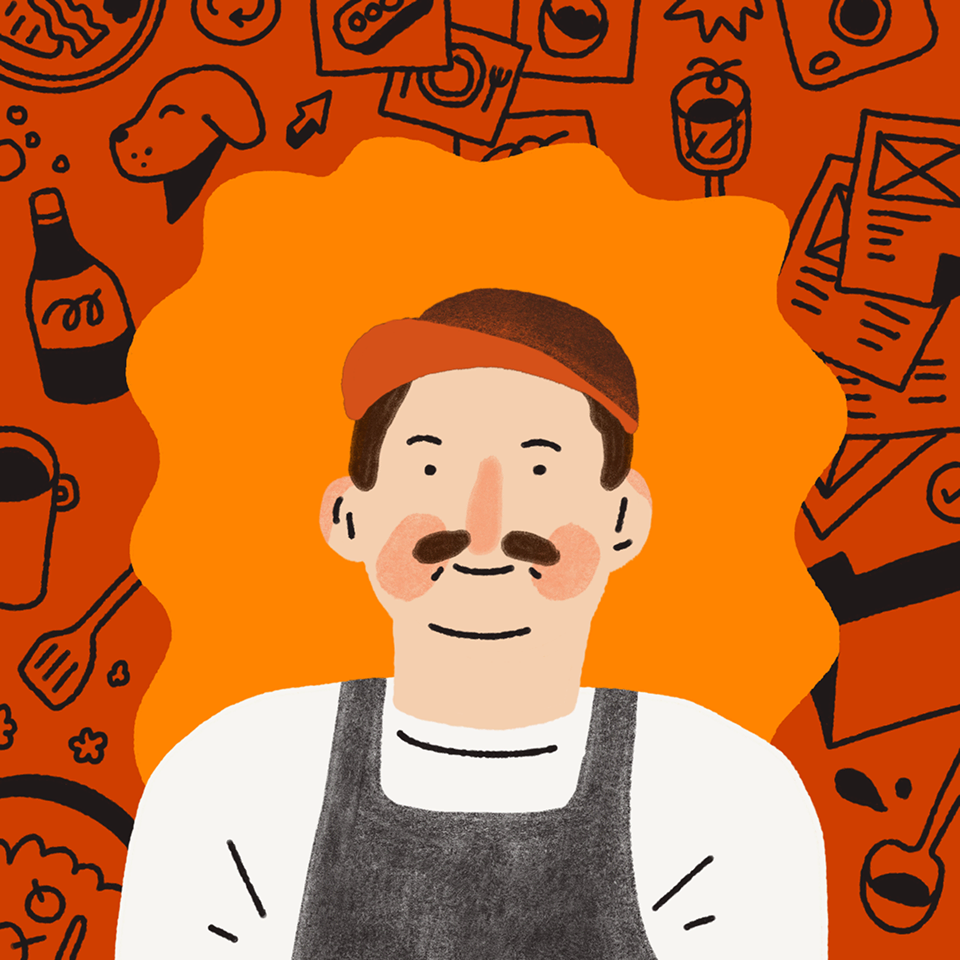





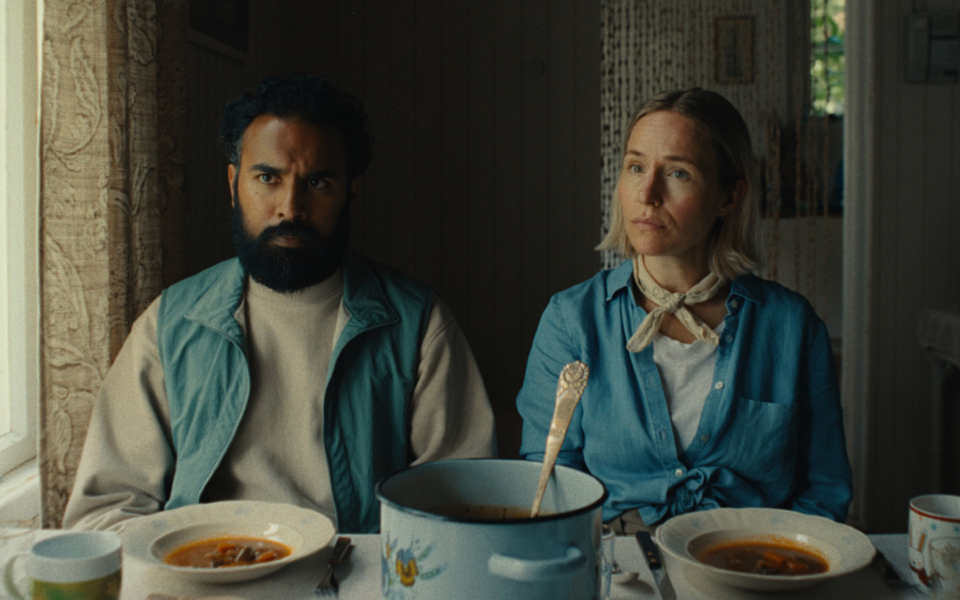
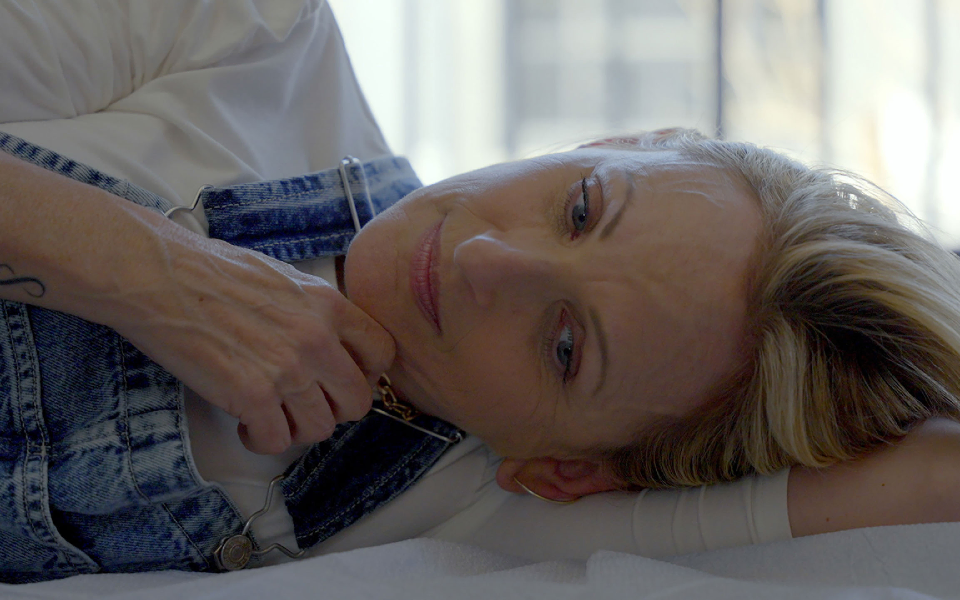





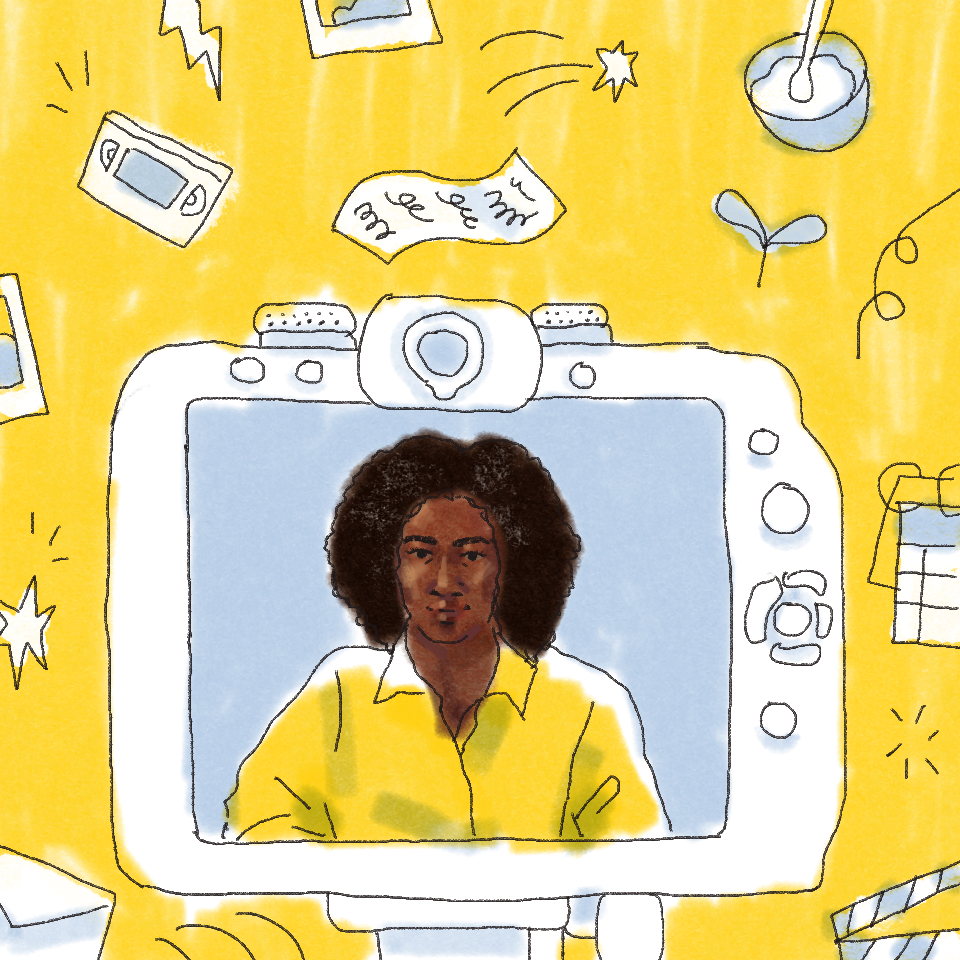
.jpg/_jcr_content/renditions/1200x628%20(5).webp)

